John and Mary Kormendy: Birding Trip to High Island, Texas (April 21 - May 2, 2021)
This is the start of a web site on our High Island birding trip of 2021. Because of covid restrictions, this is our first major trip in more than one year. Pictures are shown roughly in taxonomic order. Most forest birds are from Boy Scout Woods, Smith Oaks, and Hooks Woods at High Island. Shorebirds from the Bolivar Penninsula and waders from Smith Oaks rookery and from Anahuac National Wildlife Refuge will be added.
Birders FYI: We stay at and recommend the Gulfway Motel and Restaurant in High Island. It is a few minutes away from the forest bird sites and its restaurant is open for breakfast and dinner. The nearest (perhaps) better restaurant is 1/2 hour away in either direction on Highway 124. It is very convenient to have comprehensive infrastructure so close to birding sites.
As more pictures are added, the following chronology will be updated. When the site is finished, the chronology will disappear.
First posting: 2021 May 6, emphasizing passerines.
Second posting: 2021 May 15, adding shorebirds and waders.
I may still add a few more pictures, especially of female warblers.
The pictures are copyrighted and should not be used without permission.
John's Trip Birds
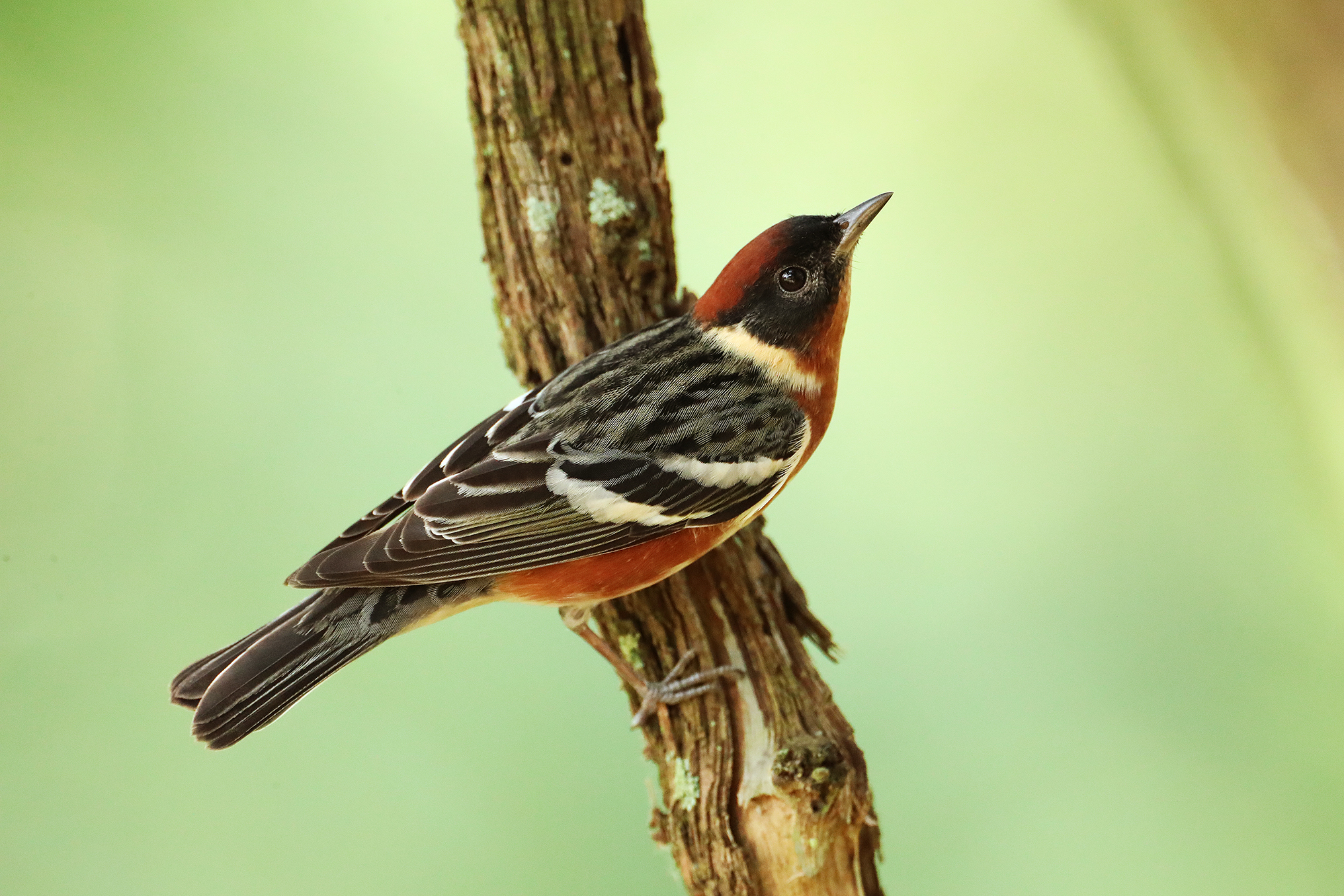
Happily, this trip was dominated by warblers. Most consistently gorgeous and co-operatively close was Bay-breasted warbler. John picks it as his first "trip bird" and Mary picks it as her second trip bird.
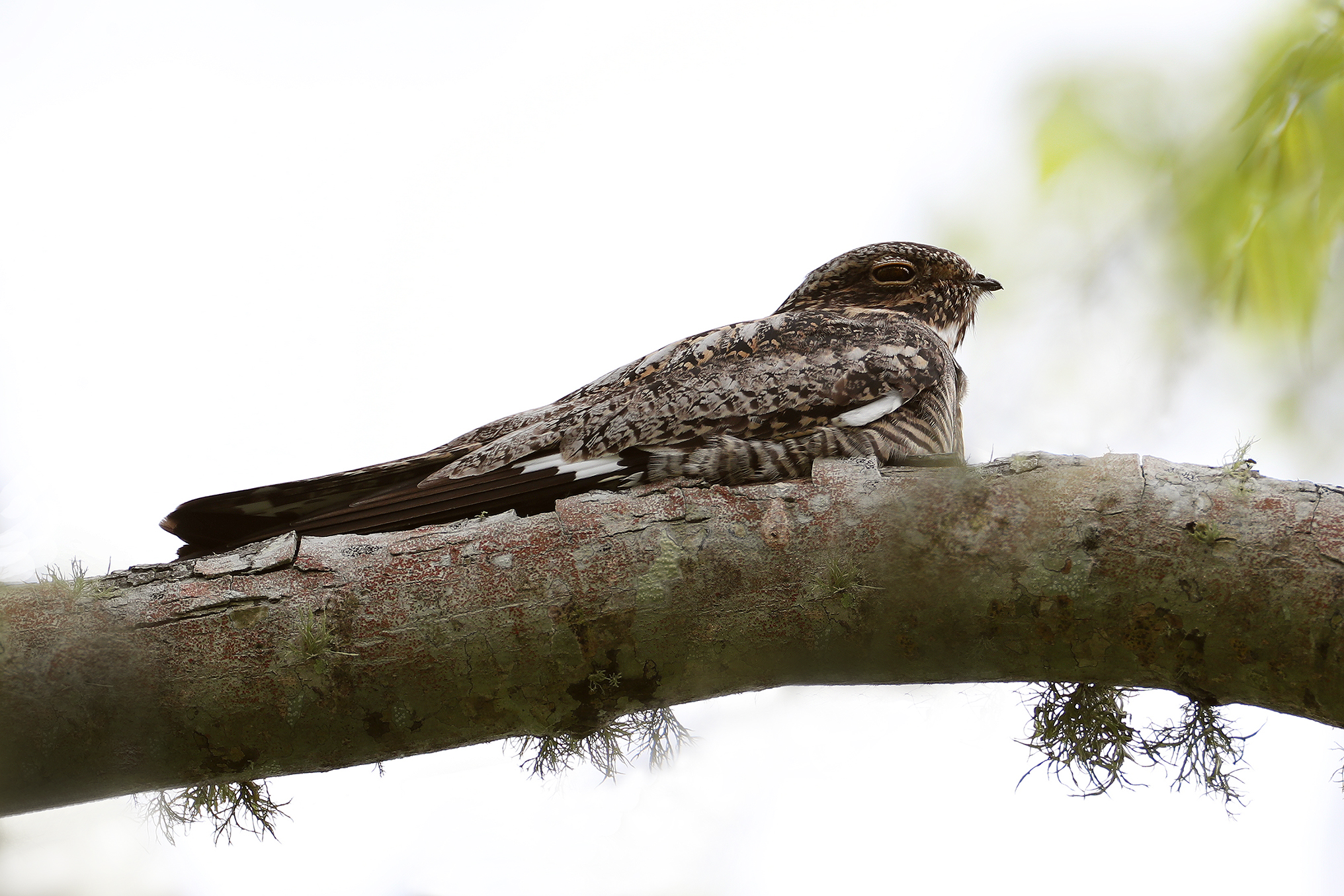
Common nighthawk was so well seen despite being hard to find that John picks it as his second trip bird.
Mary's Trip Birds
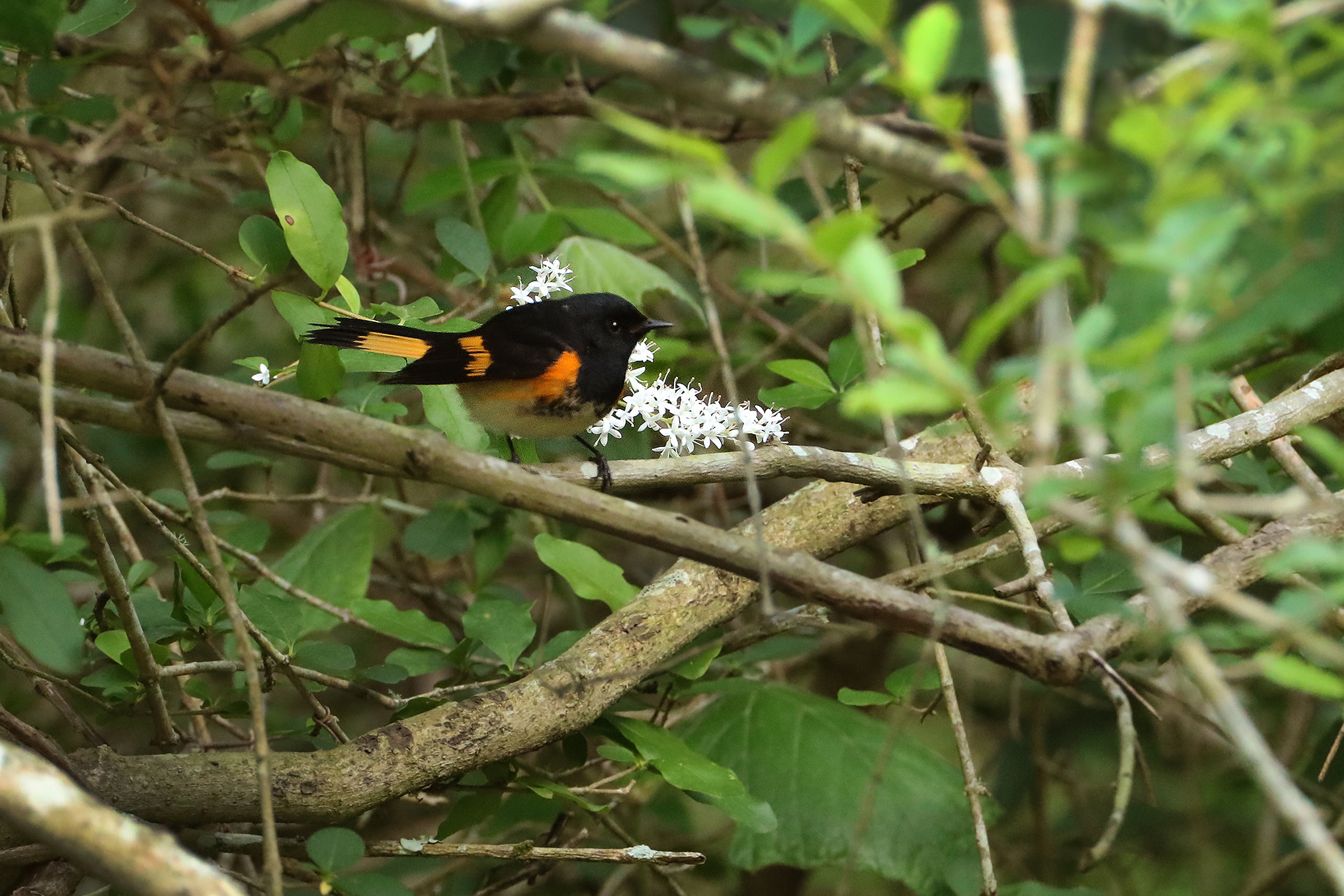
Mary was most charmed by American redstart and picks this male as her first trip bird. Her second trip bird was bay-breasted warbler, above.
The Birds
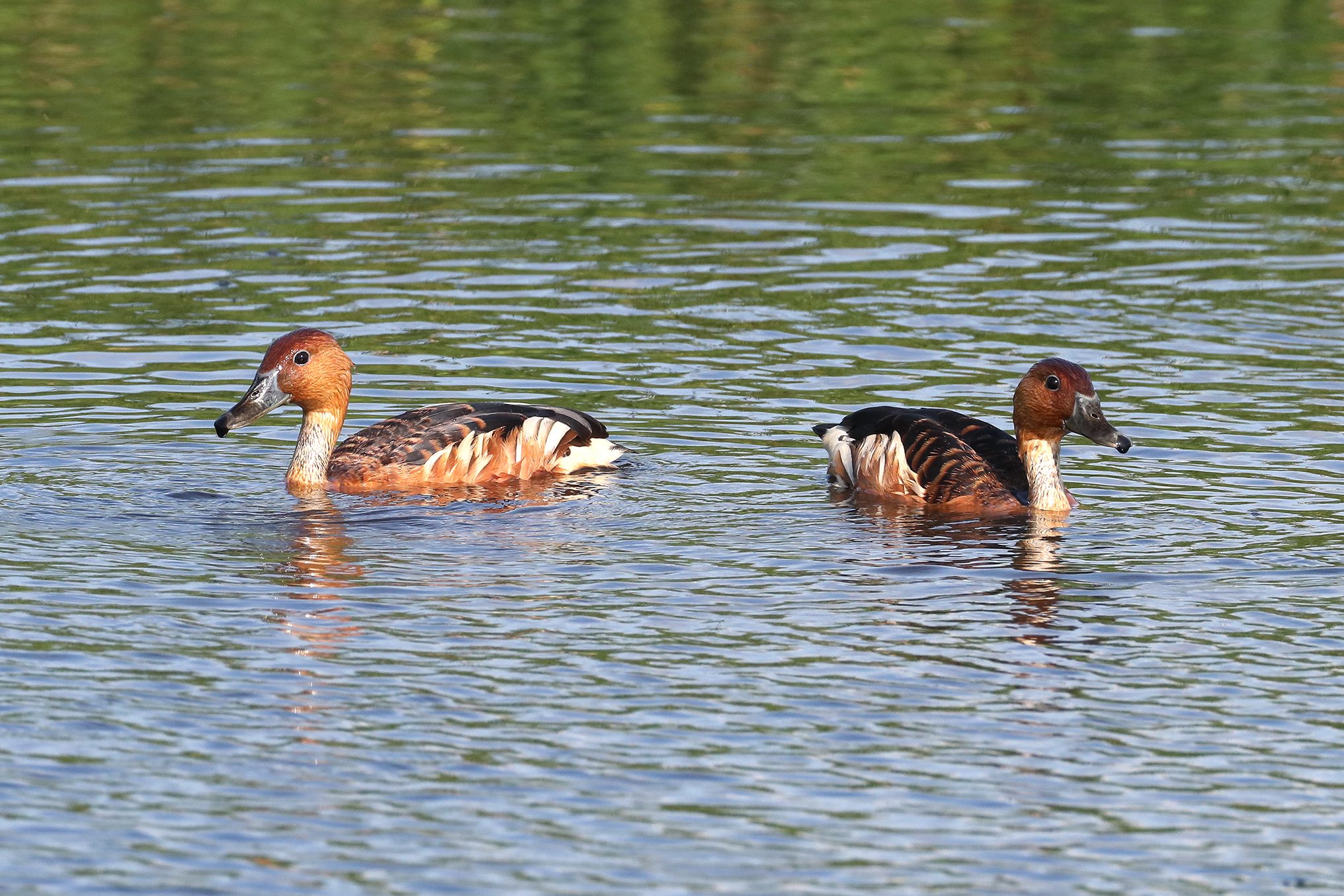
Fulvous whistling duck (Anahuac NWR)
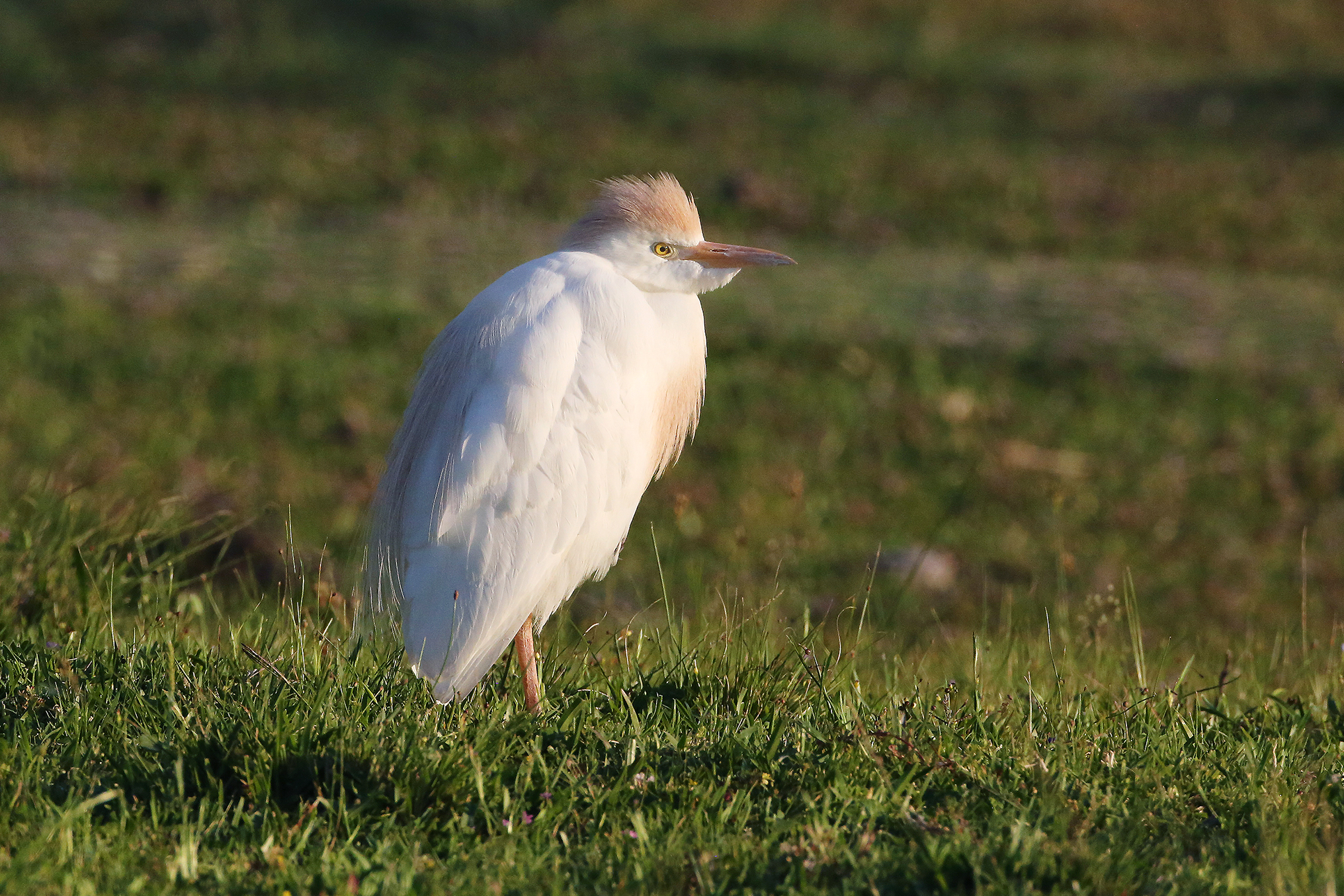
Cattle egret in breeding plumage.
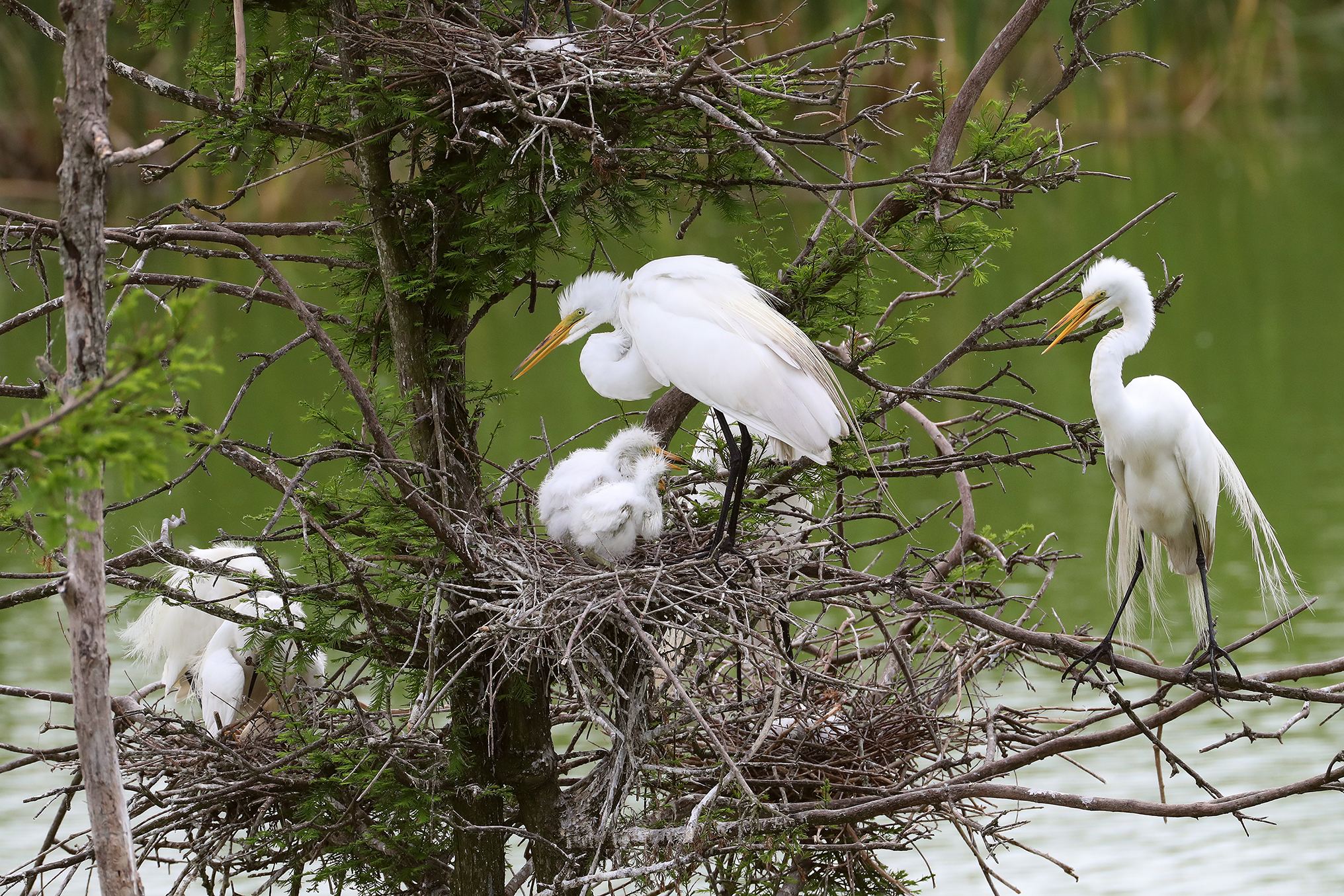
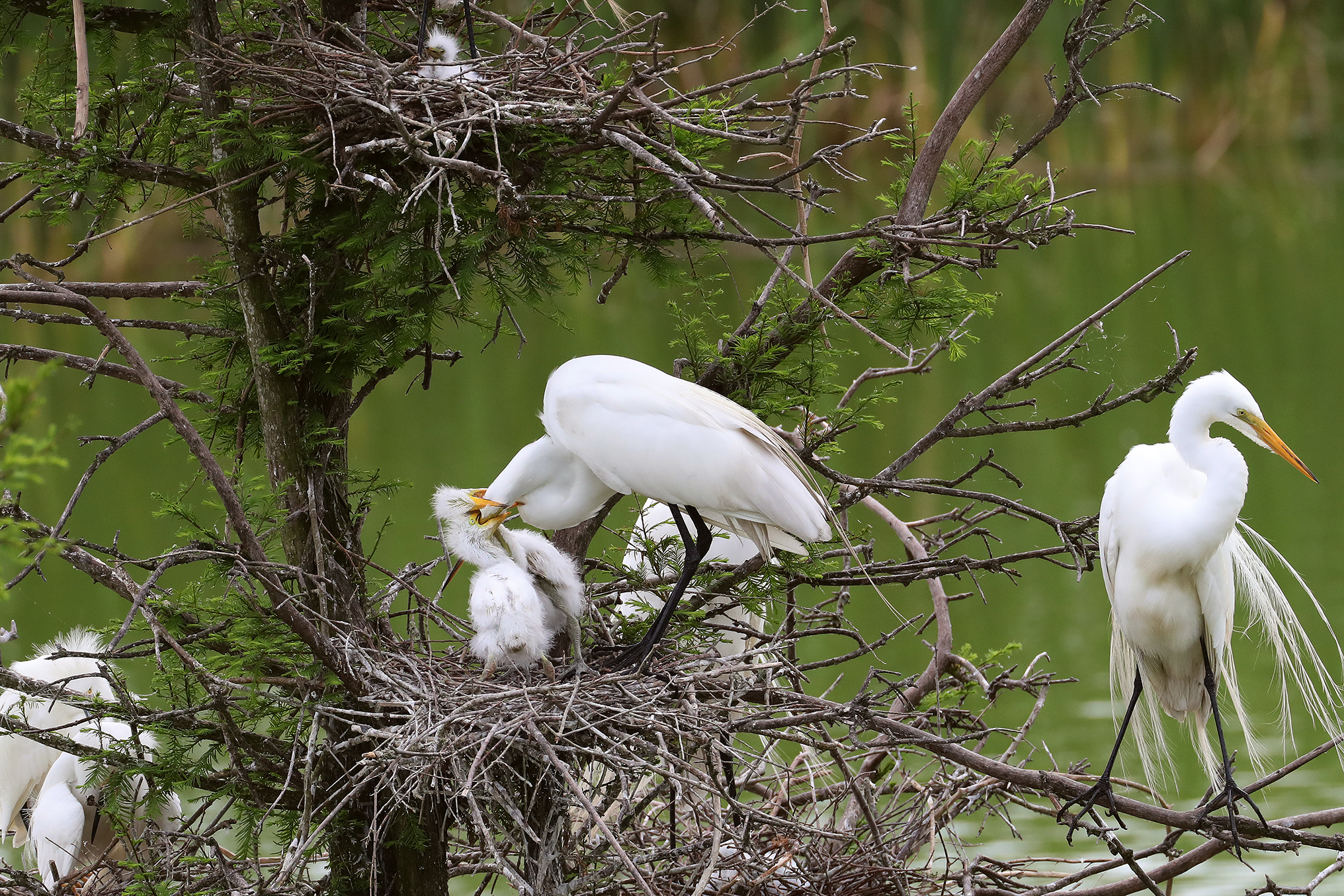
Great egrets nesting at the rookery at Smith Oaks, High Island
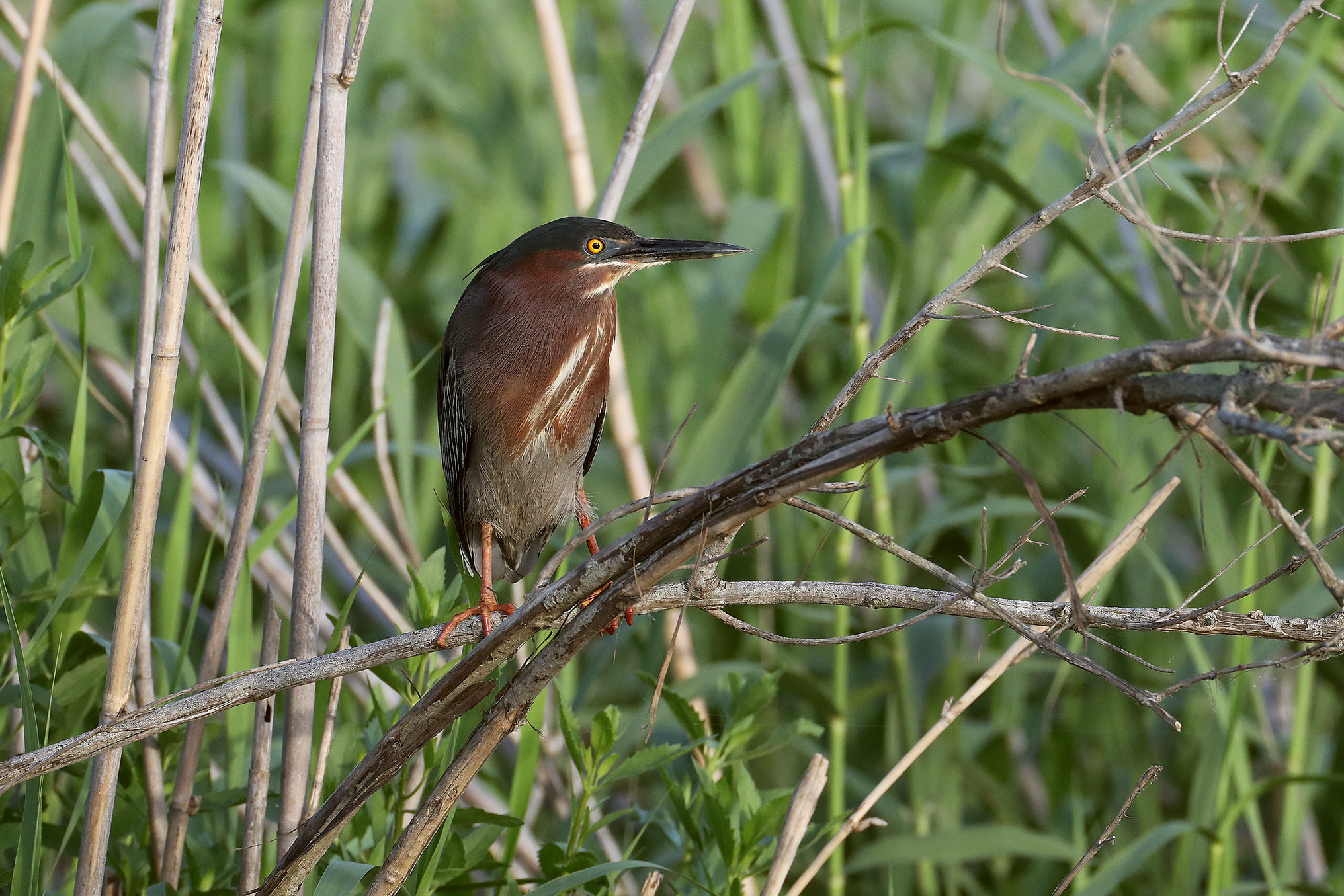
Green heron (Anahuac NWR)

Black-crowned night-heron (Anahuac NWR)
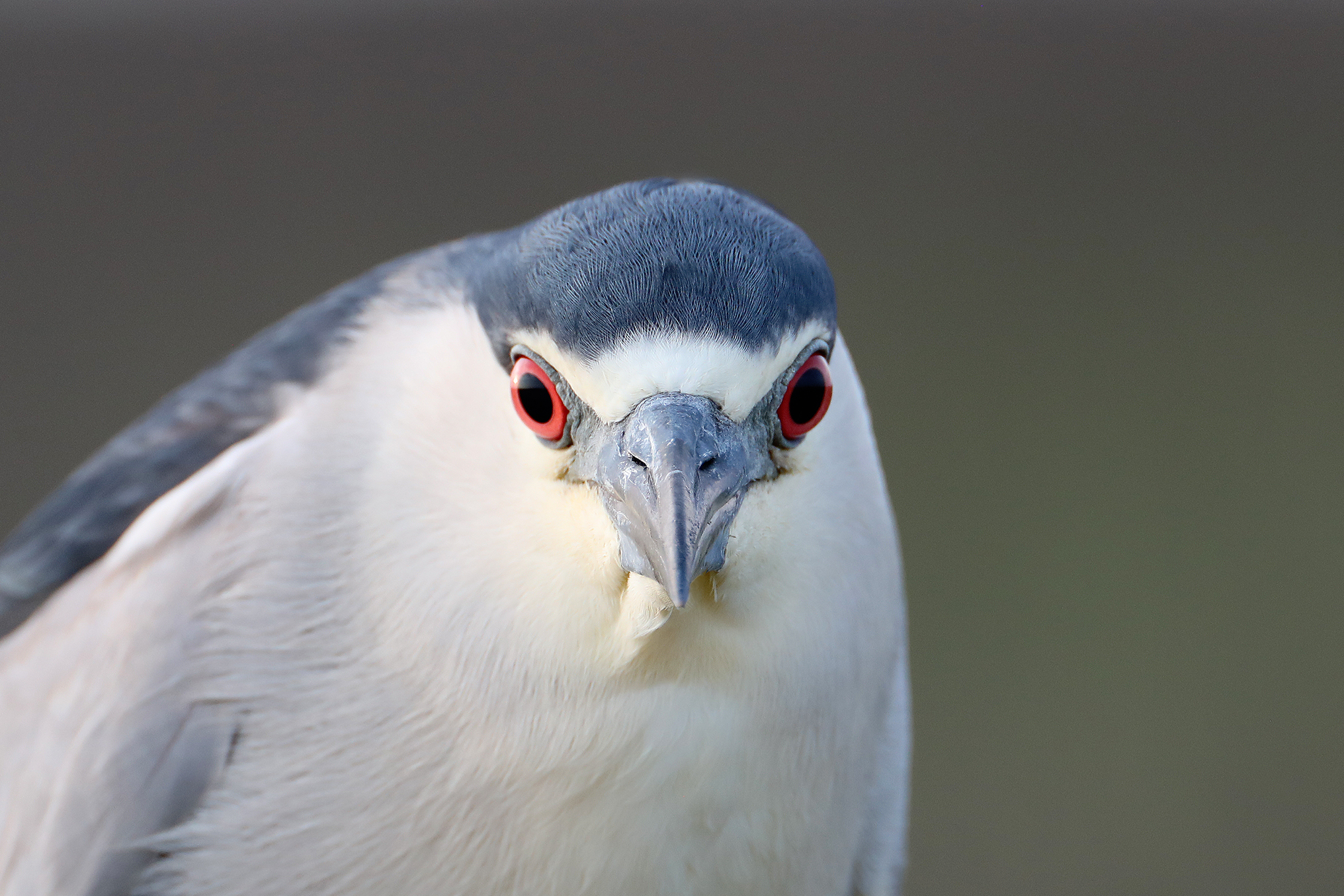
Black-crowned night-heron (This is the last thing that a fish sees.)
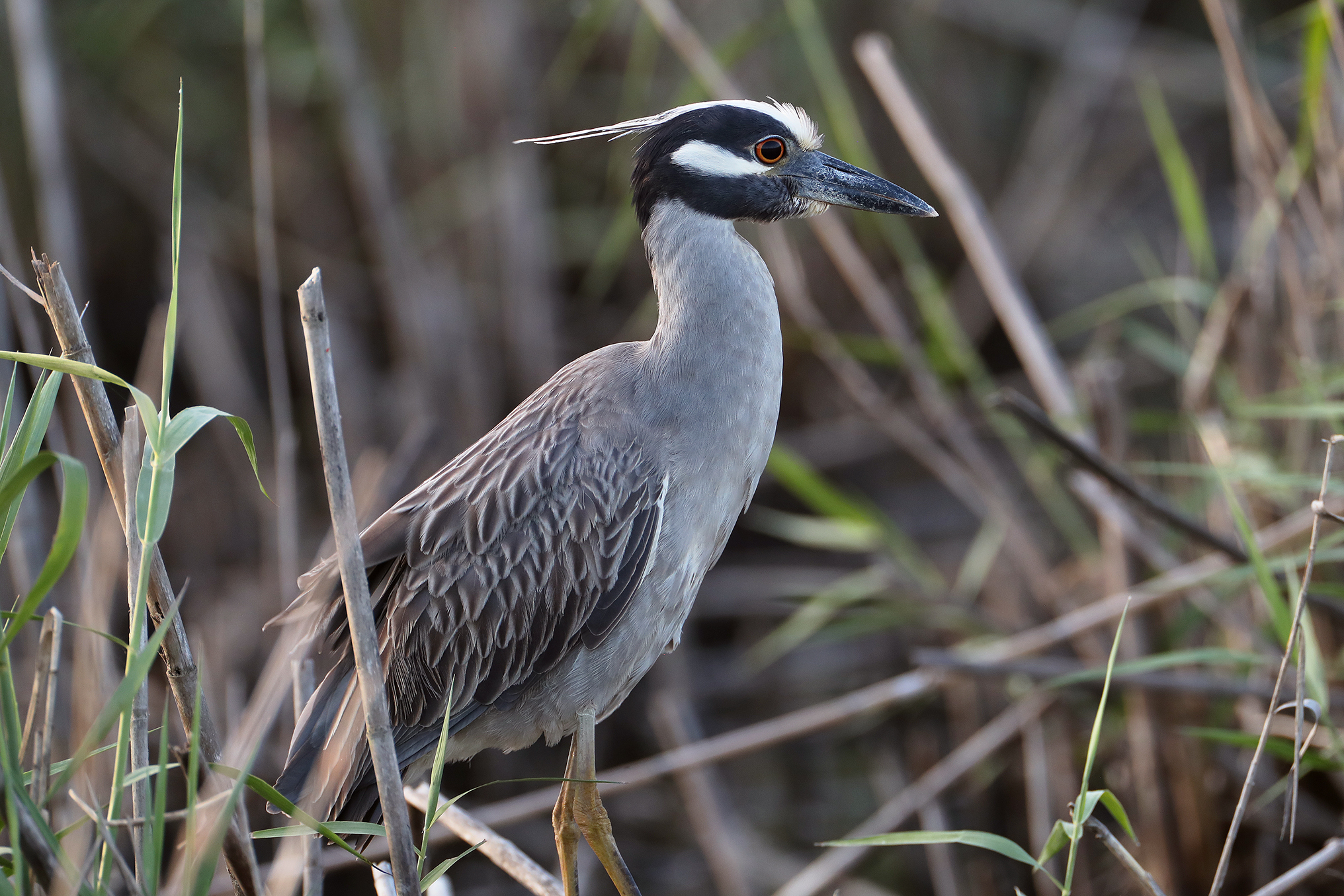
Yellow-crowned night-heron (Anahuac NWR)
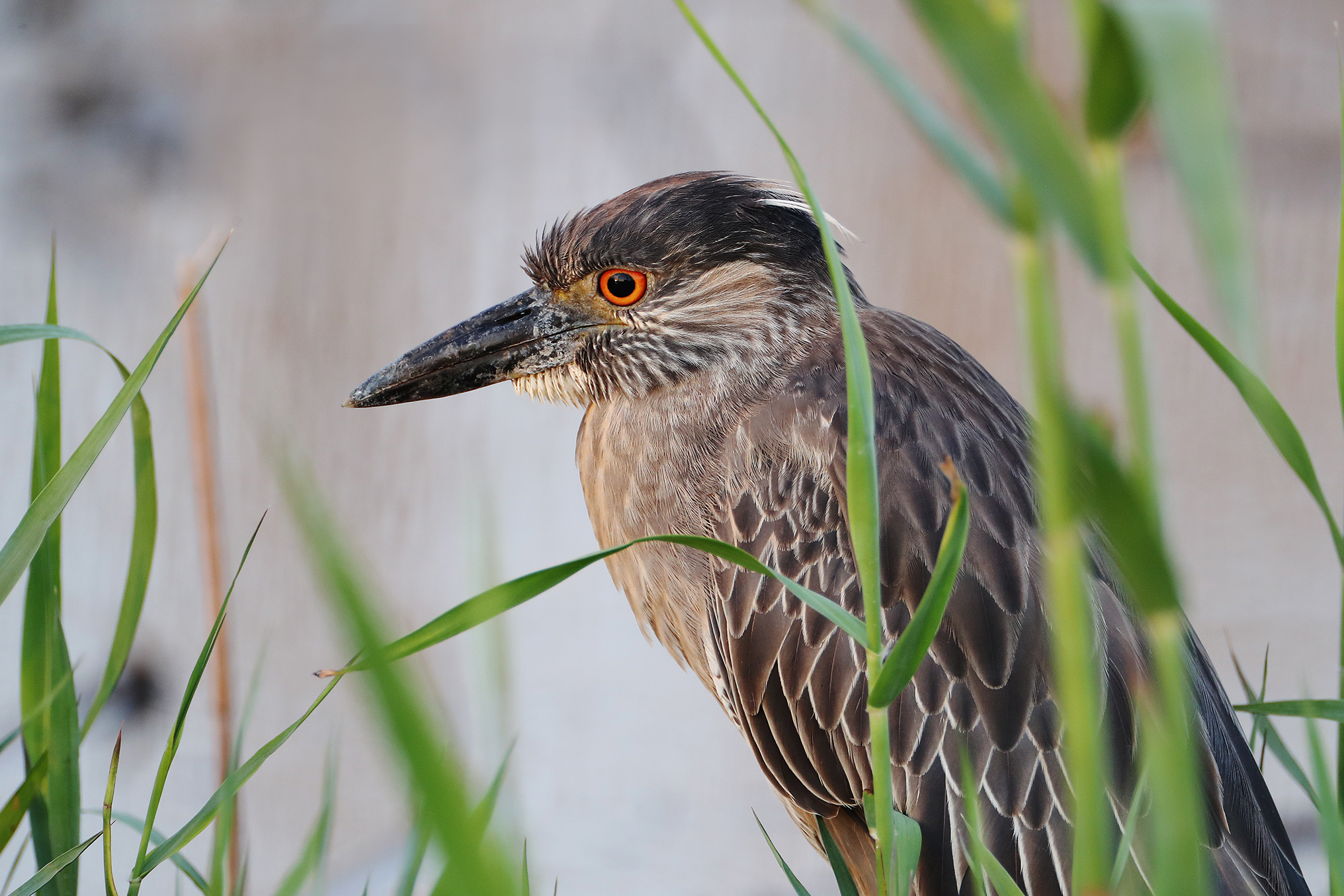
Yellow-crowned night-heron (Juvenile)
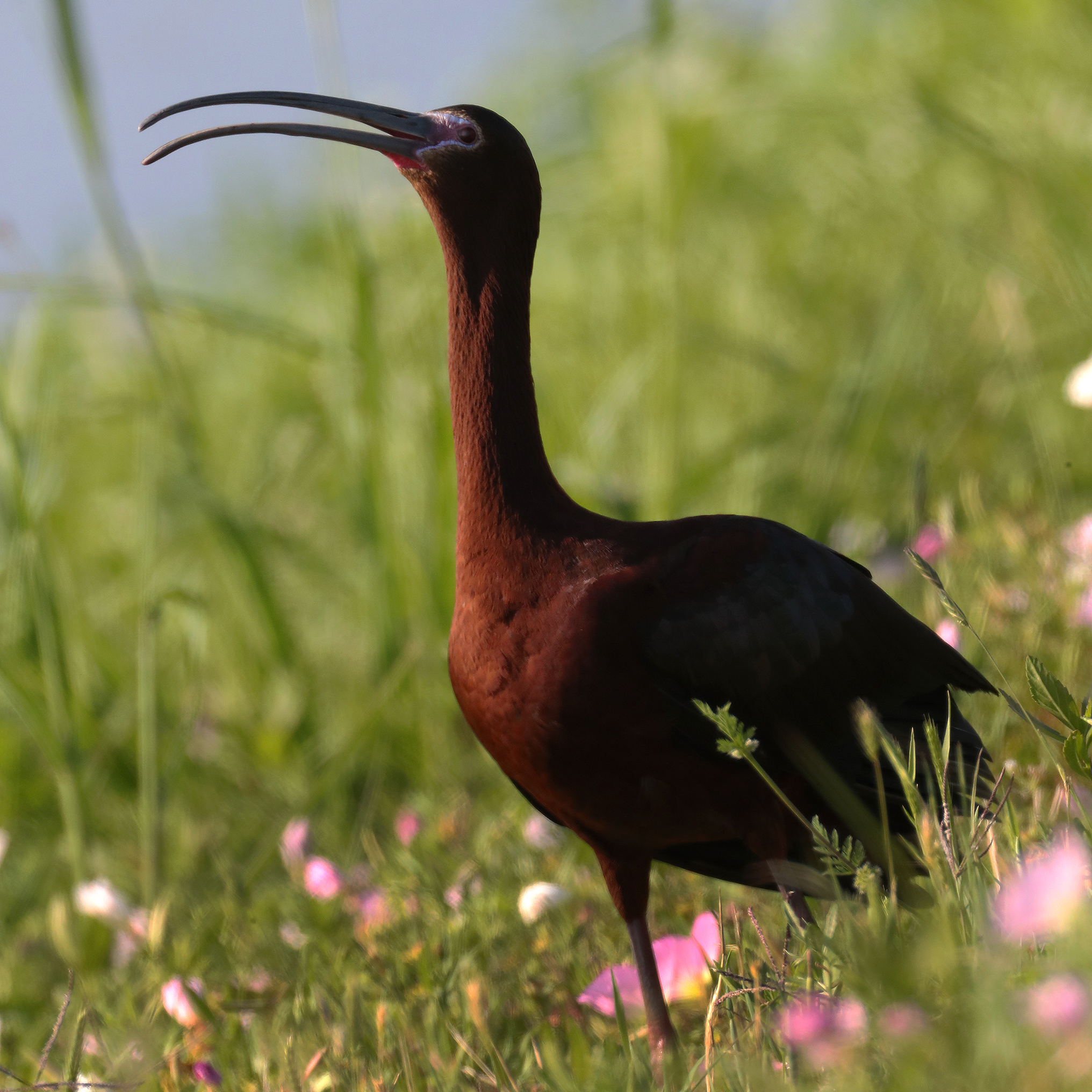
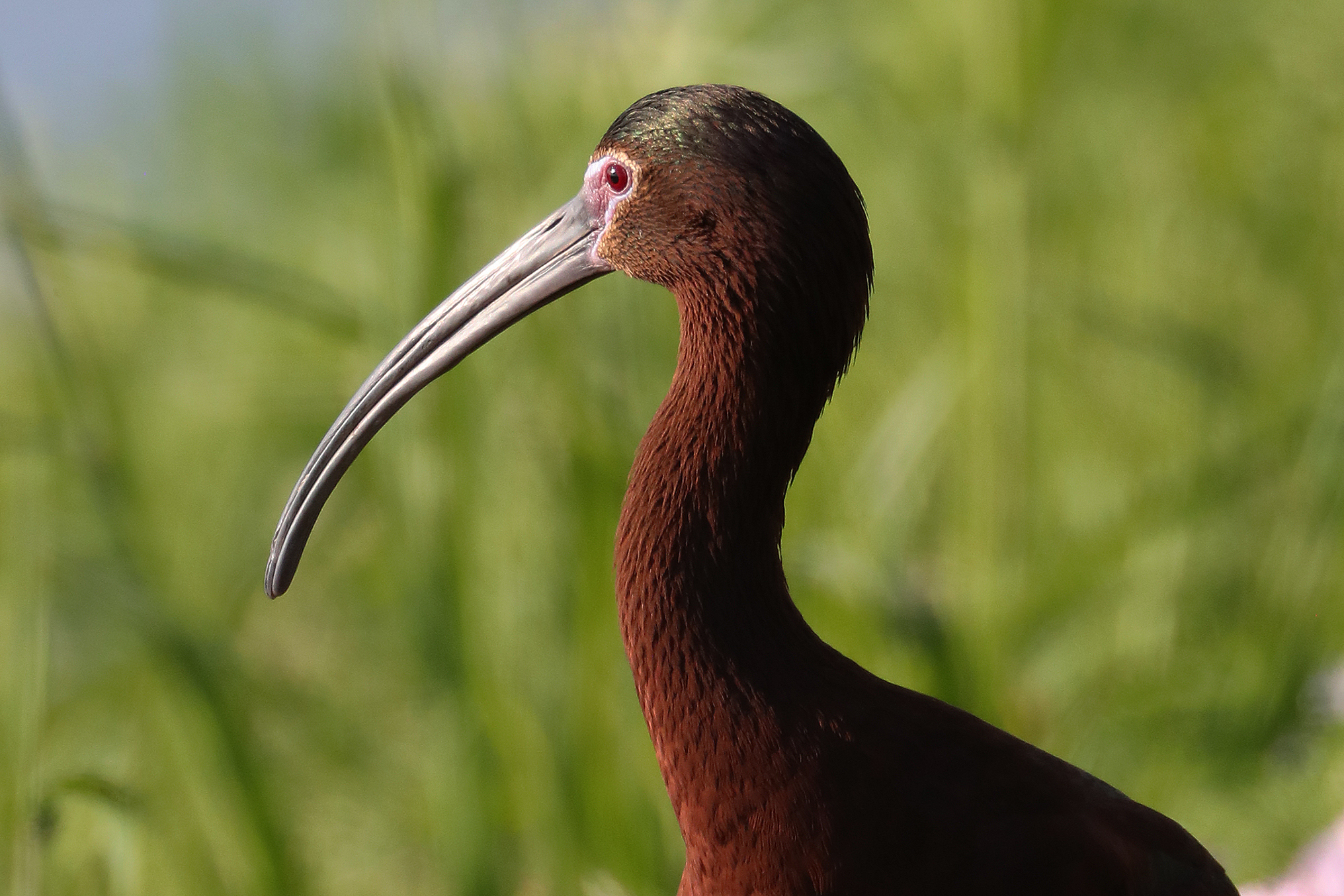
White-faced ibis (Anahuac NWR)
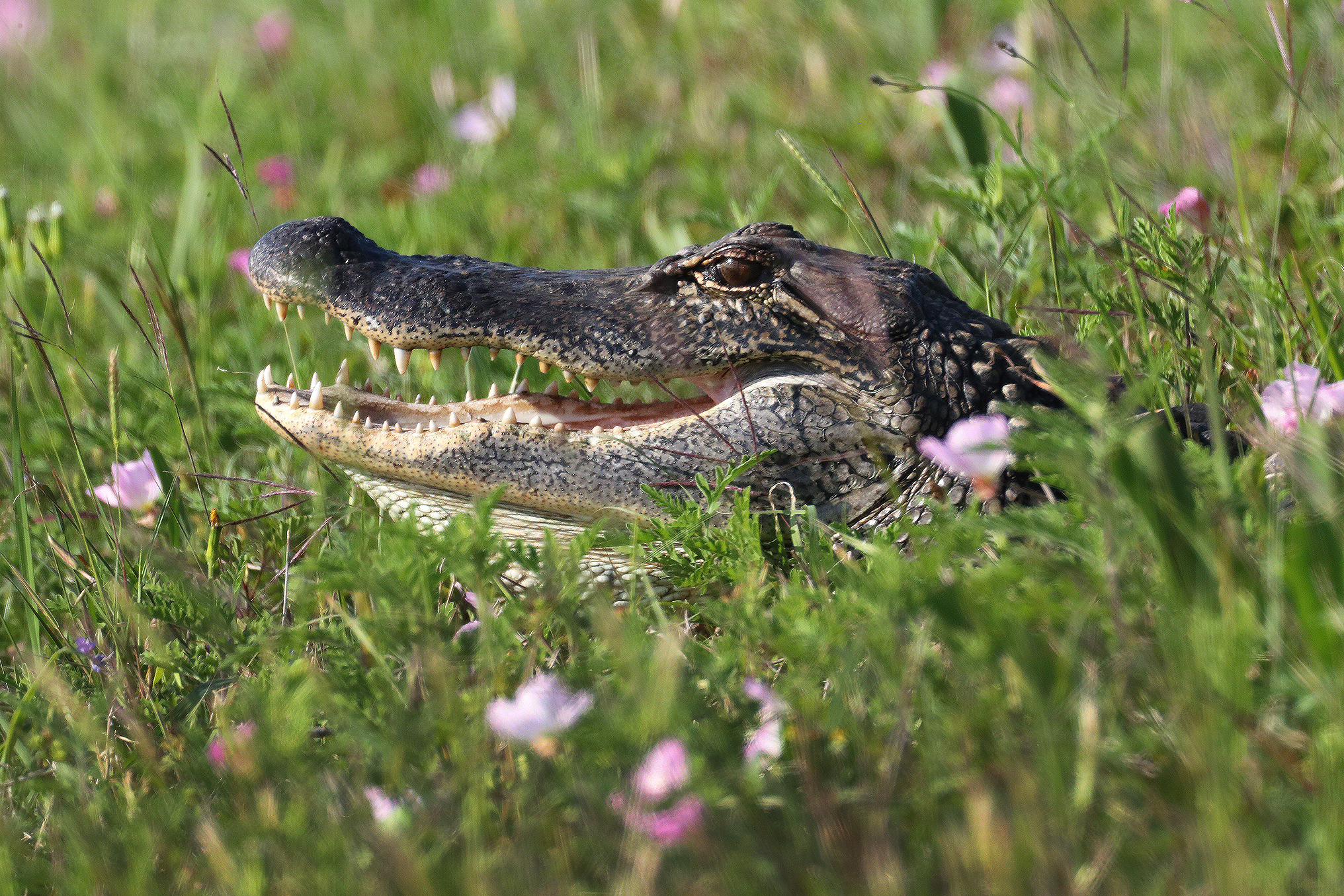
Smile and flowers at Anahuac NWR
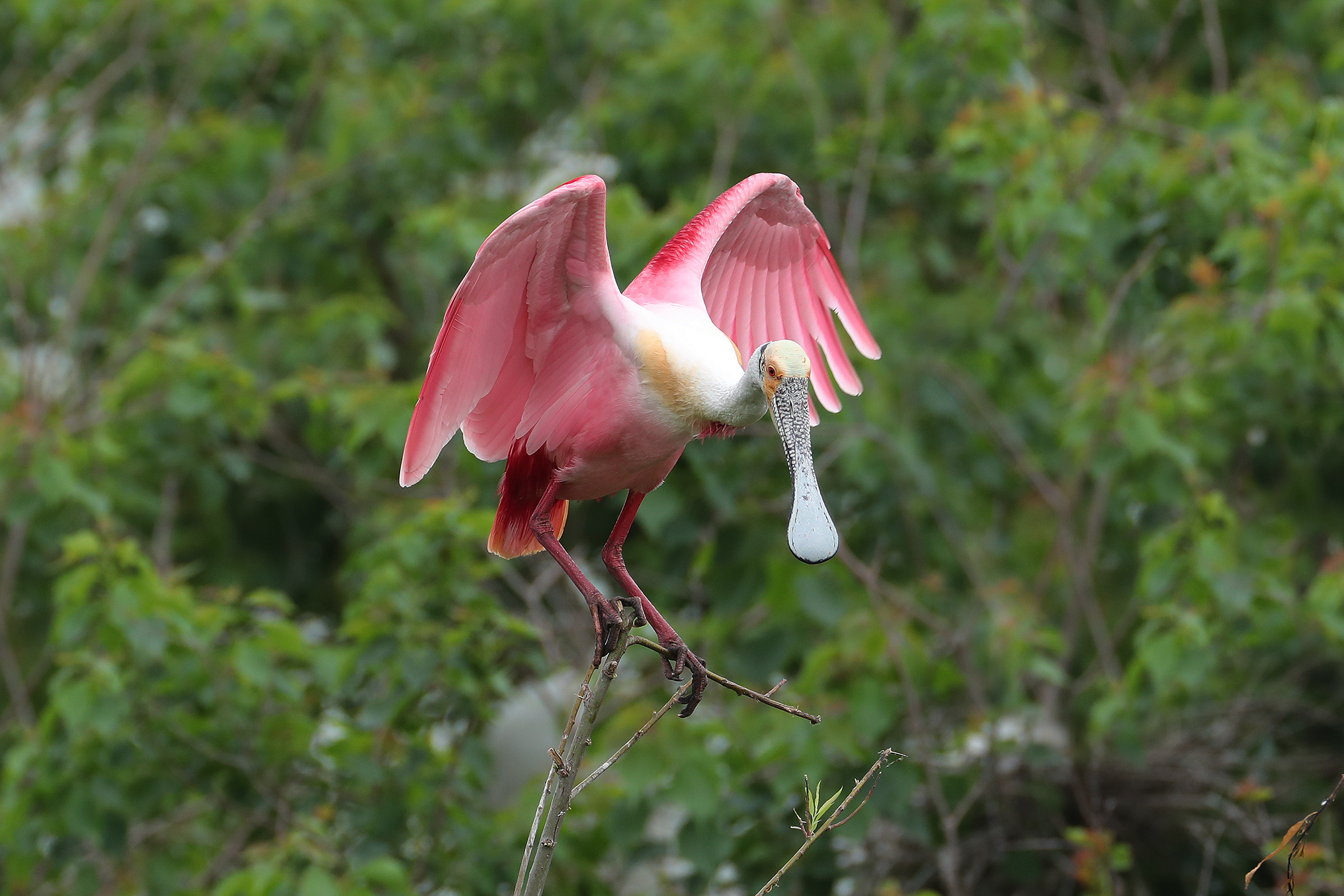
Roseate spoonbill (Rookery at Smith Oaks)
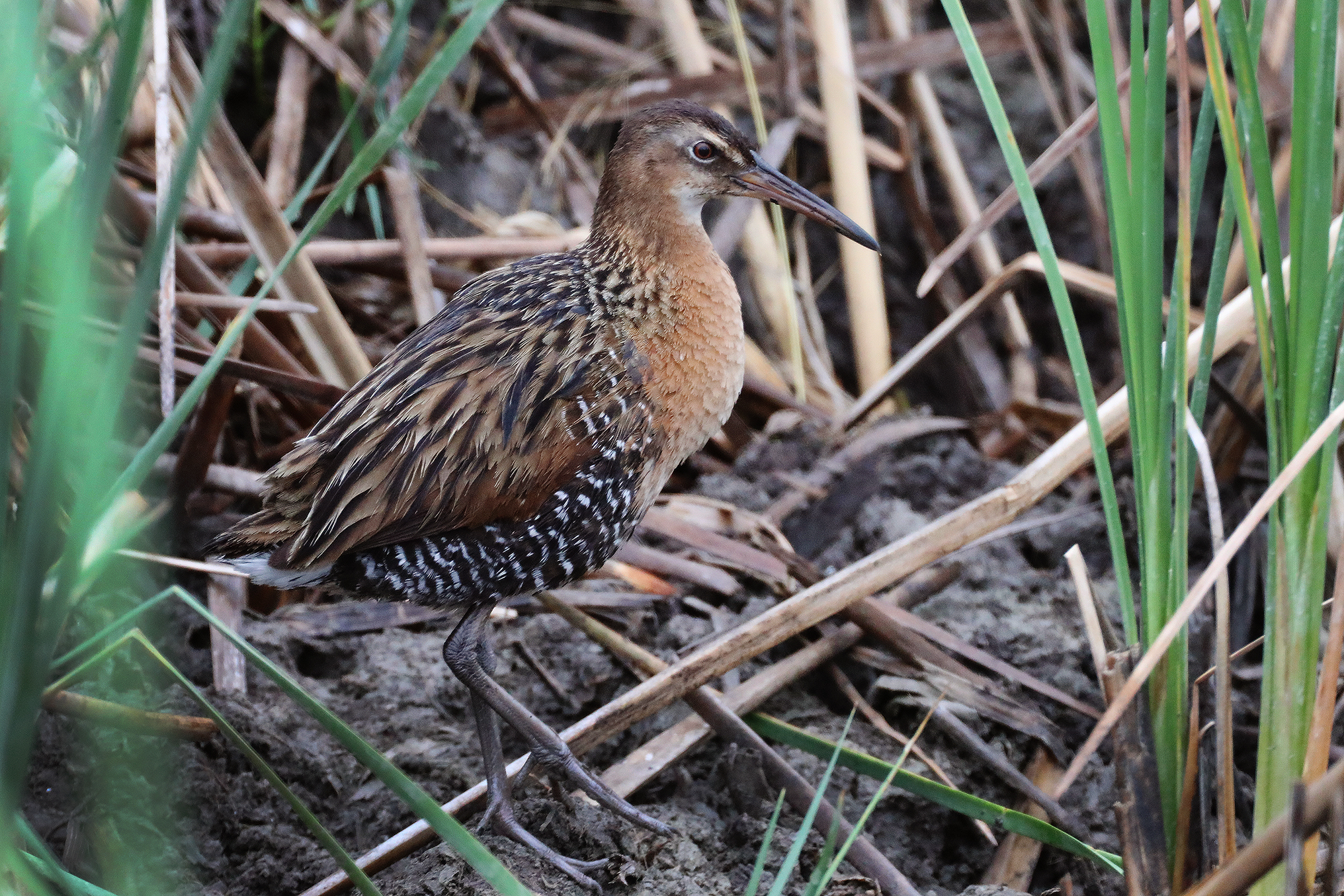
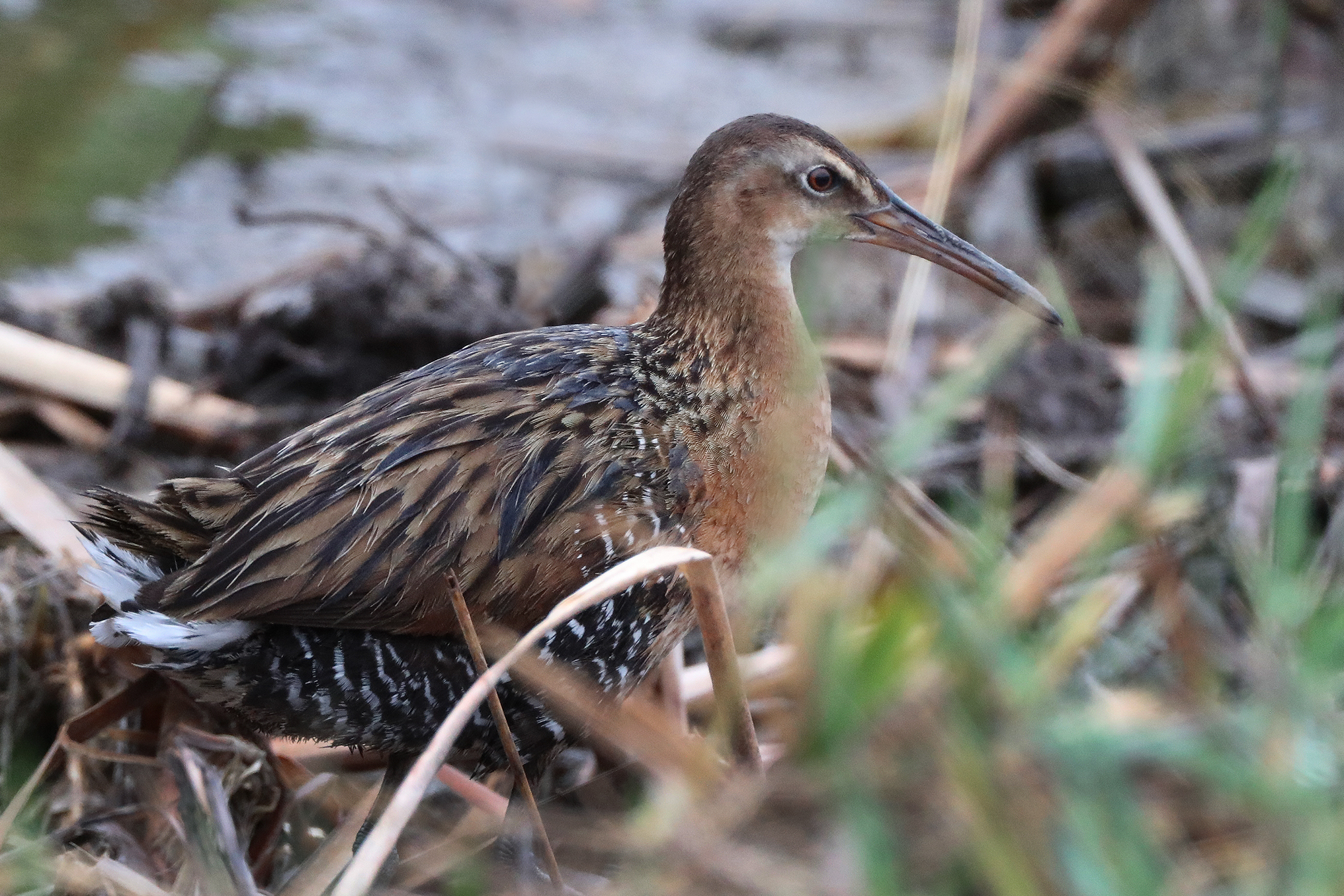
King rail (Anahuac National Wildlife Refuge)

Purple swamphen from an unusual perspective (Smith Oaks)
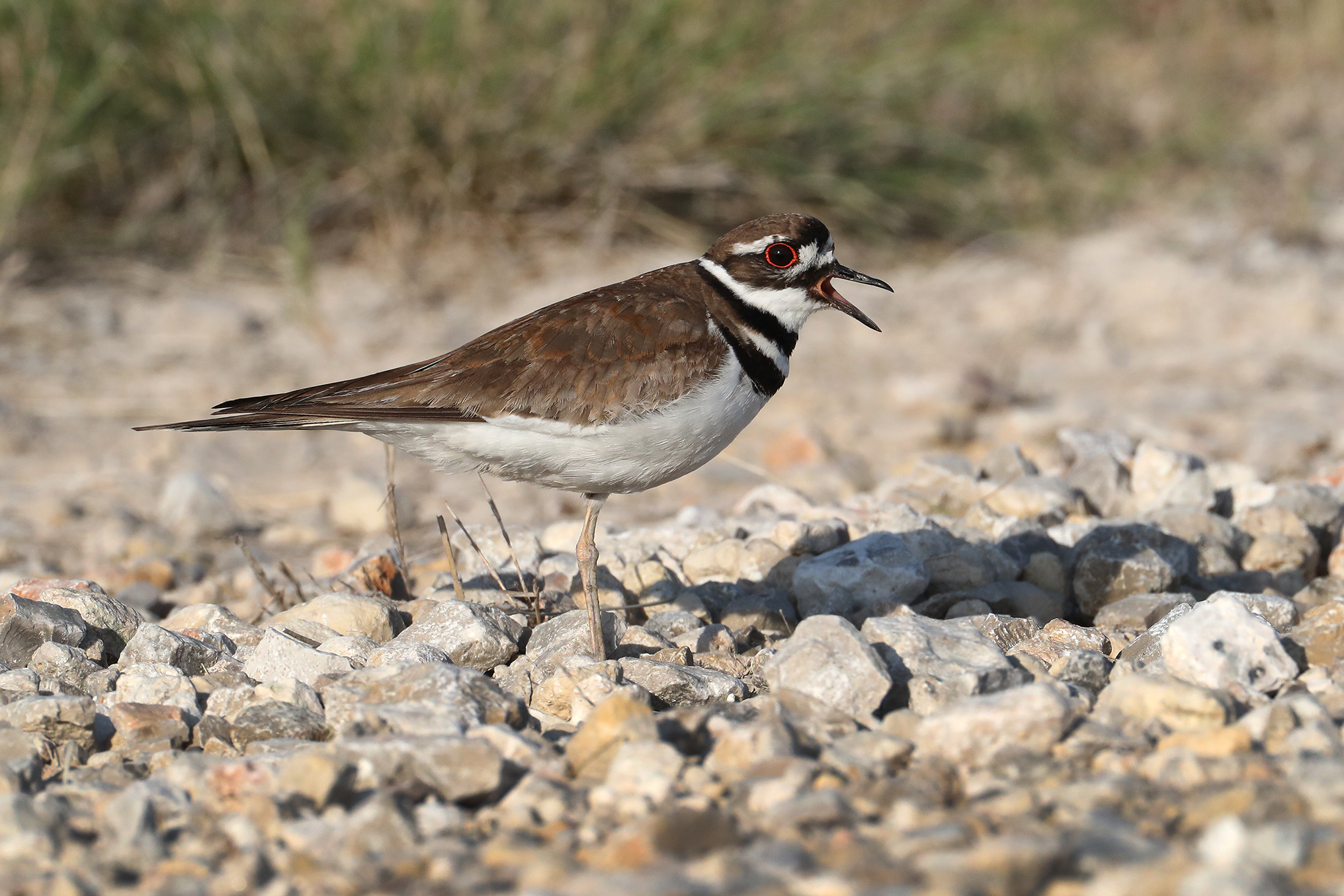
Killdeer (Shorebirds were seen at Anahuac NWR.)

Black-necked stilt
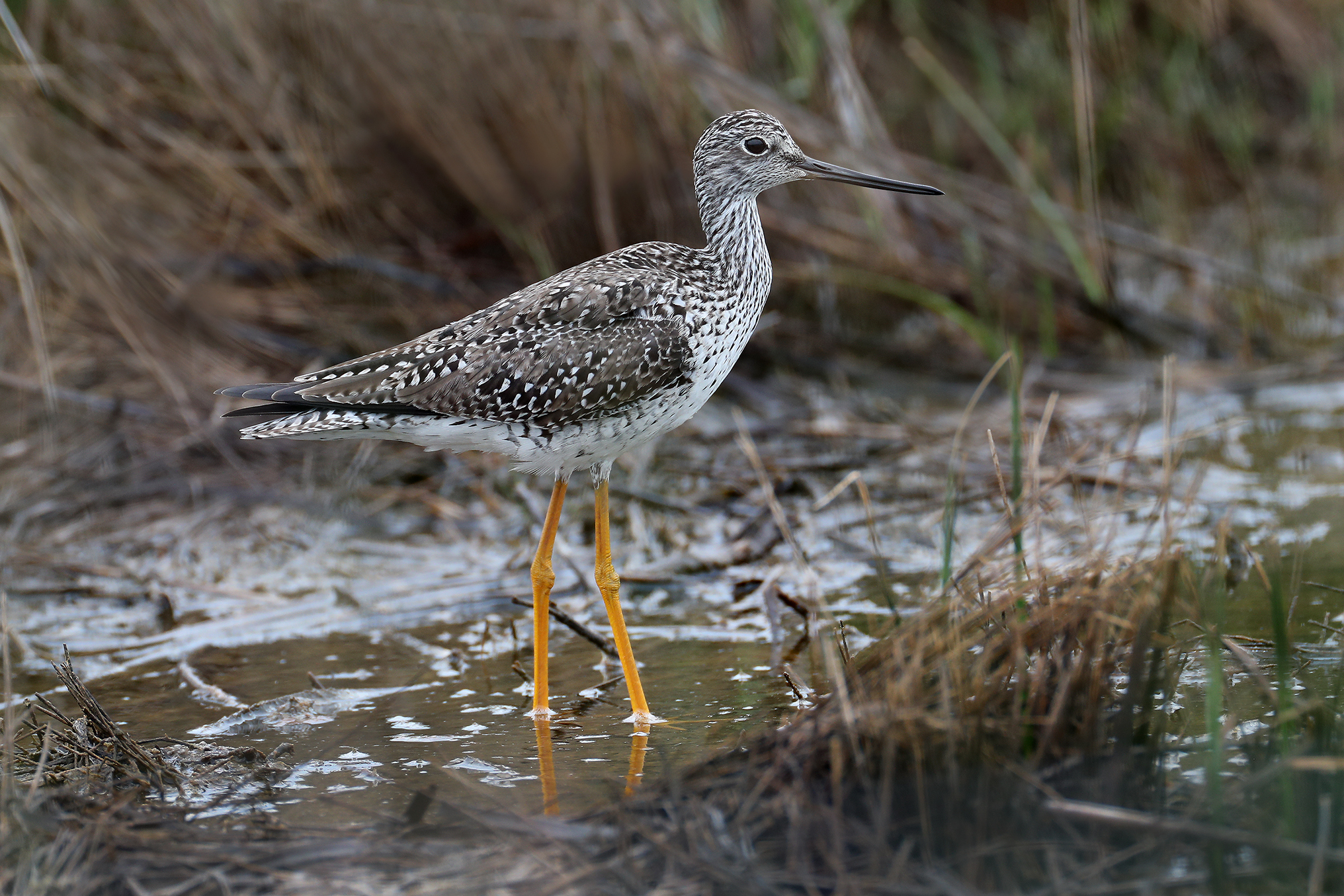
Greater yellowlegs
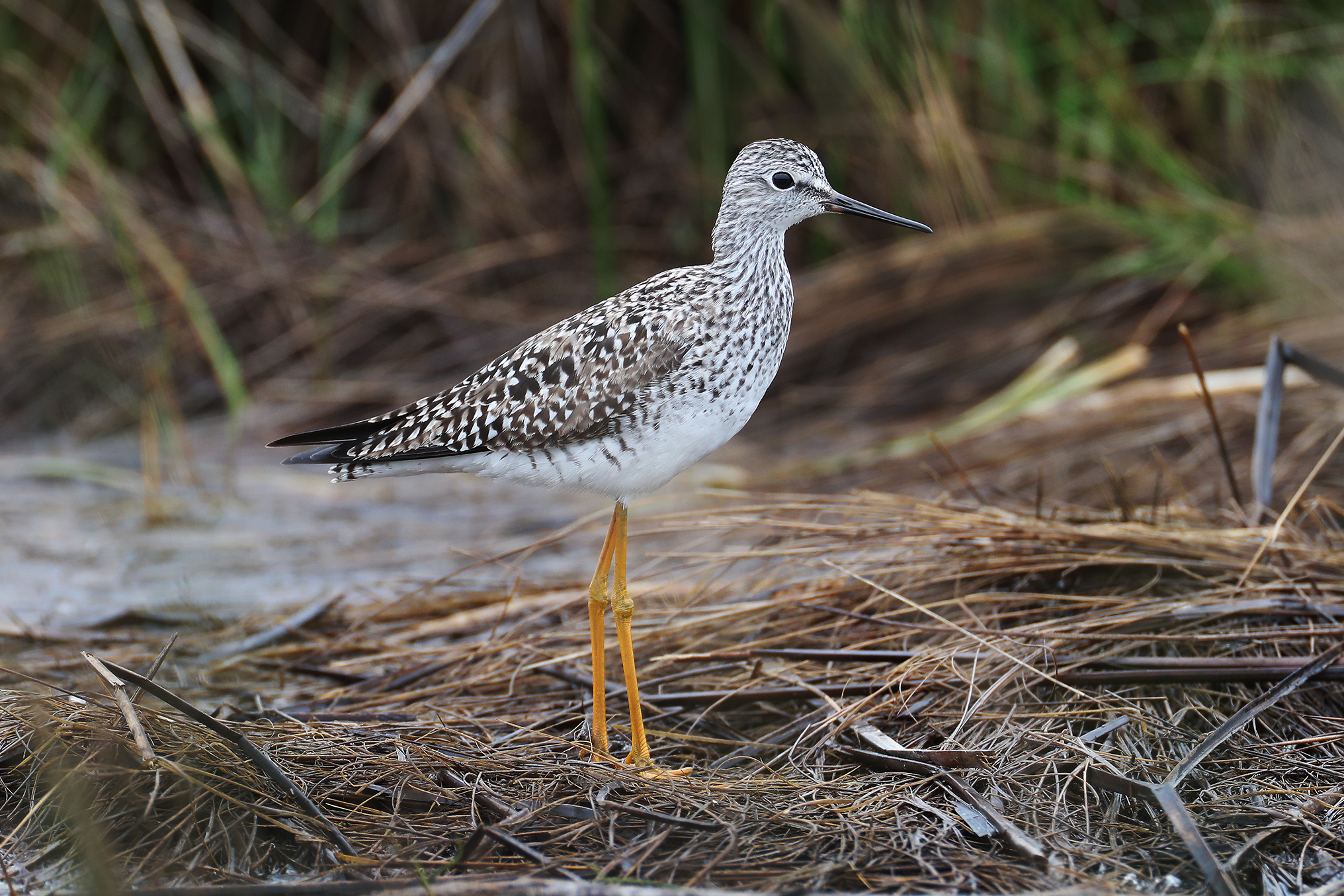
Lesser yellowlegs
These particular Greater and Lesser yellowlegs are comfortably different. People (we, too) struggle with IDs, because the smallest Greater and biggest Lesser yellowlegs are hard to tell apart. For these people, I include a joke slide from my after-dinner public talk on birding:
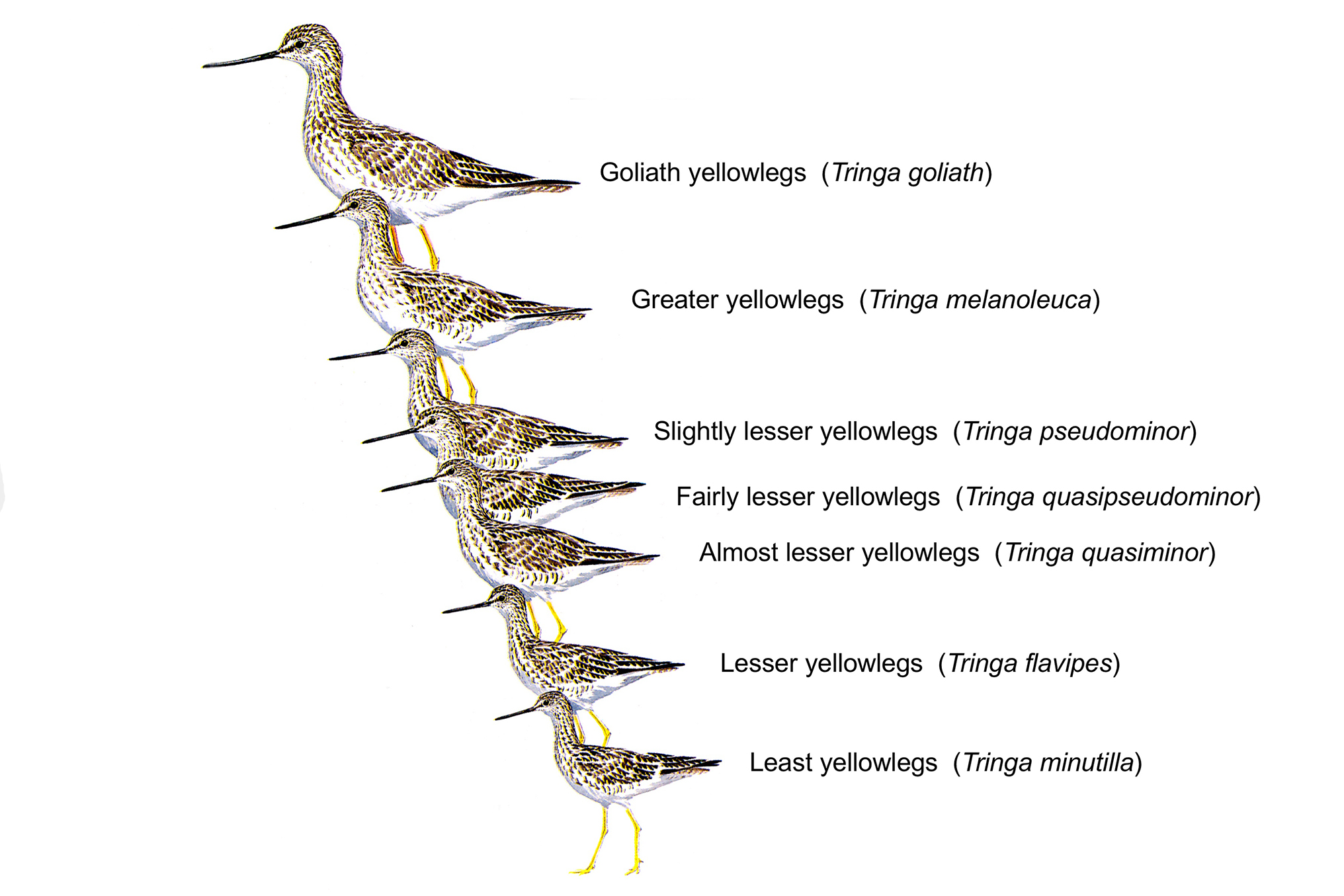
This may also resonate with my astronomer friends who are familiar with my work on secular evolution of disk galaxies and the growth of pseudobulges.
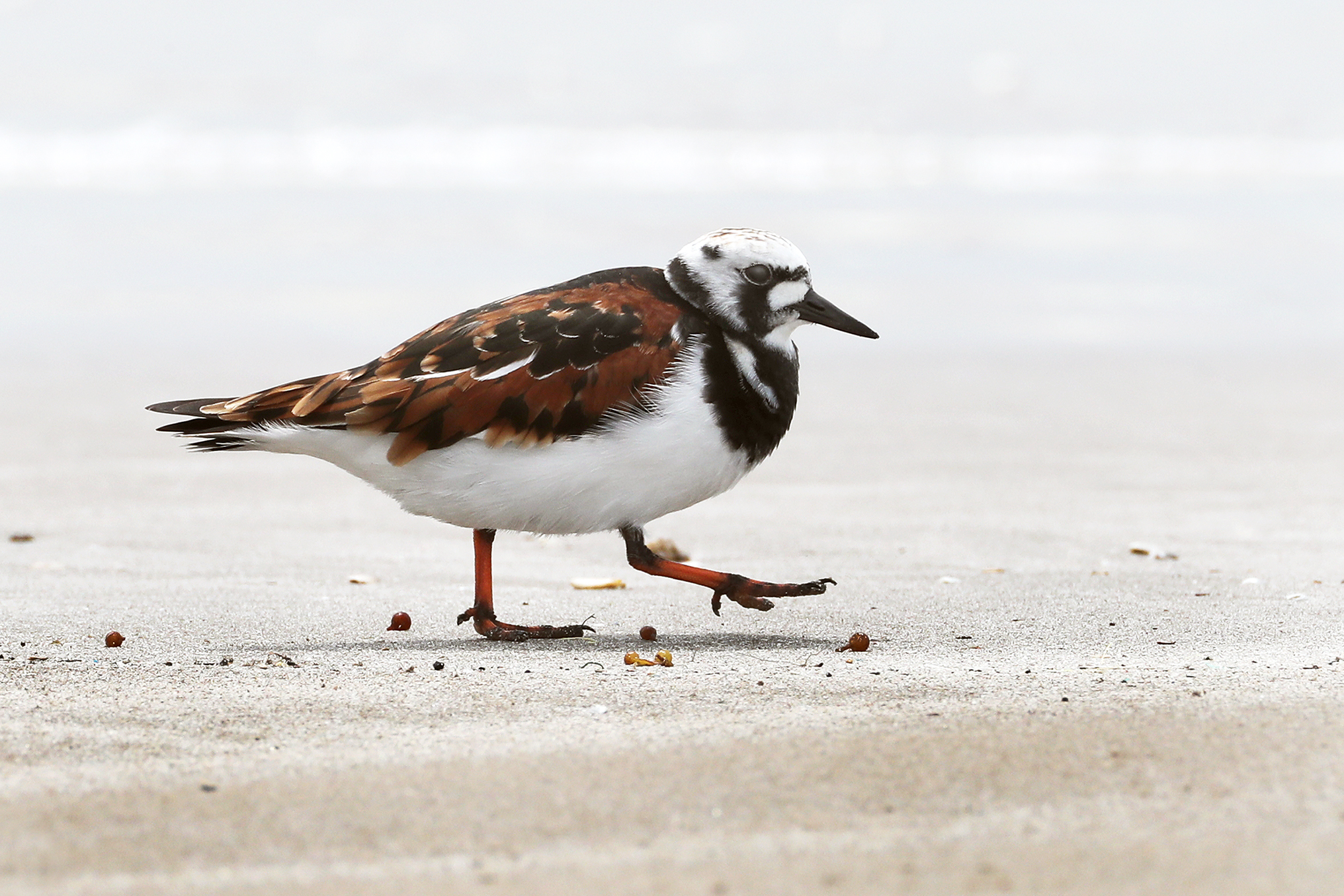
Ruddy turnstone (Bolivar Flats)
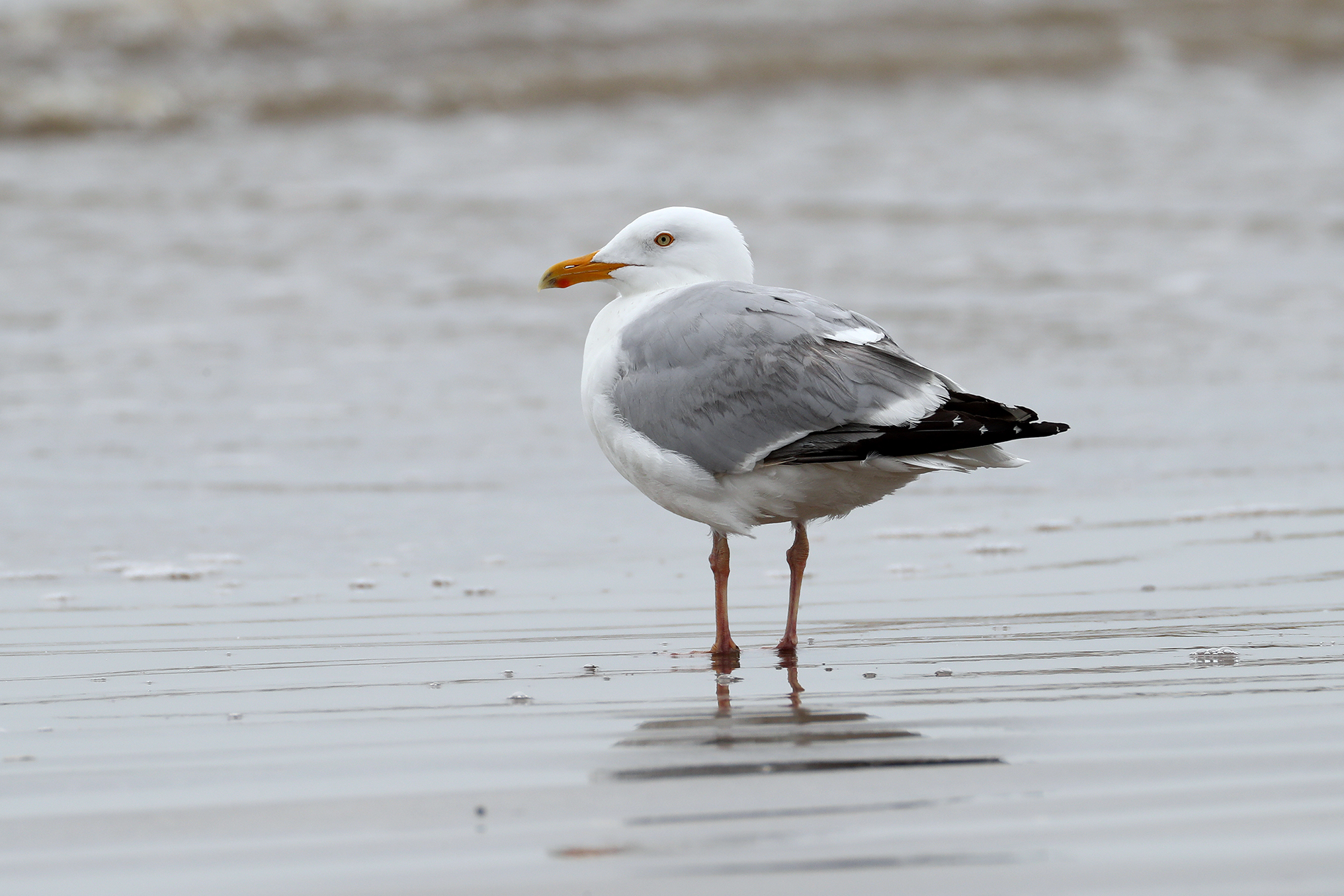
I think that this is a Herring gull. Opinions welcome. (Bolivar flats)
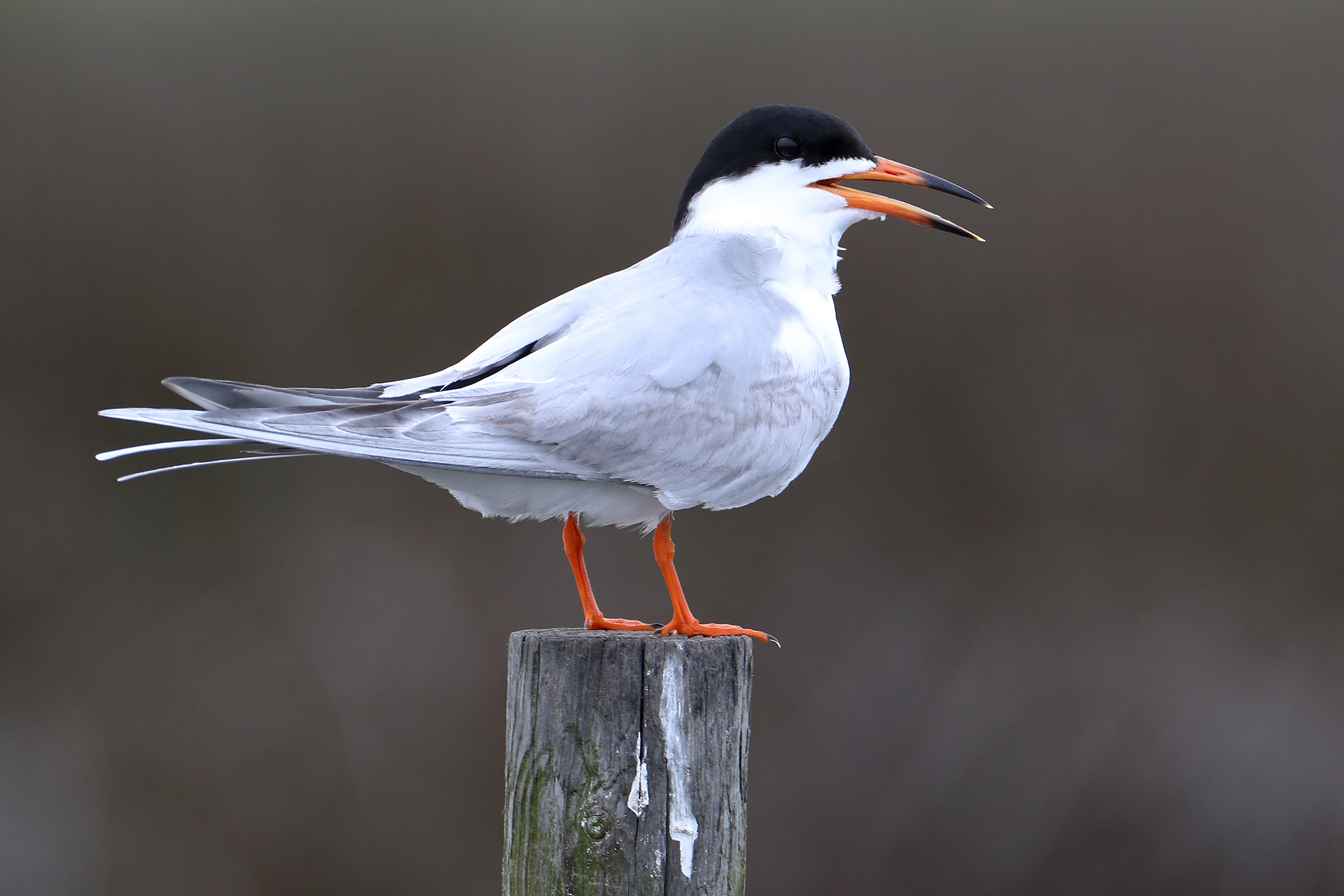
Forster's tern
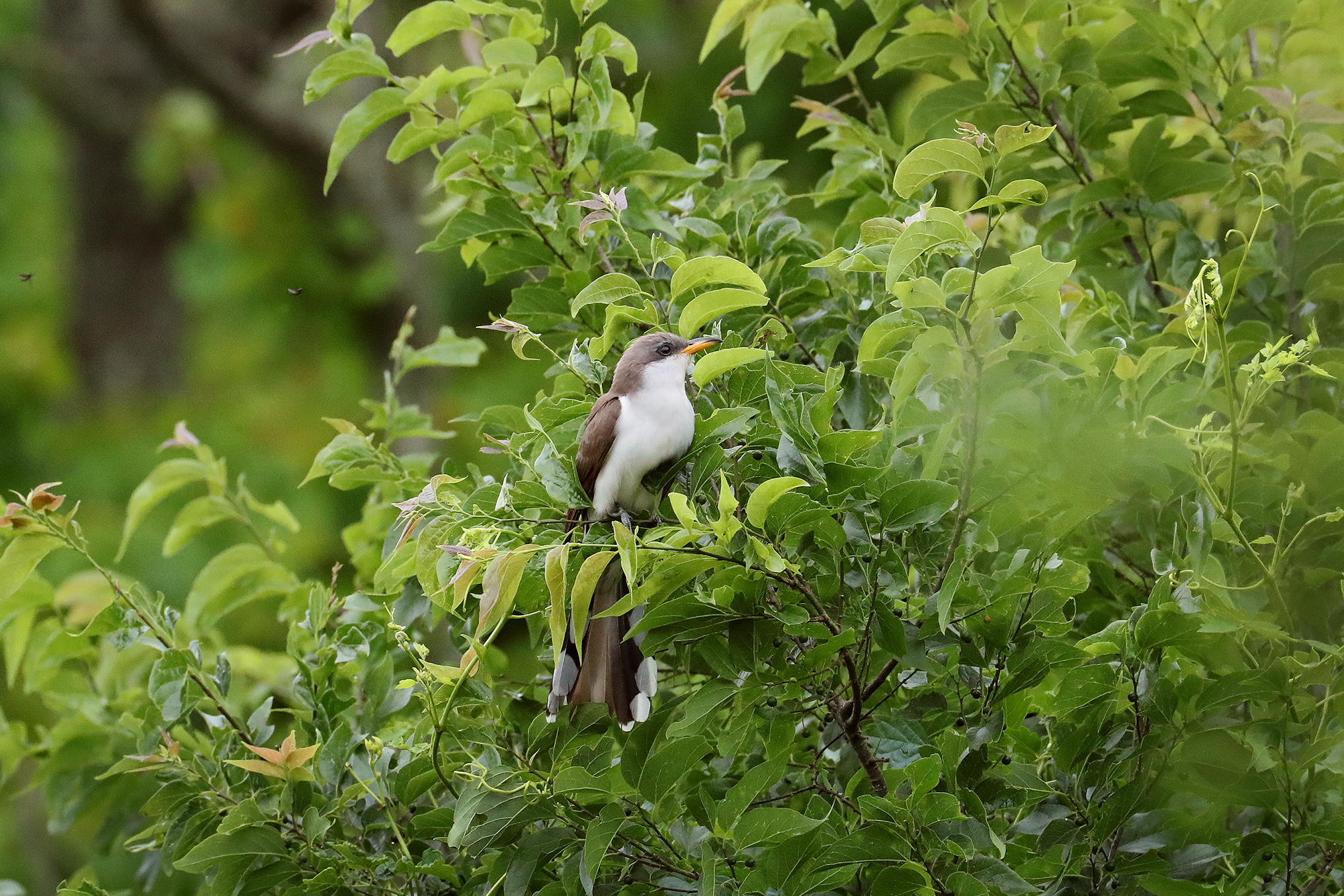
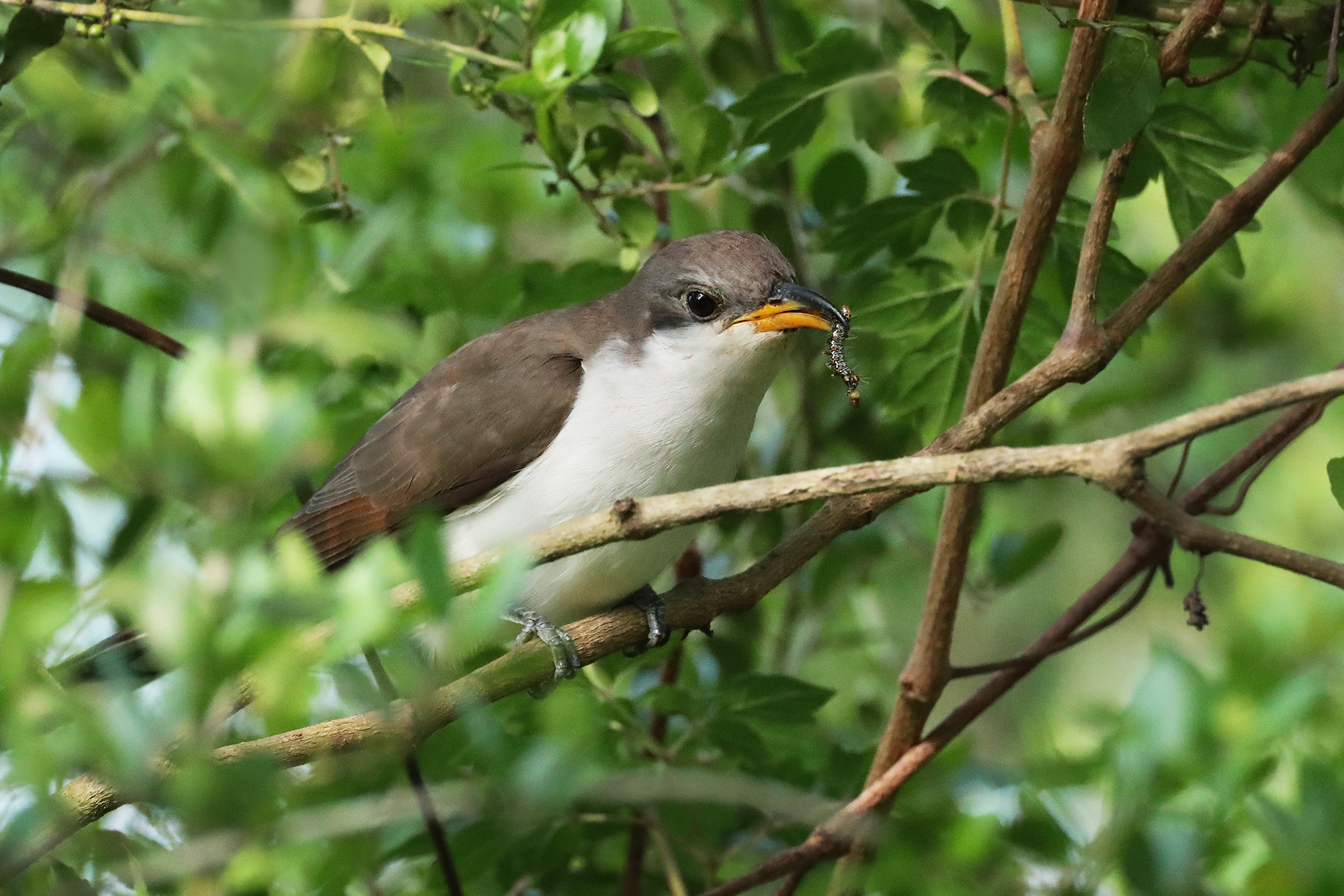
Yellow-billed cuckoo (persisted for several days)
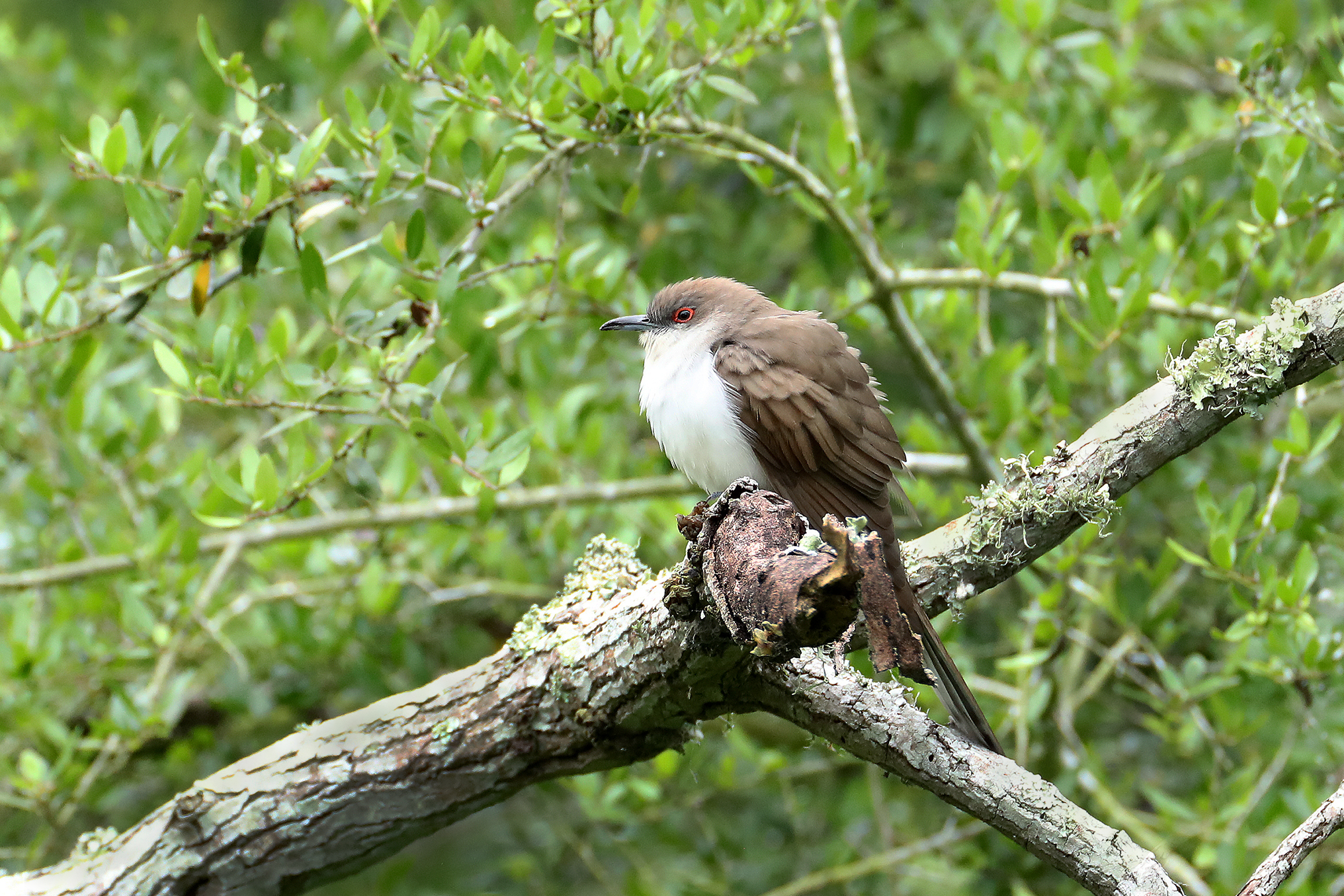
Black-billed cuckoo is rarer at High Island. We were lucky to see it so well, tired after a long flight north.
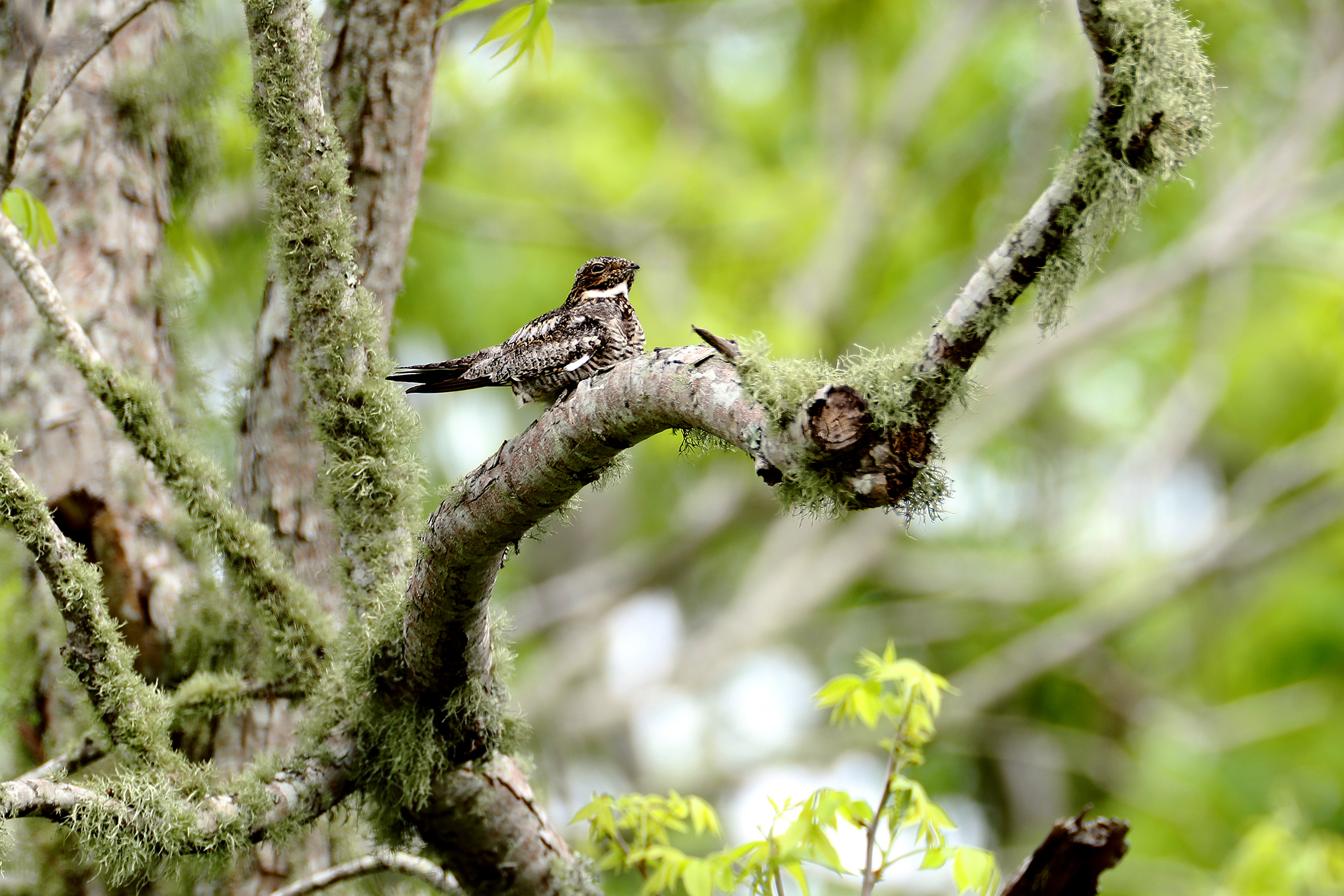
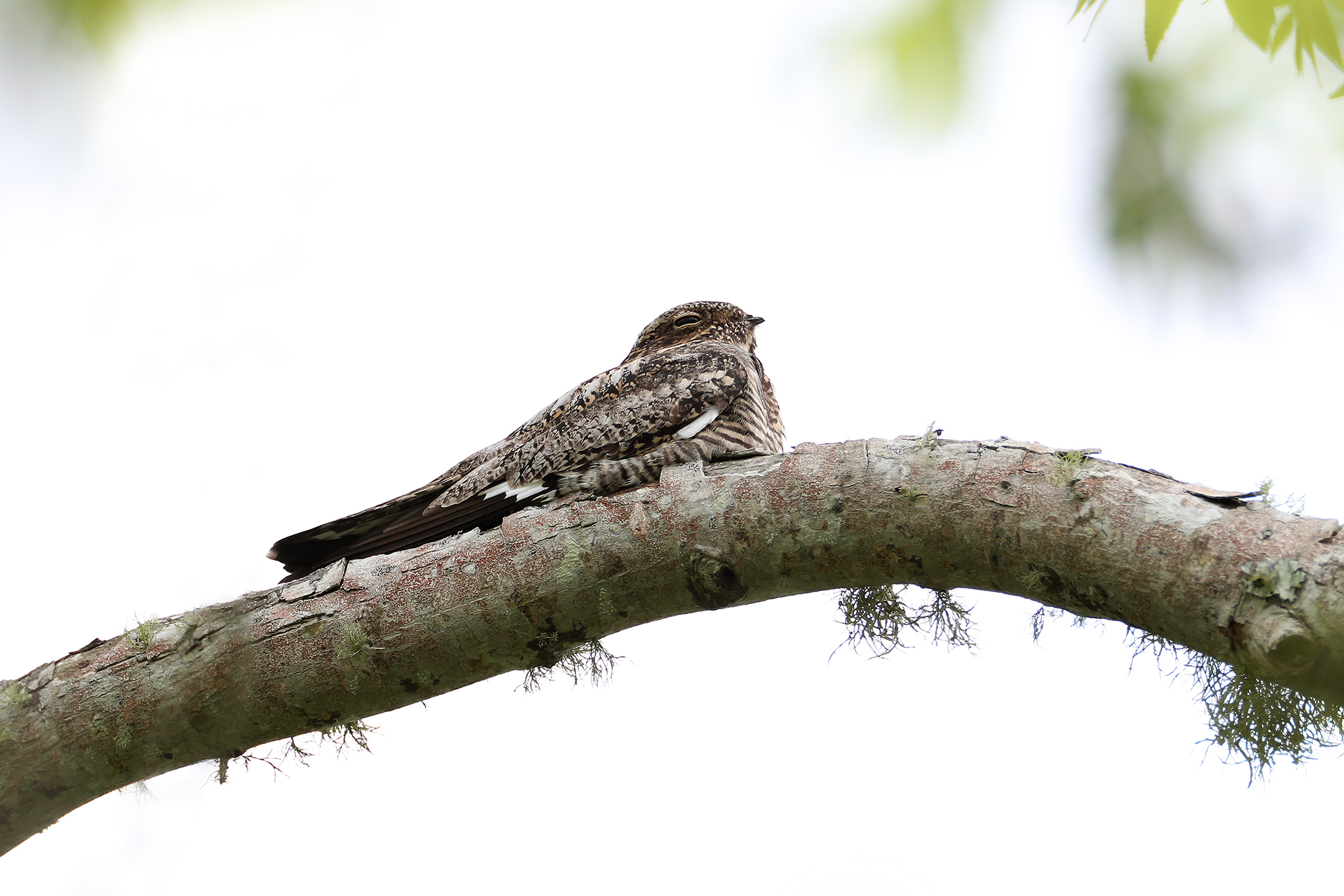
Common nighthawk (In the first picture, the bird stretched enough to show its white throat.)
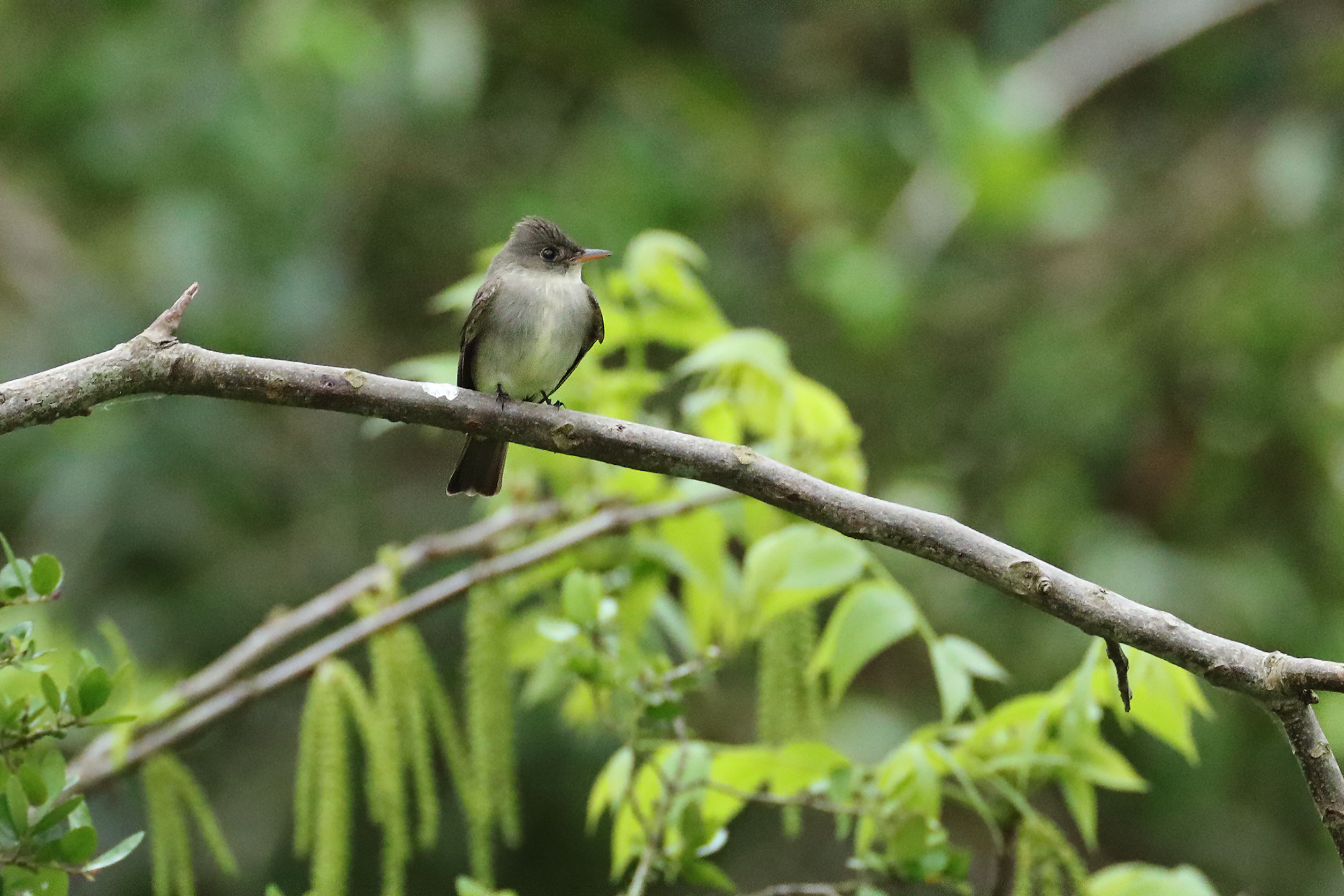
Eastern wood-pewee (Flycatchers started to arrive in the second half of the Spring migration.)
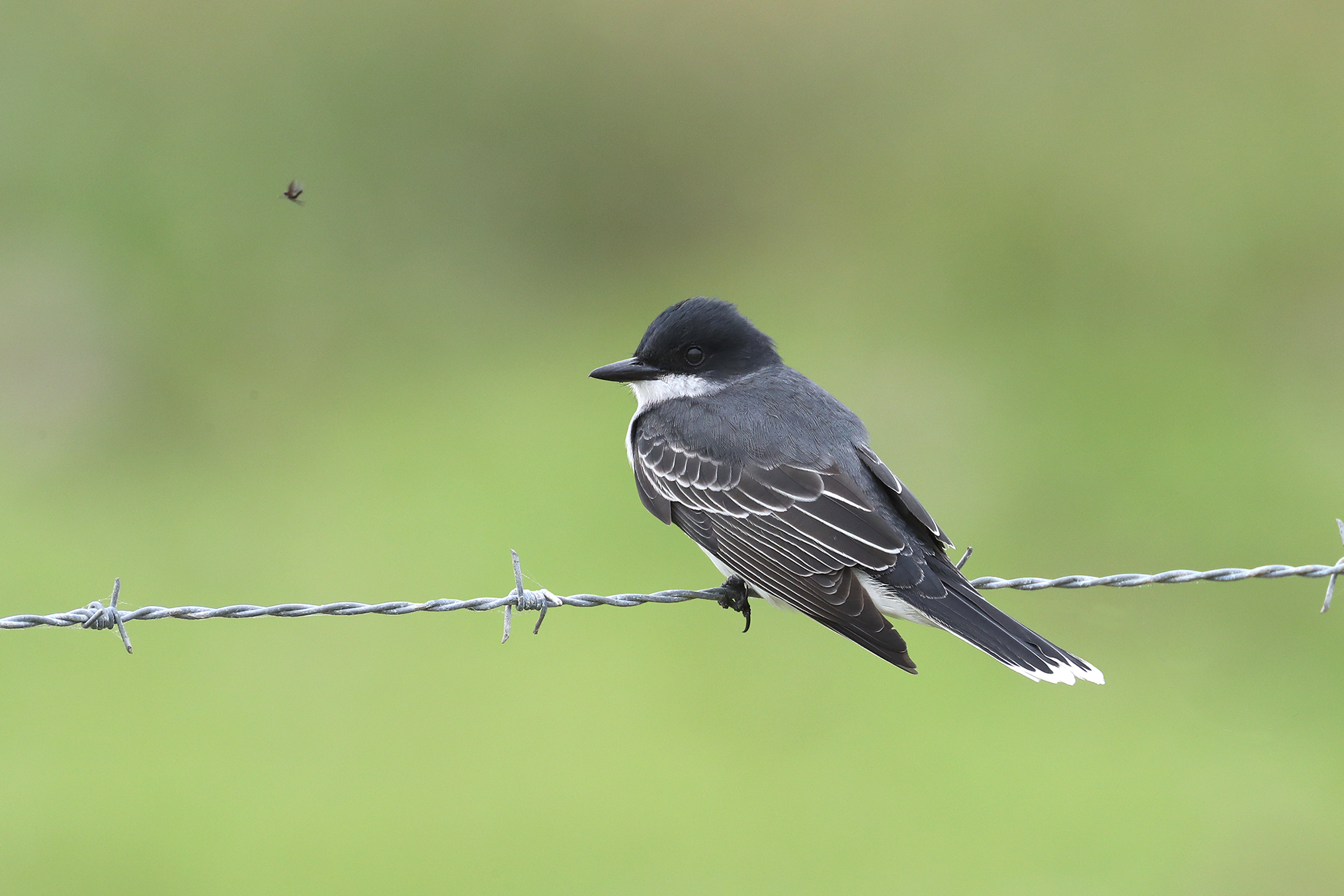
Eastern kingbird and prey (More power to you - mosquitoes were a plague, late in the migration.)
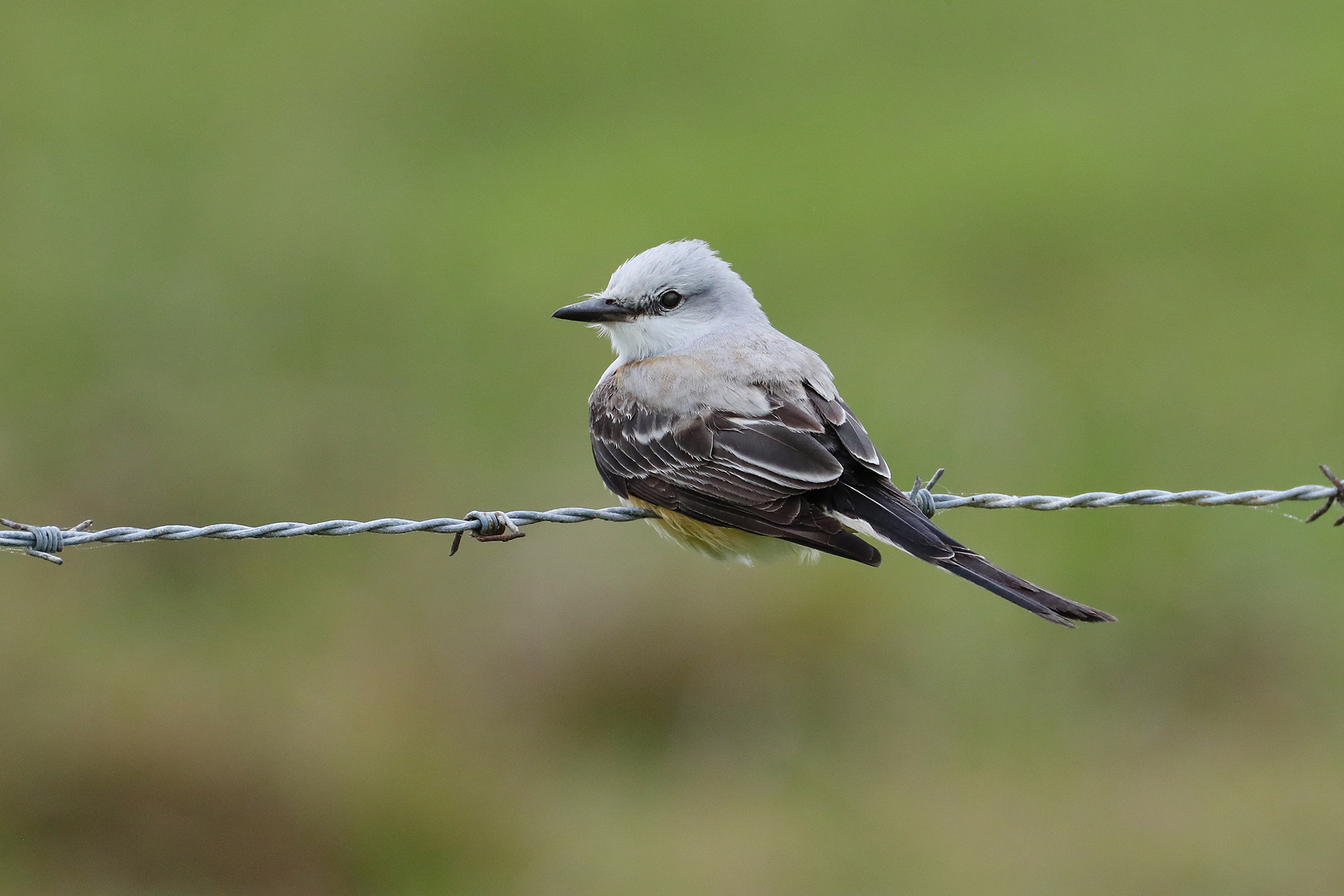
Scissor-tailed flycatcher (This is a young bird, still with a short tail.)

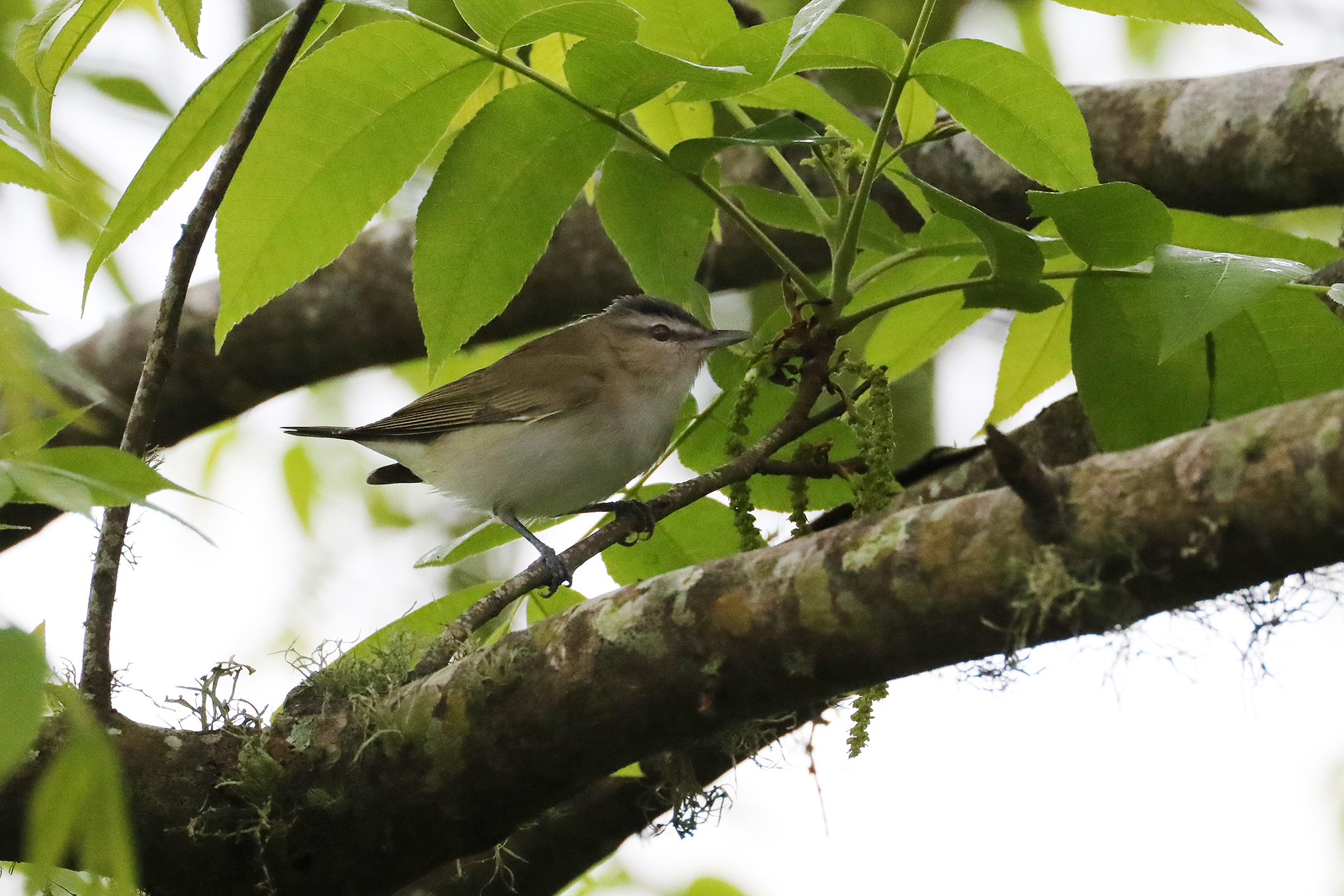
Red-eyed vireo

Barn swallows (They nest at the Gulfway Motel - this is just outside the door to our room.)
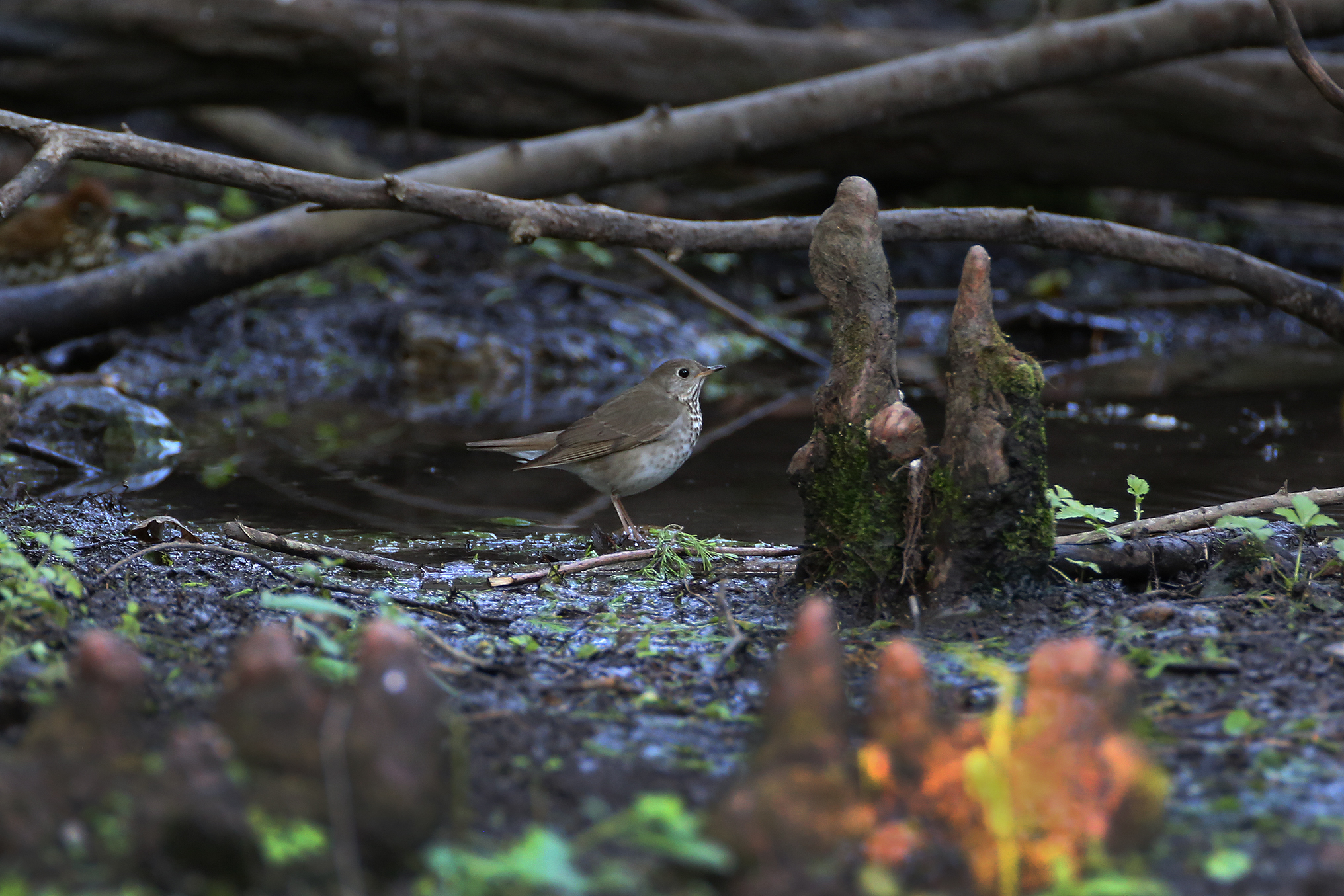
Gray-cheeked thrush (We saw it over several days and finally got good at recognizing it.)
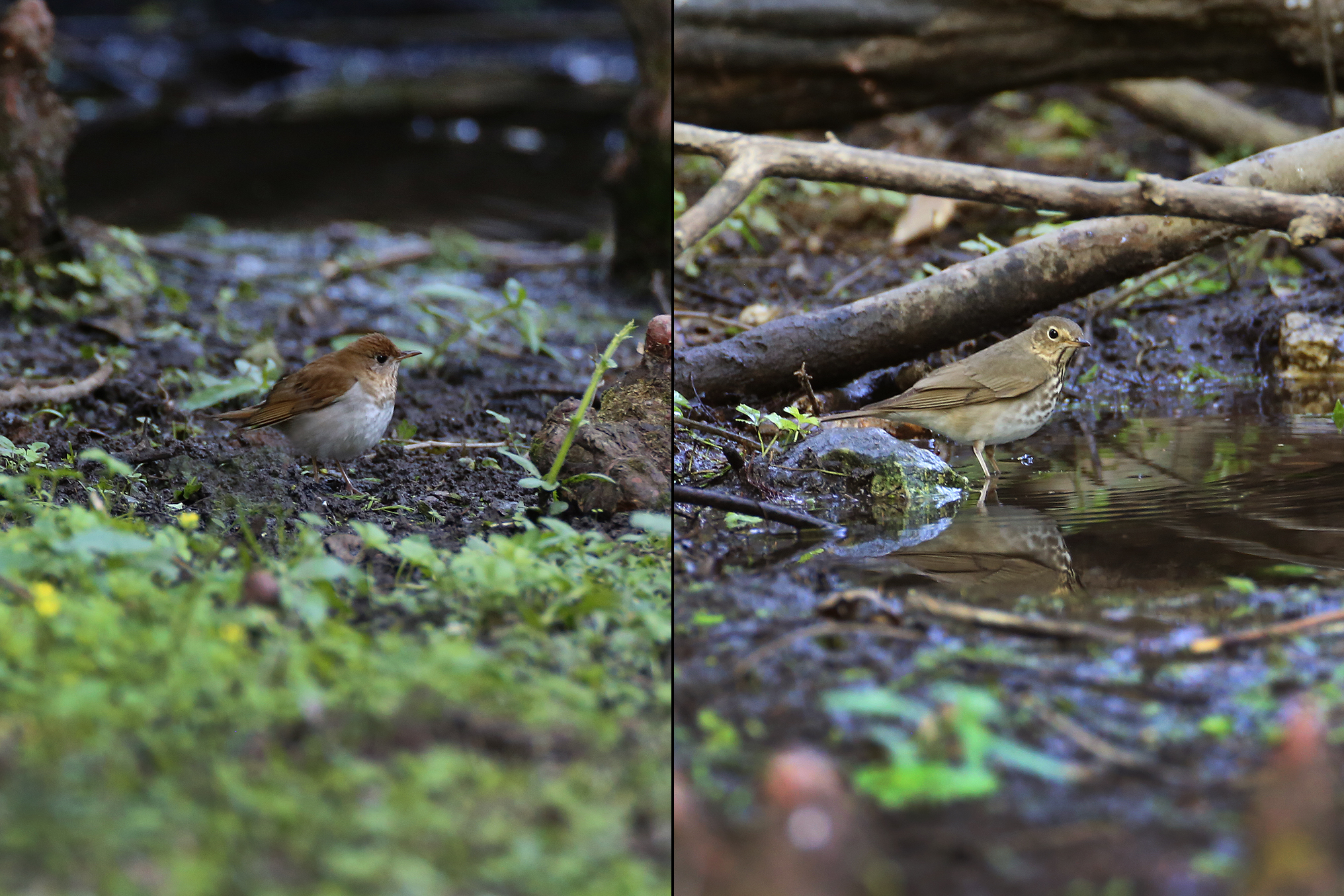
Veery (left) and Swainson's thrush (right) (Thrushes were prominent during the first days of this trip.)
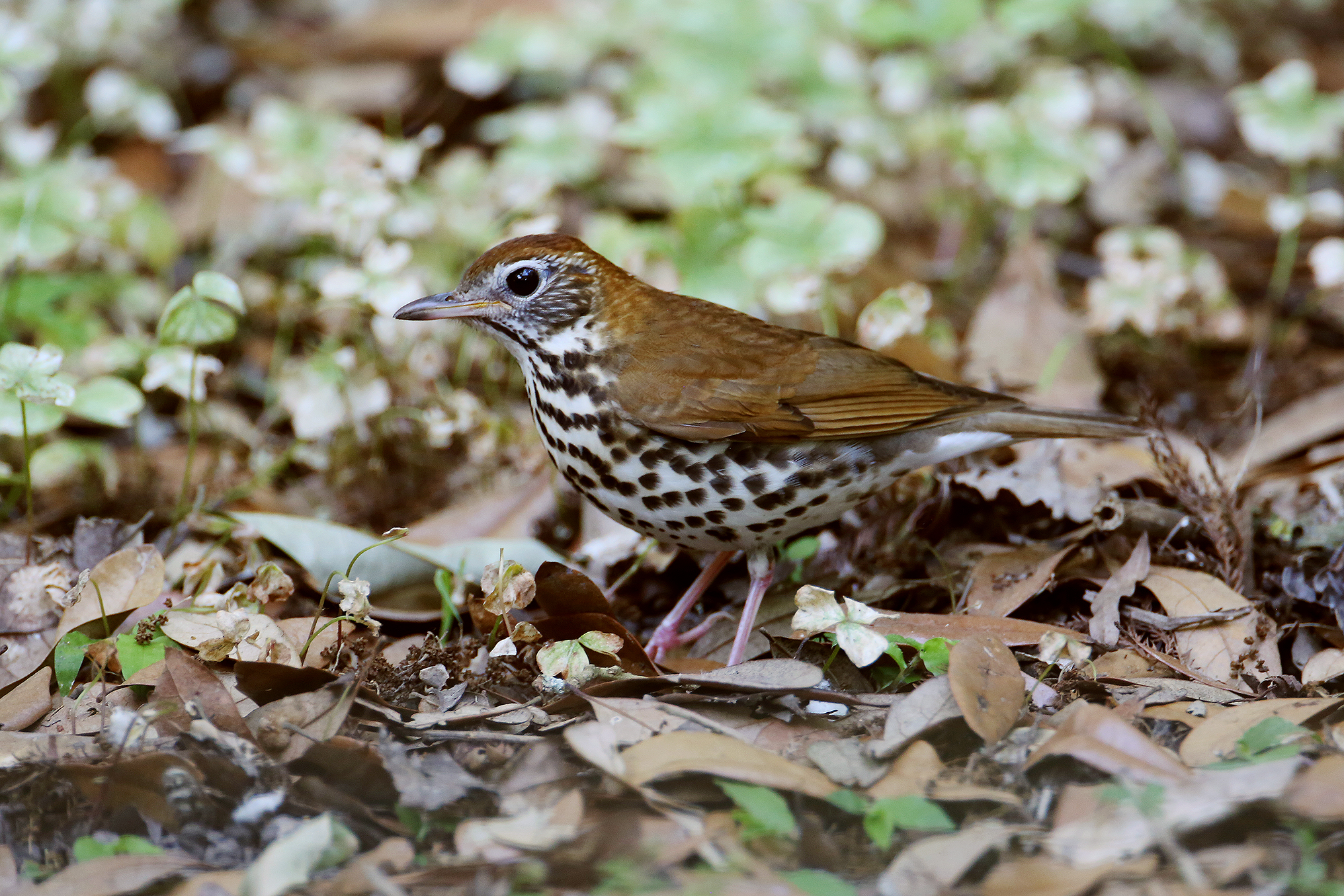
Wood thrush (came very close many times)
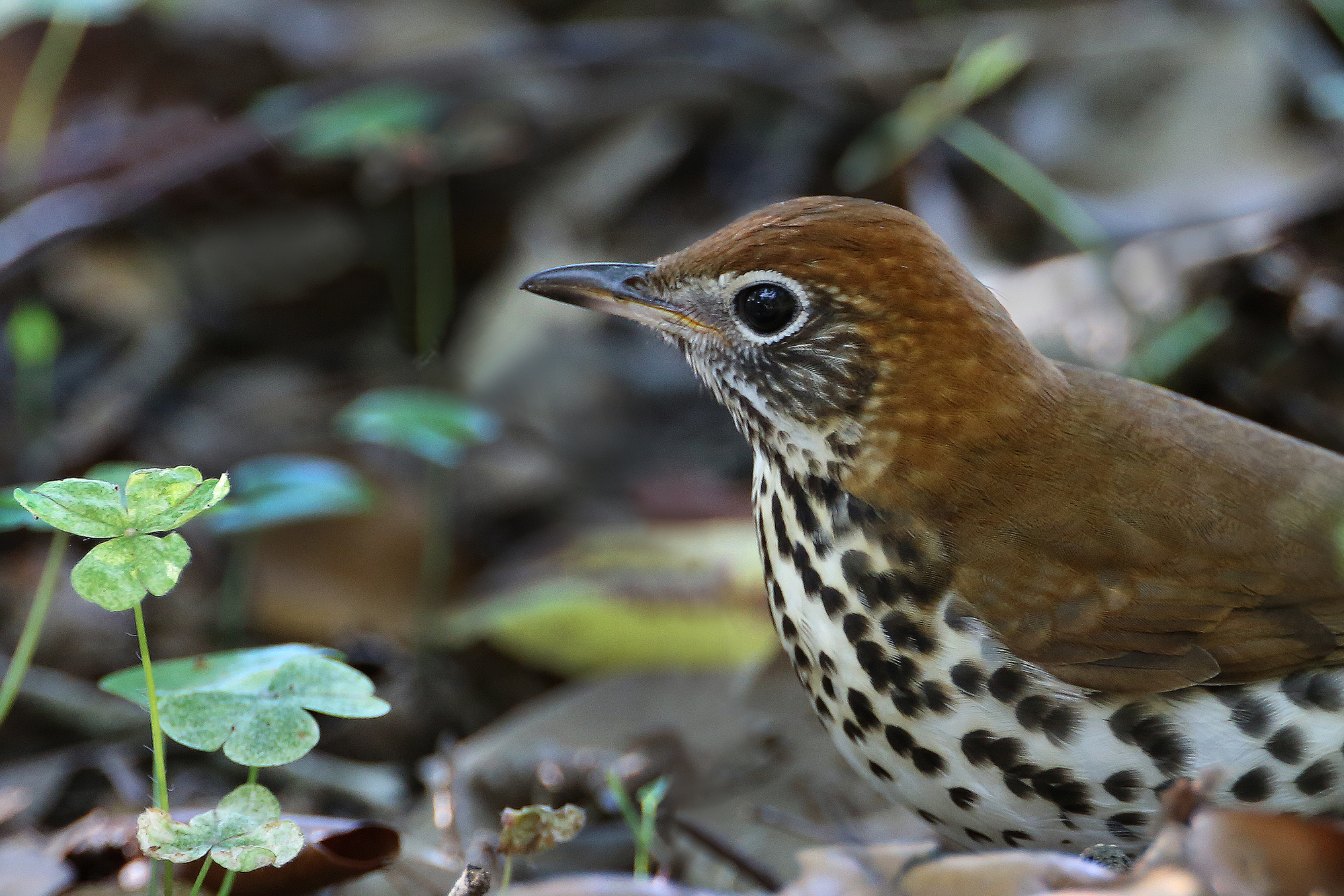
Wood thrush (Boy scout woods at High Island)
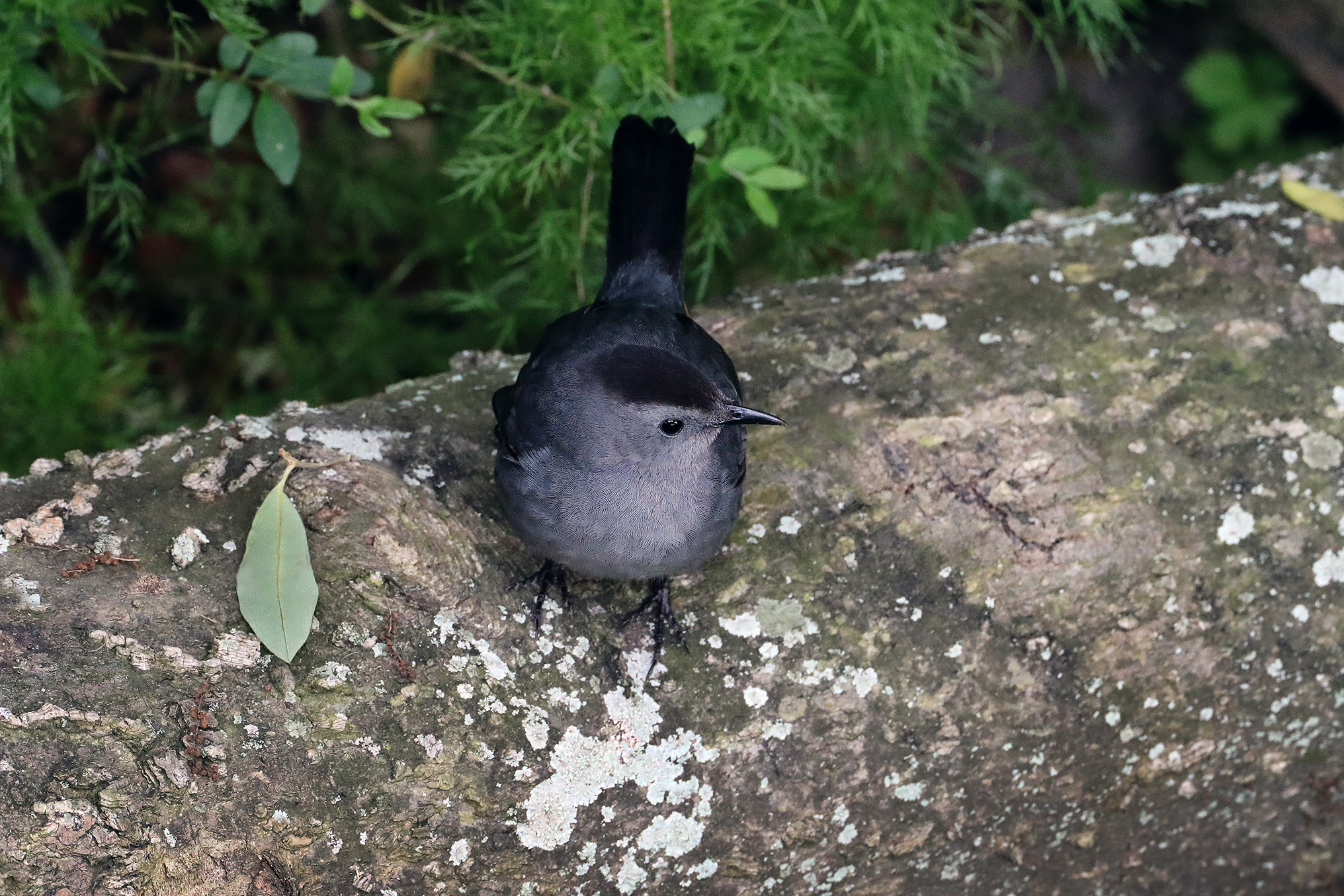
Gray catbird is ubiquitous at High Island in Spring time. This is one of a pair of birds that acted markedly coquettish in the first days of May.
Eastern Warblers
We saw 25 species of warblers this trip and managed to photograph 19 of them. Unless otherwise noted, birds are males in breeding plumage.
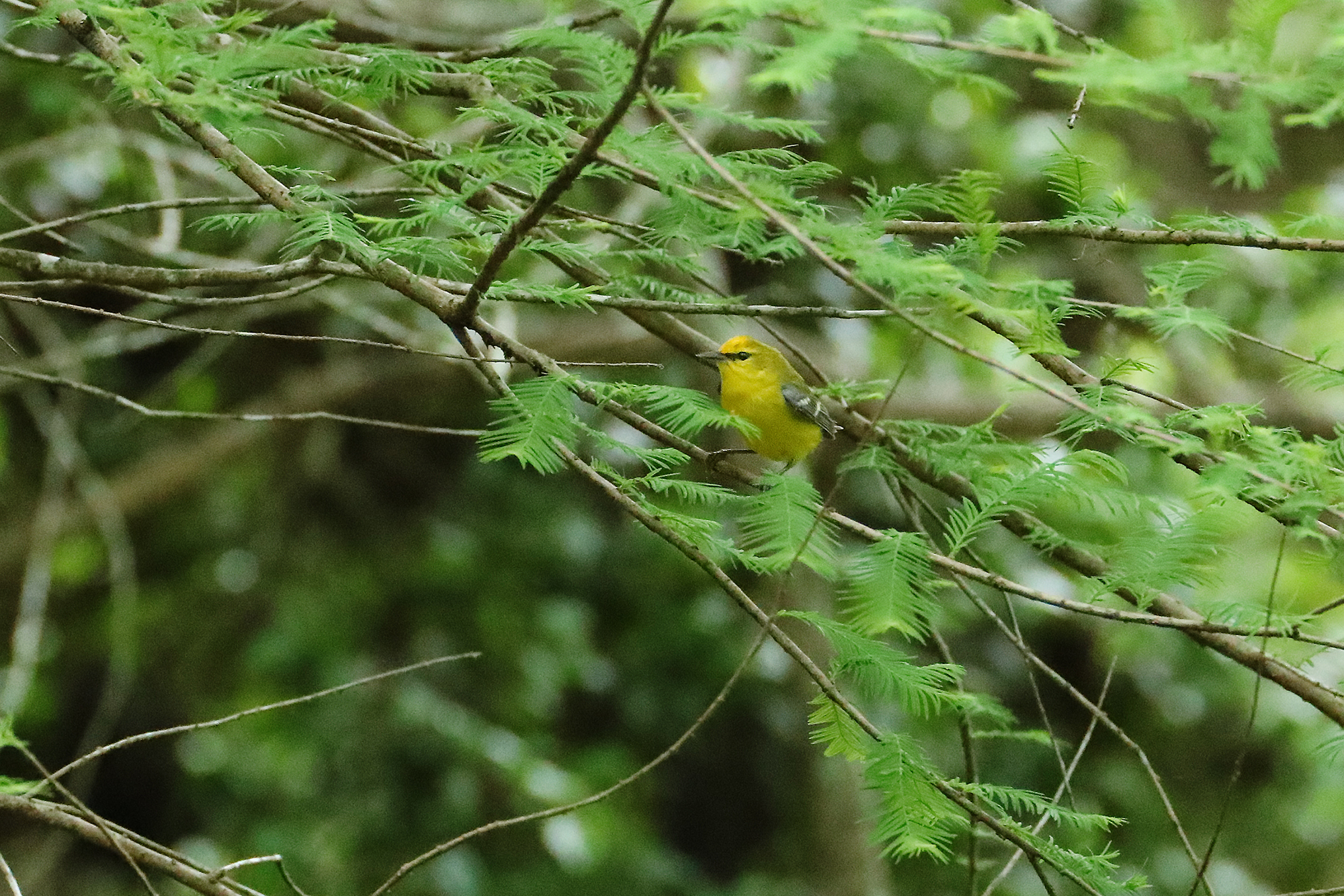
Blue-winged warbler

Tennesee warbler (The gray-green-brown color of head-back-wings together with the white eyebrow are characteristic.)

Yellow warbler
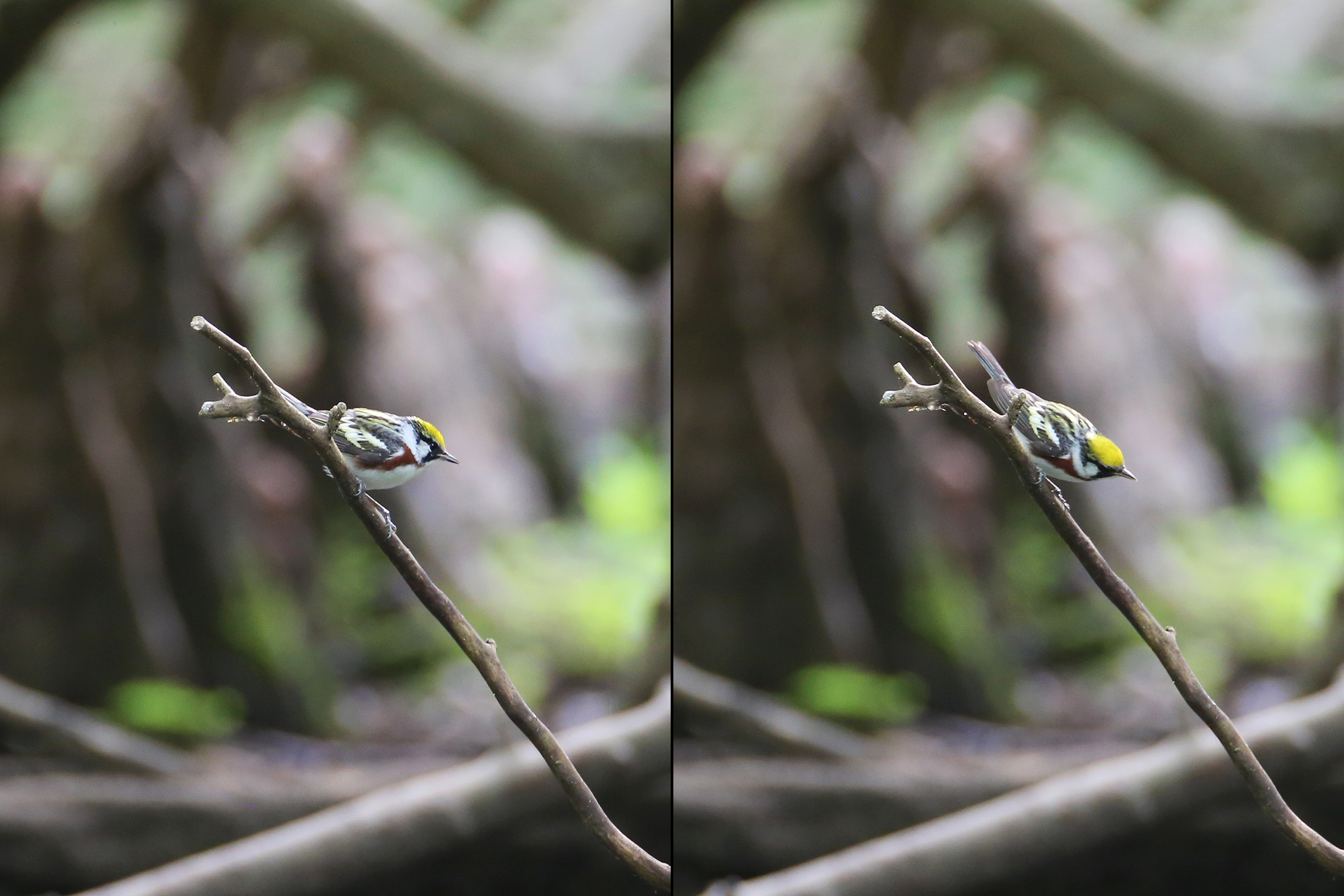
Chestnut-sided warbler
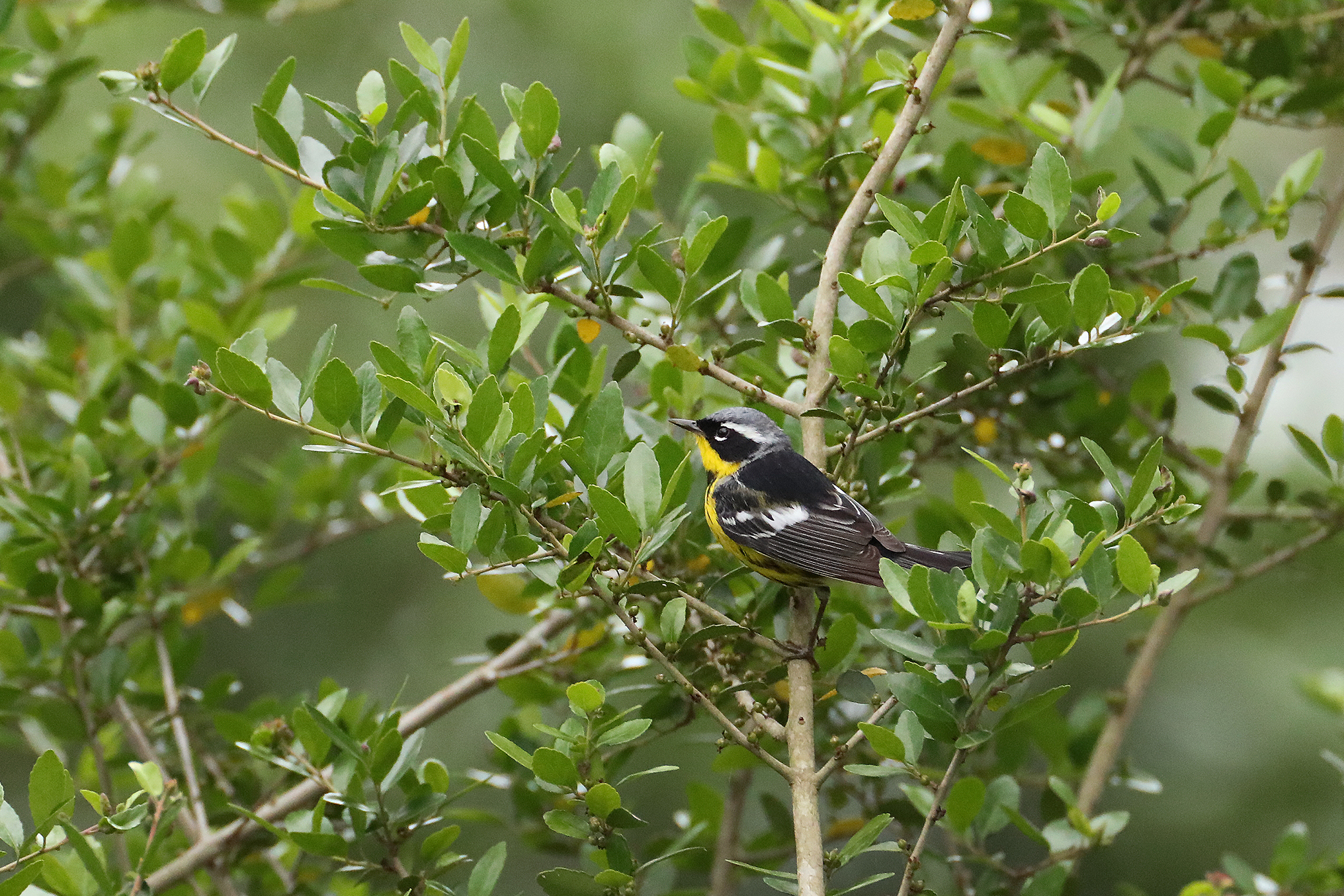
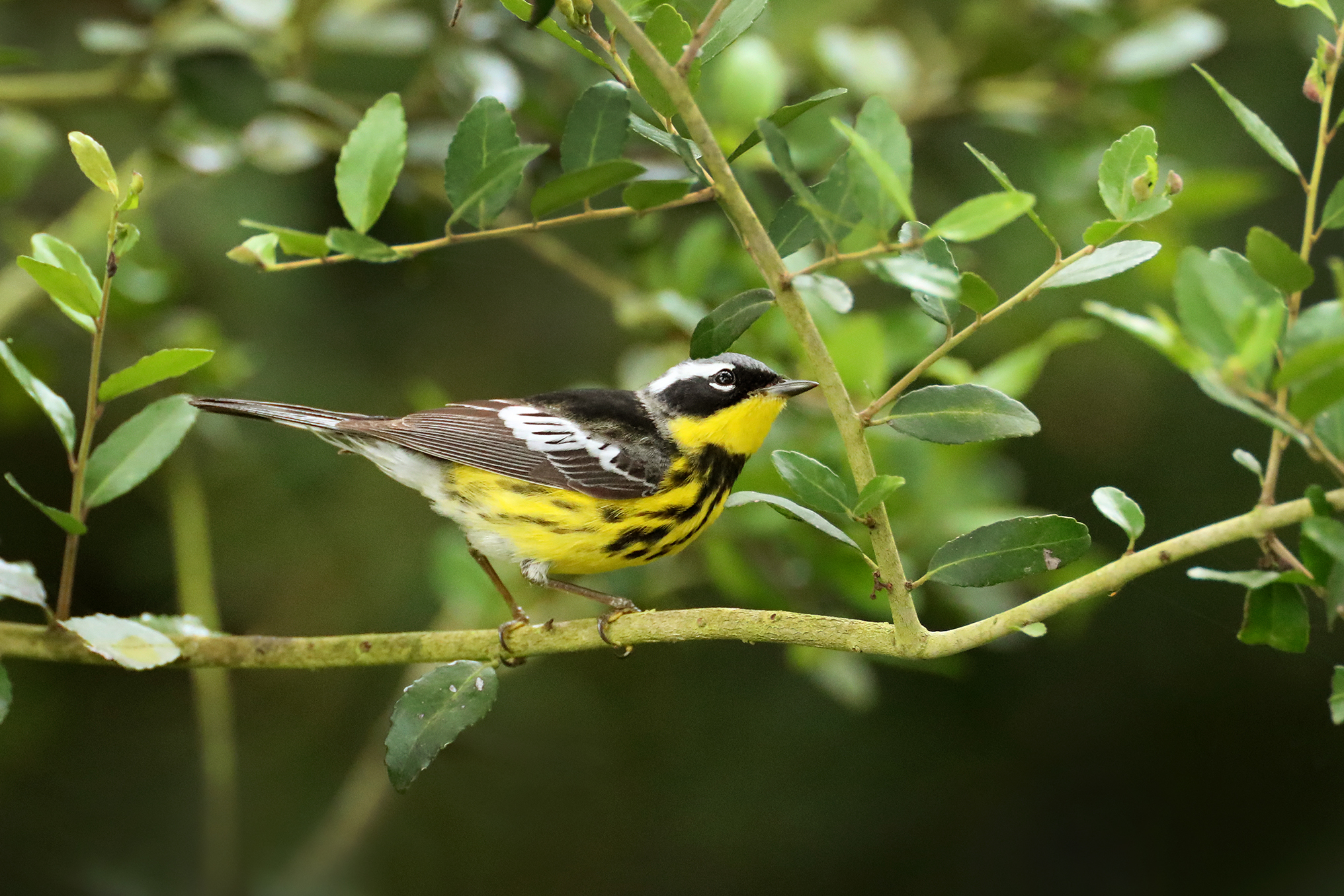
Magnolia warbler

Black-throated blue warbler (relatively rare at High Island)
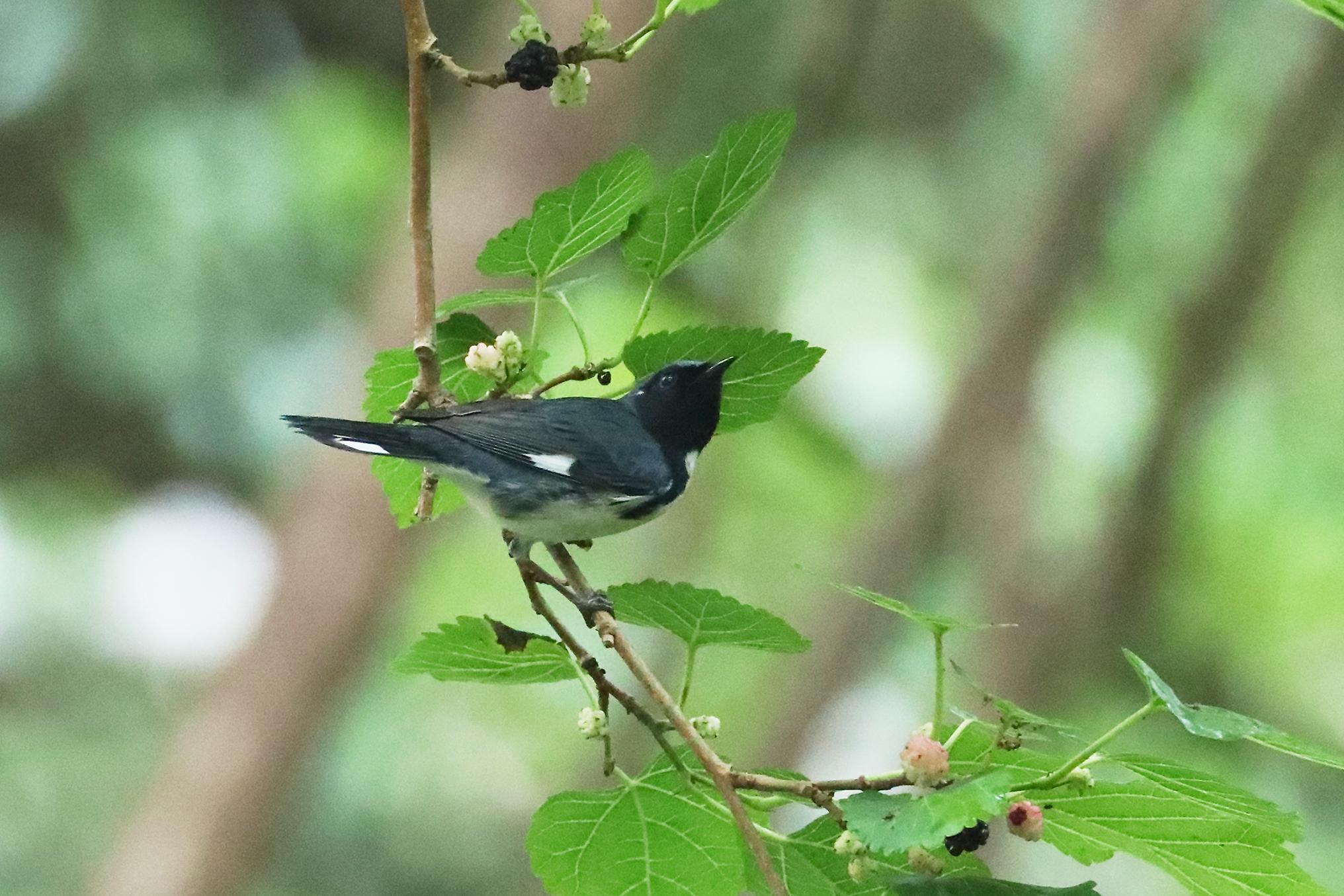
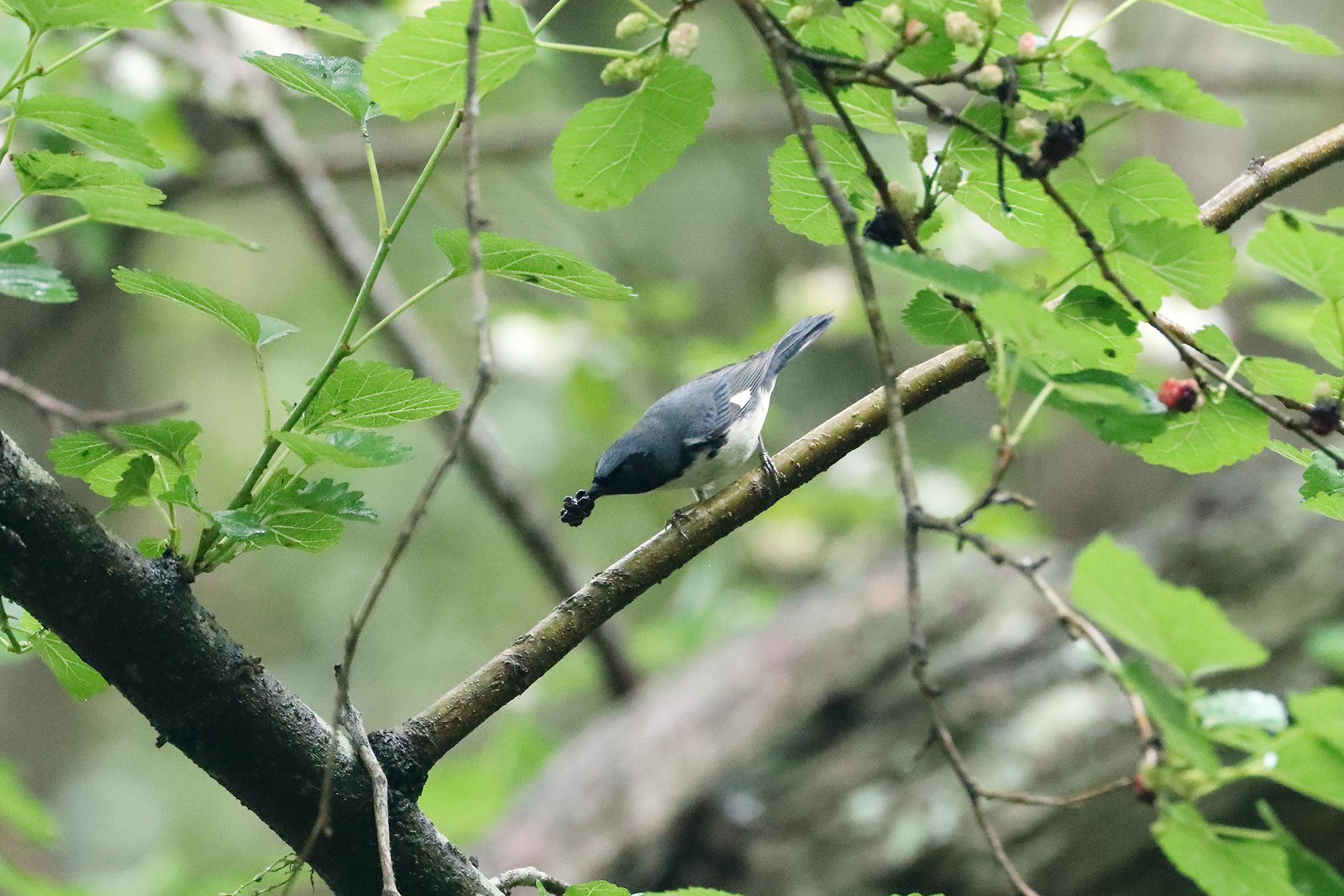
Black-throated blue warbler at work
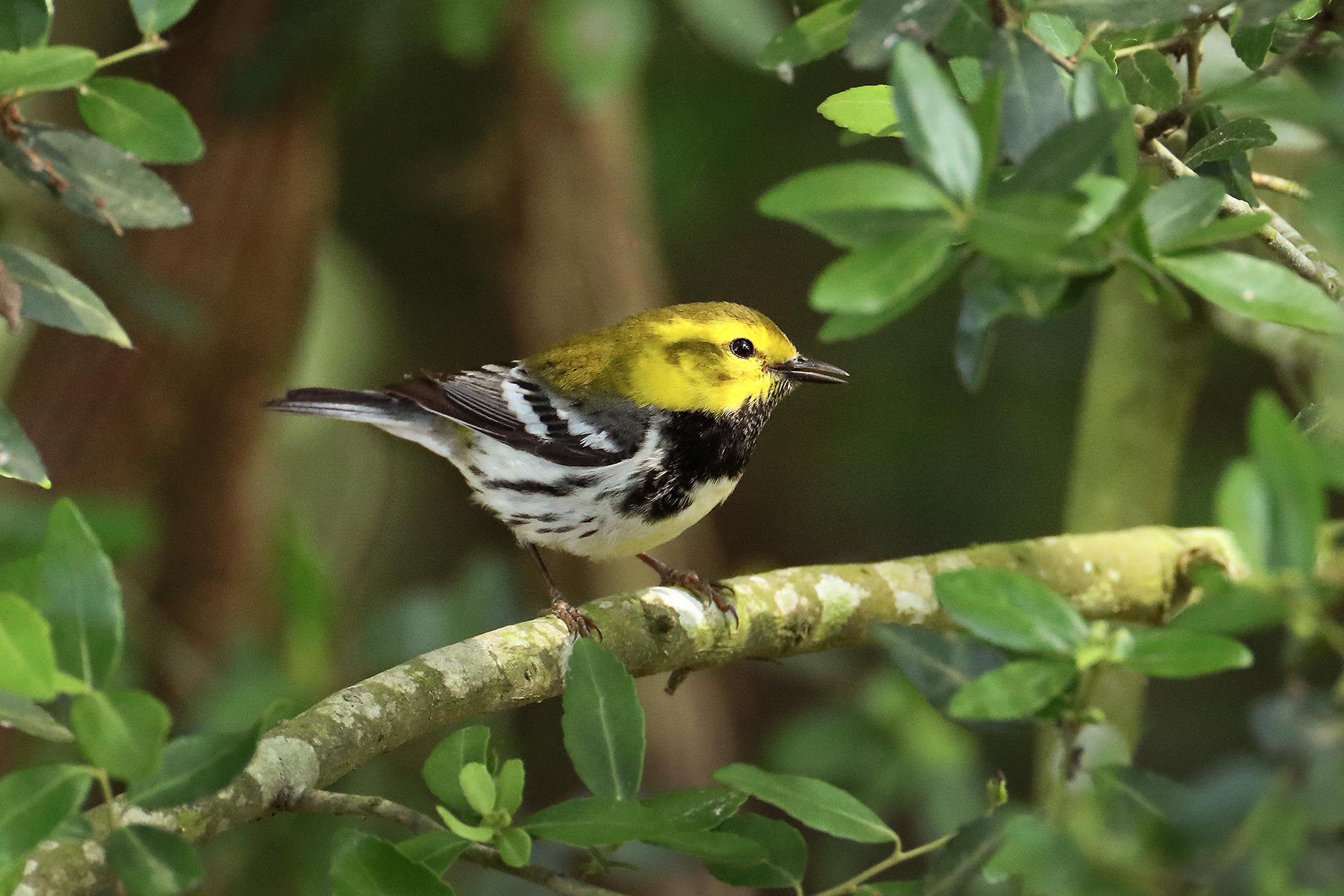
Black-throated green warbler
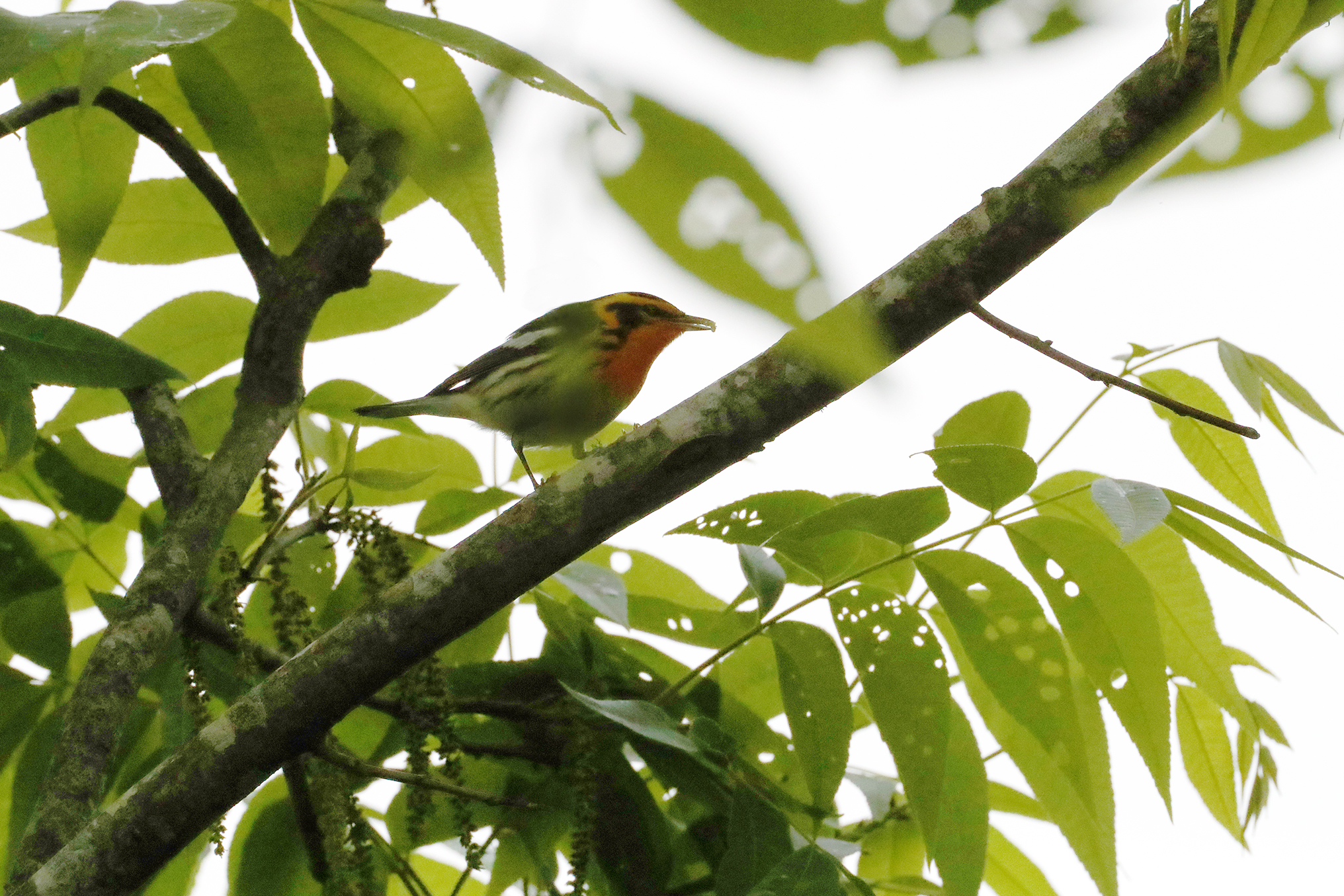
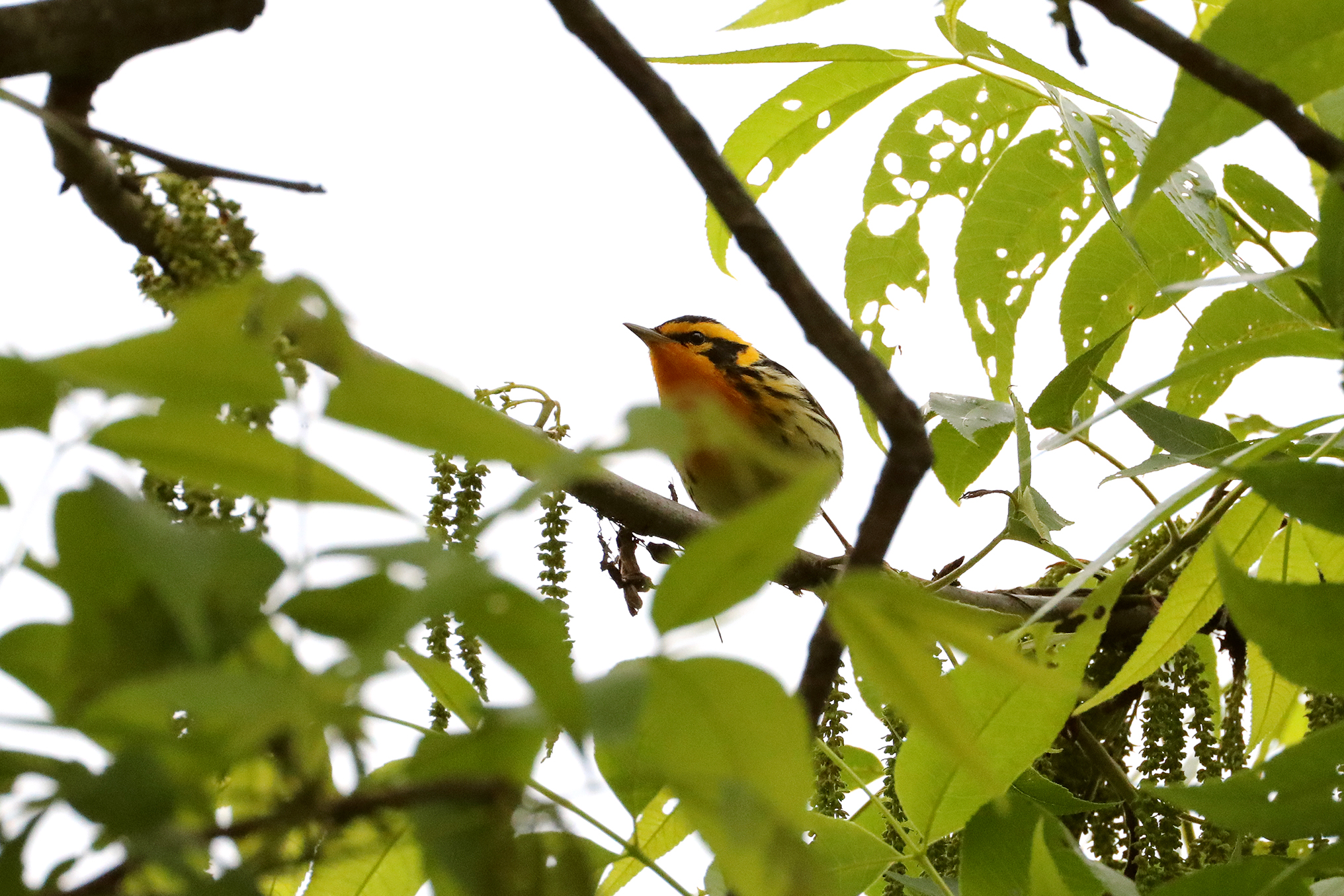
Blackburnian warbler (one of the most beautiful ... but it likes to stay high up in trees and so is hard to photograph)
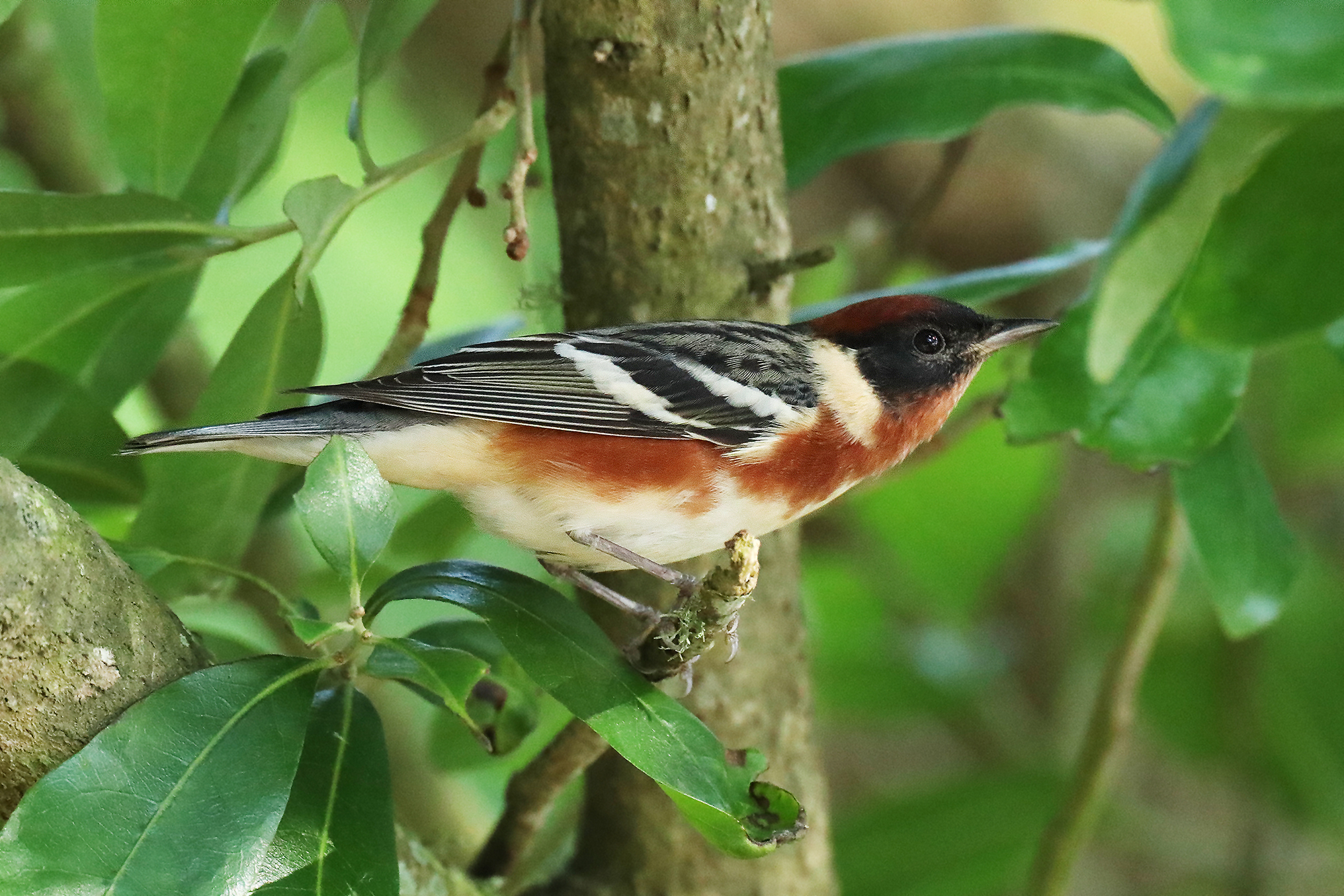
Bay-breasted warbler
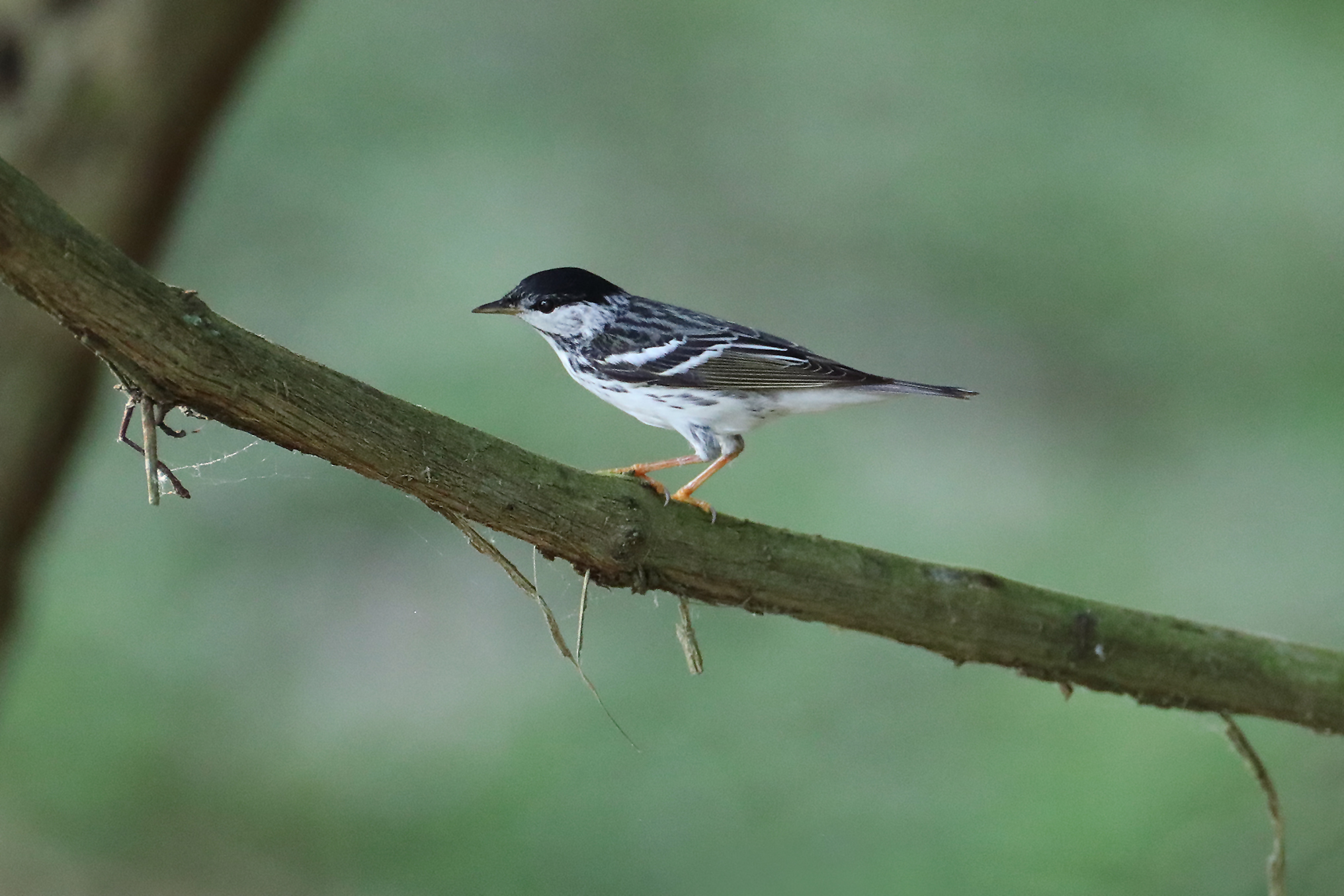
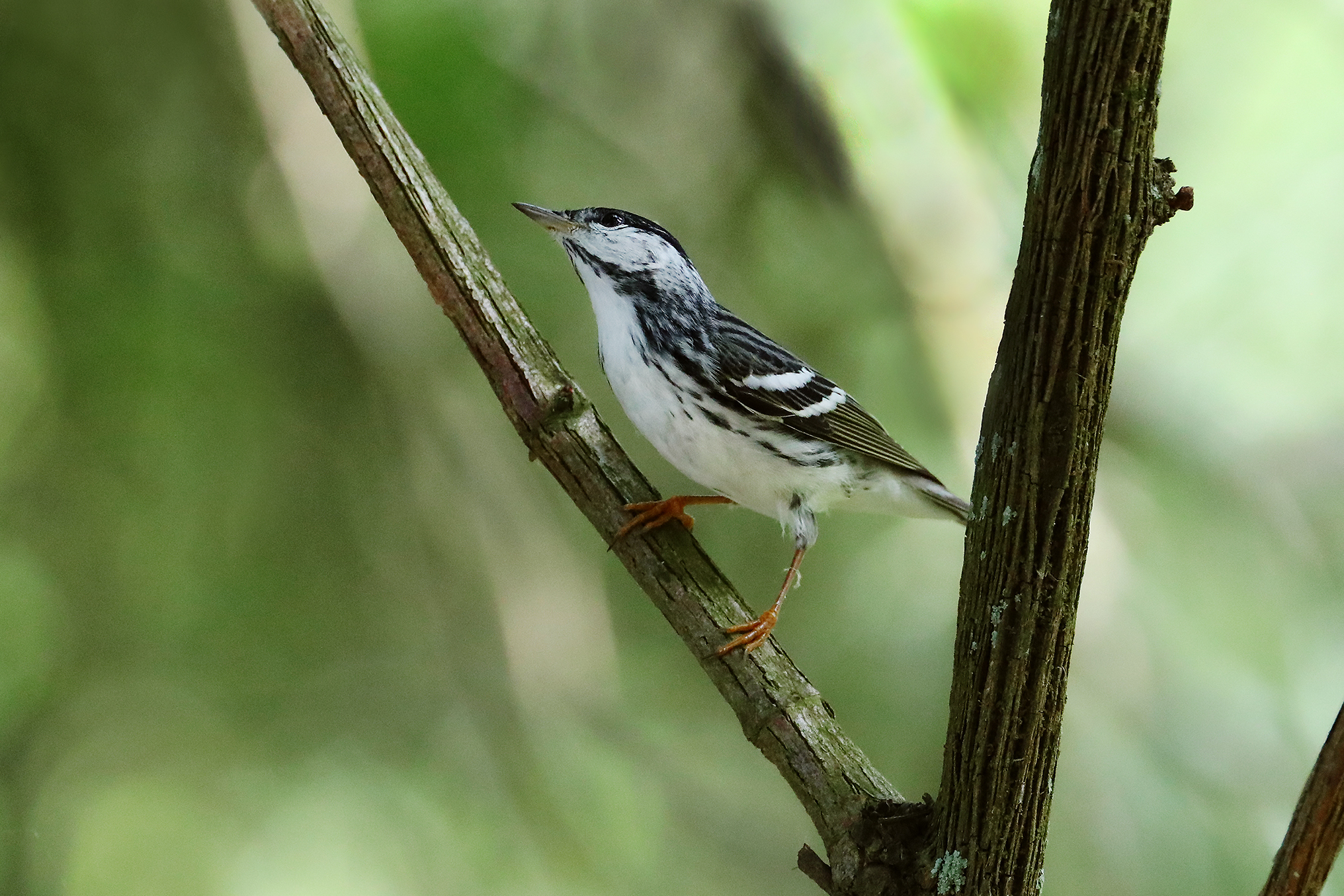
Blackpoll warbler
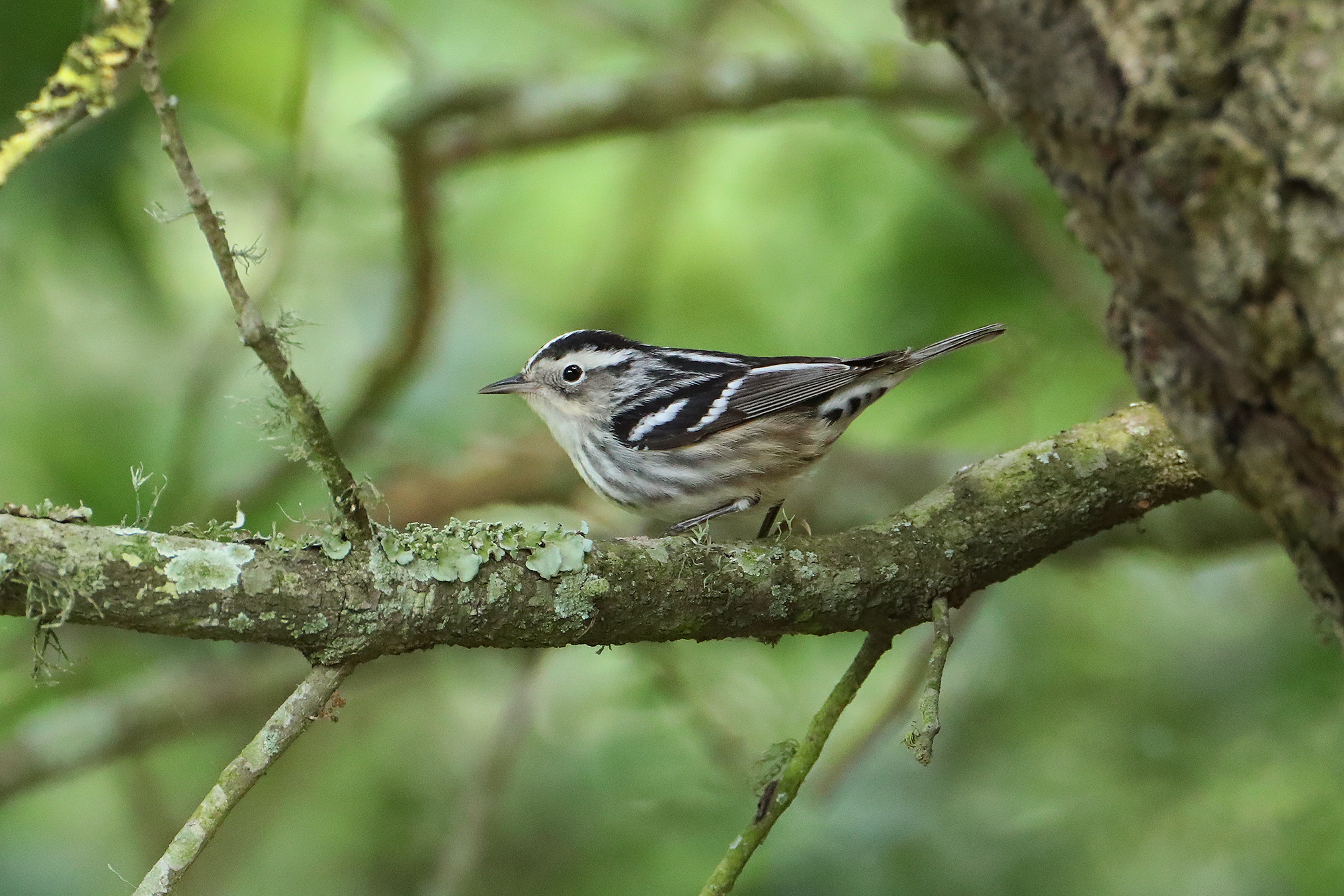
Black-and-white warbler (This is a female.)

American redstart
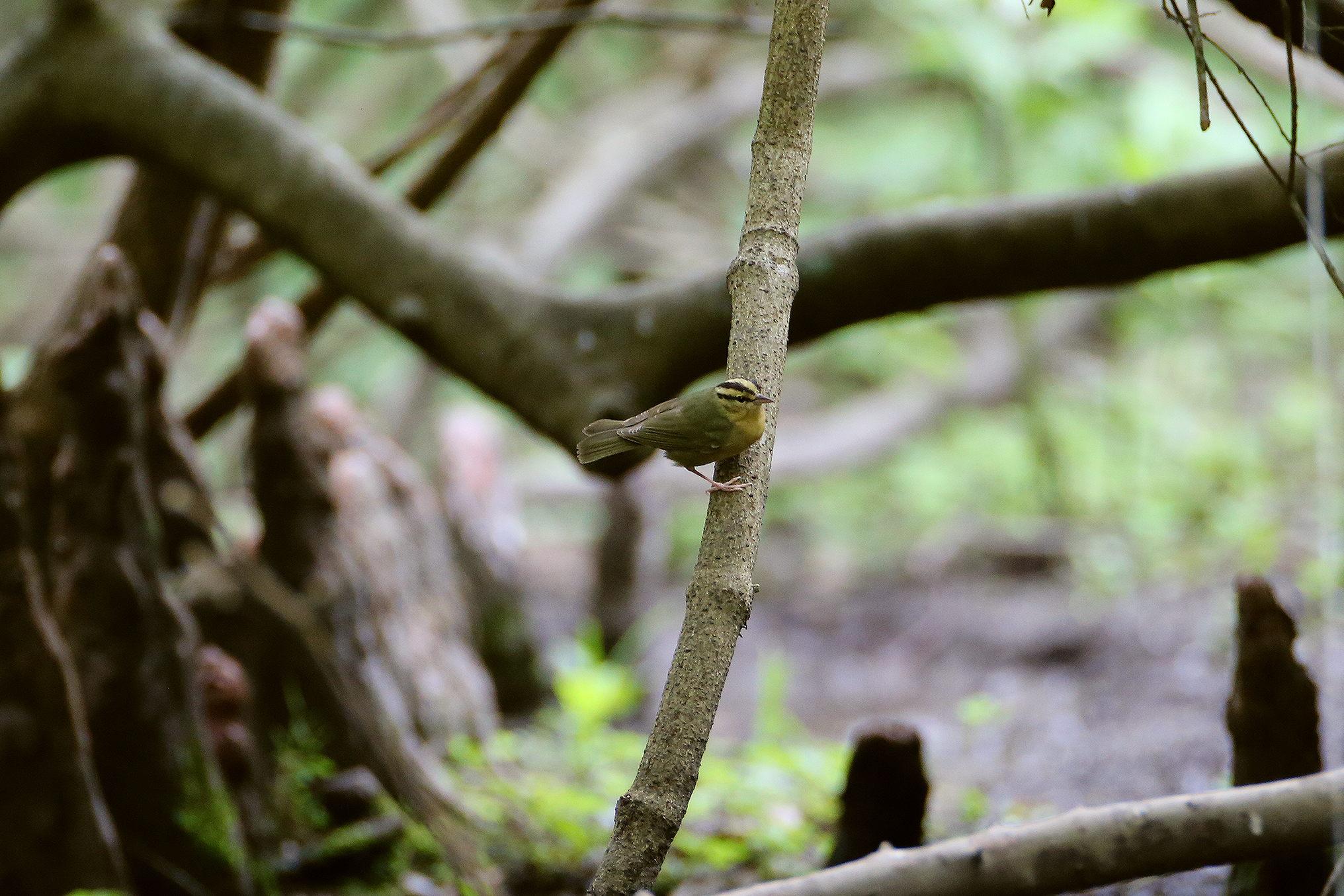
Worm-eating warbler (one of John's favorites - came only once)
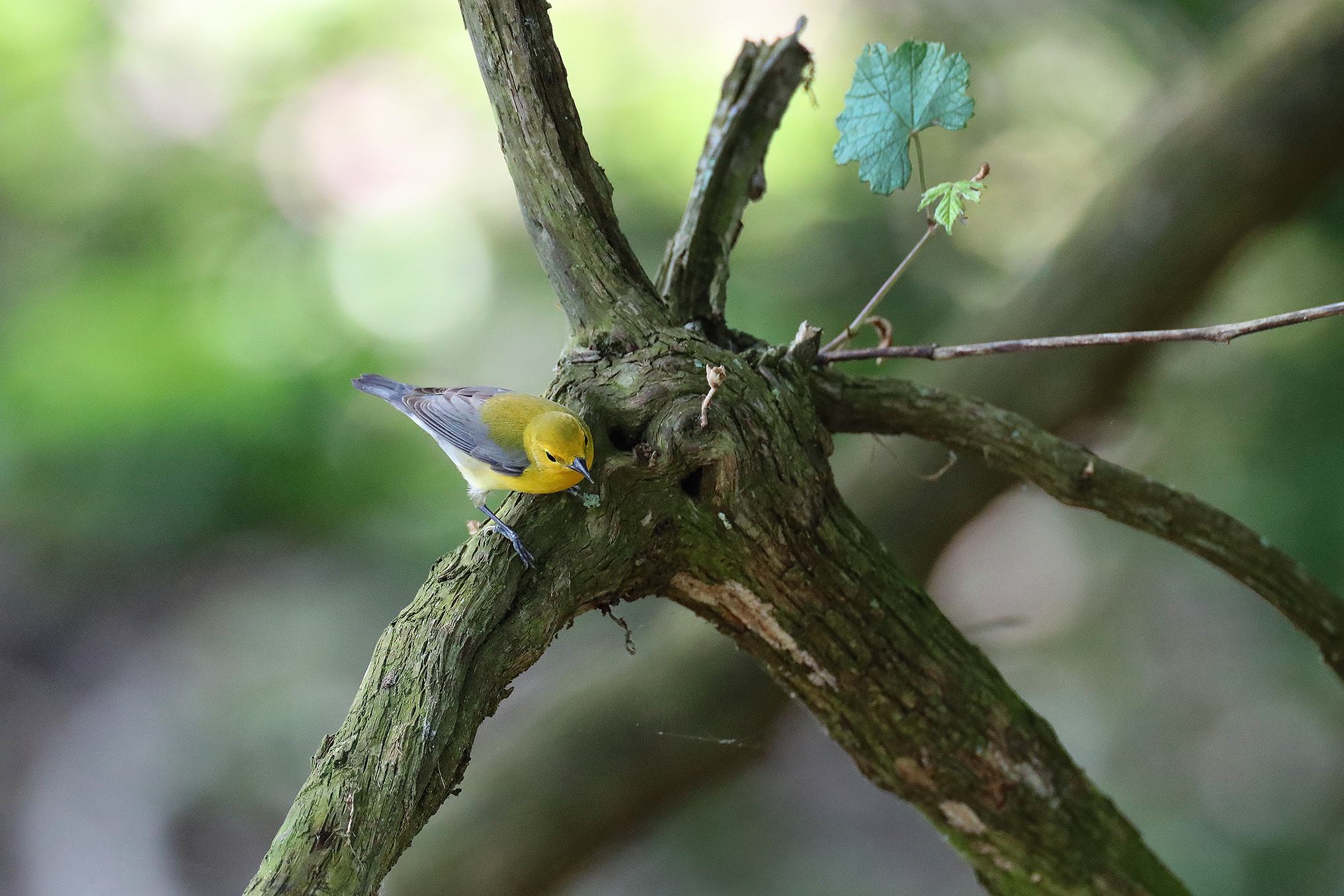
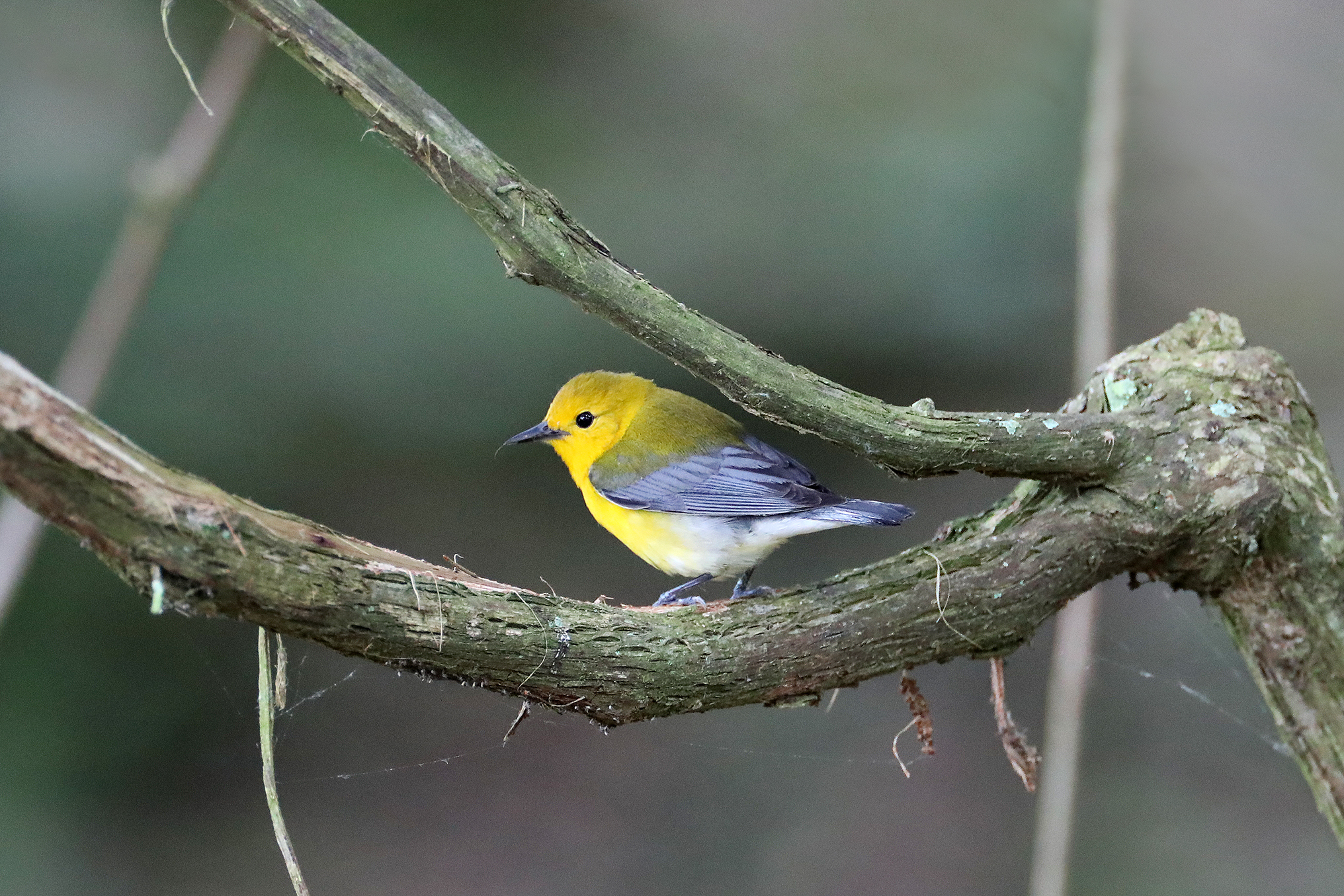
Prothonotary warbler (always gorgeous)
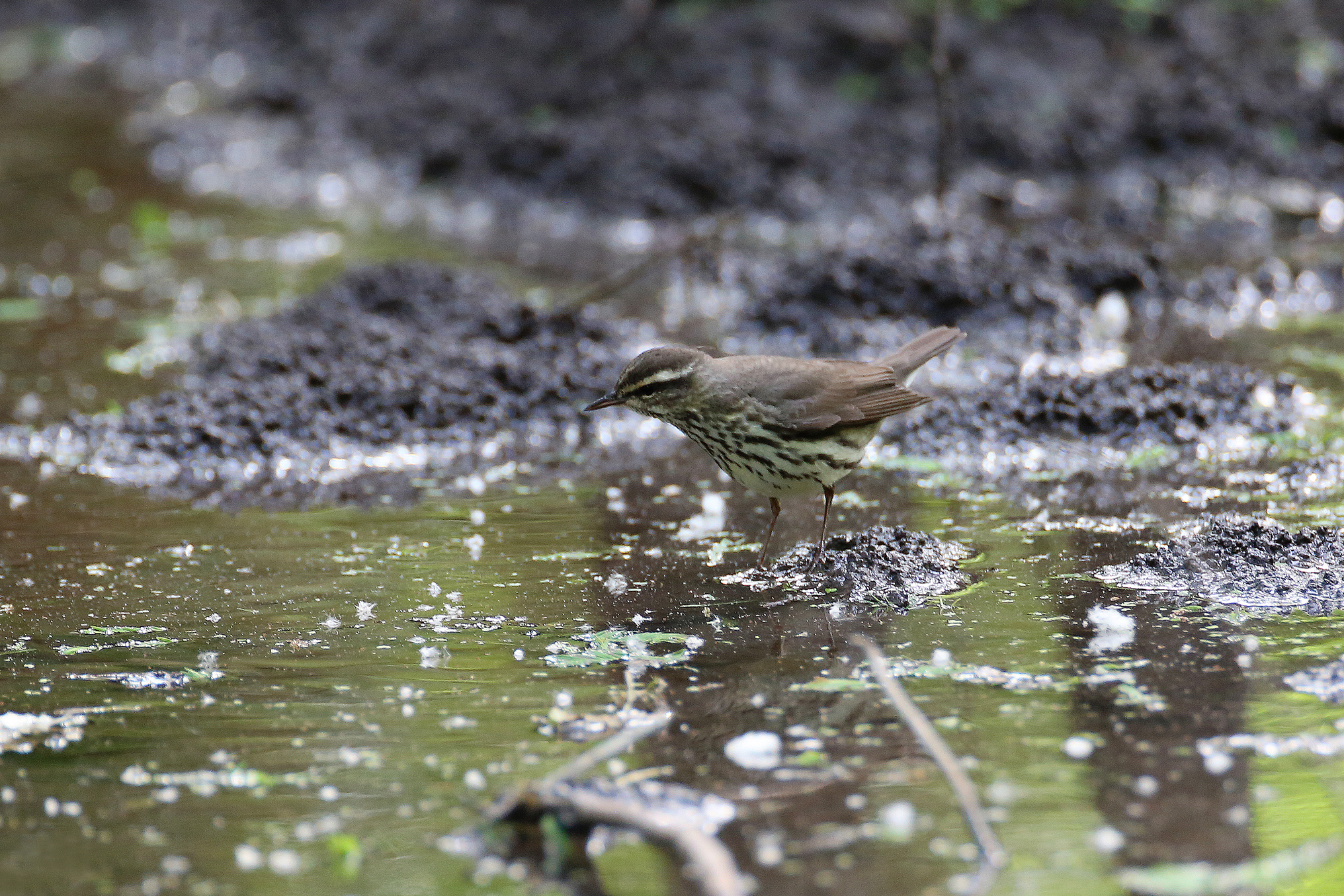
Louisiana waterthrush (It is usually hard to distinguish Northern and Louisiana waterthrush. We saw both. I am confident that this is Louisiana, but I was less sure of other birds.)
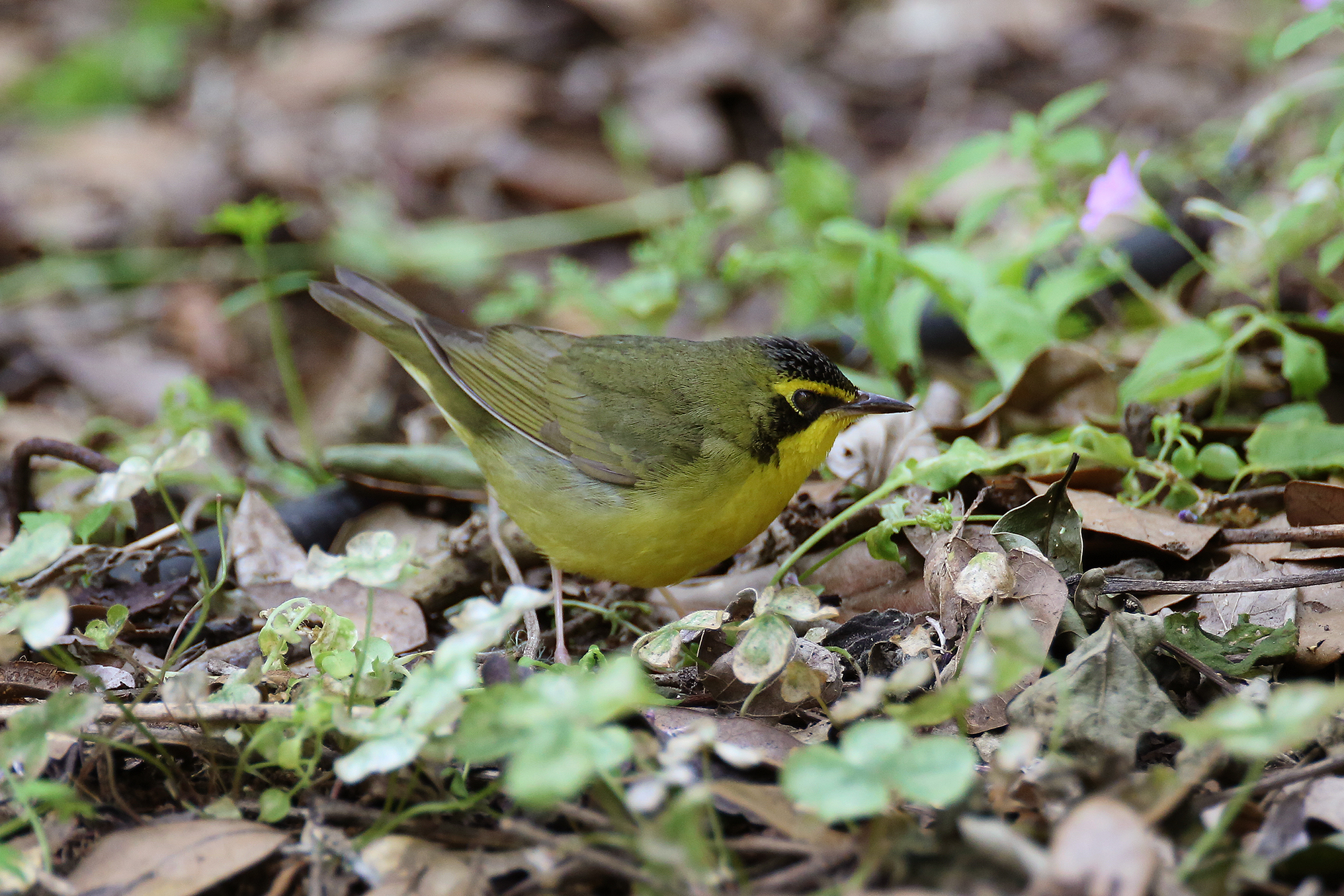
Kentucky warbler
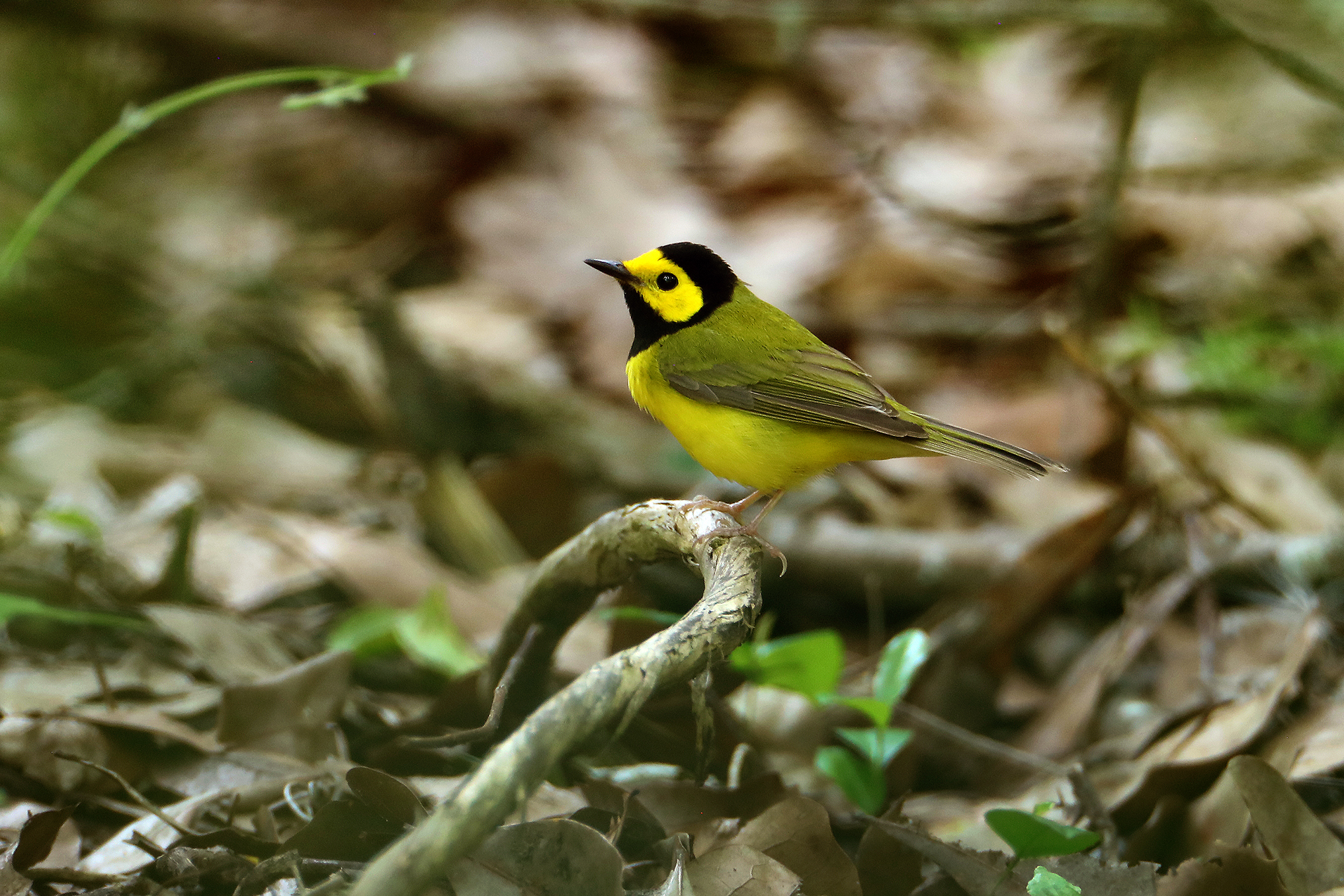
Hooded warbler
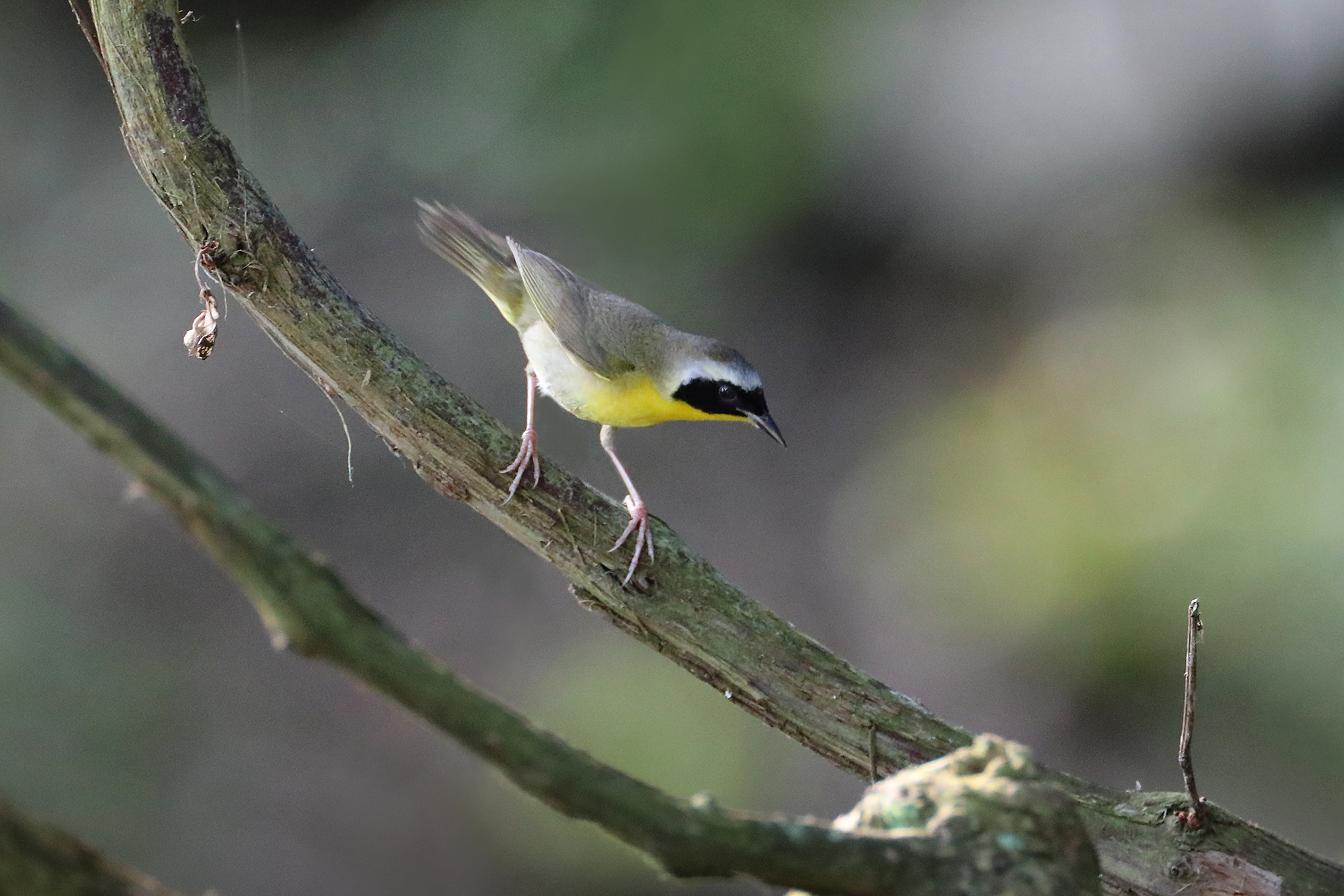

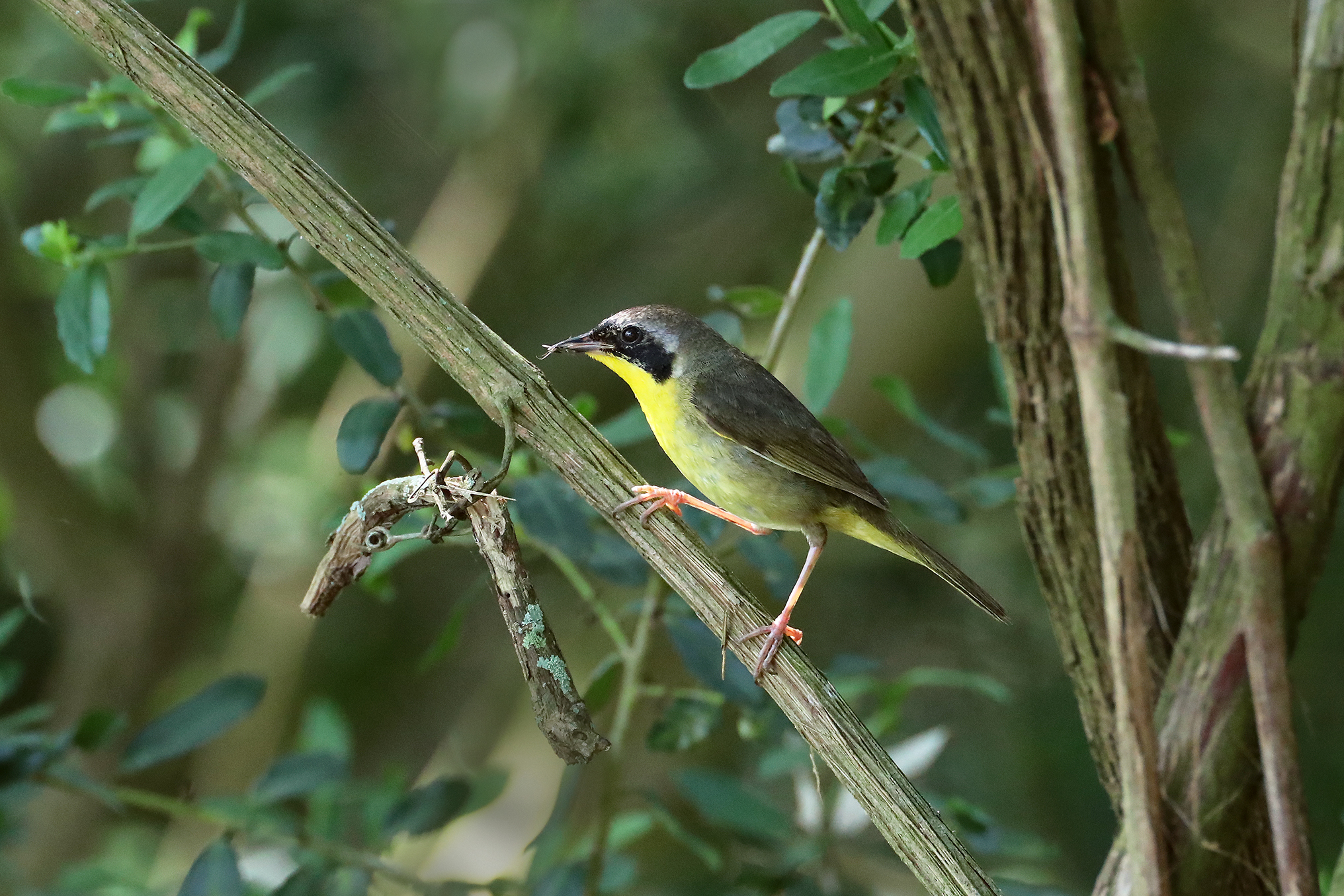
Common yellowthroat
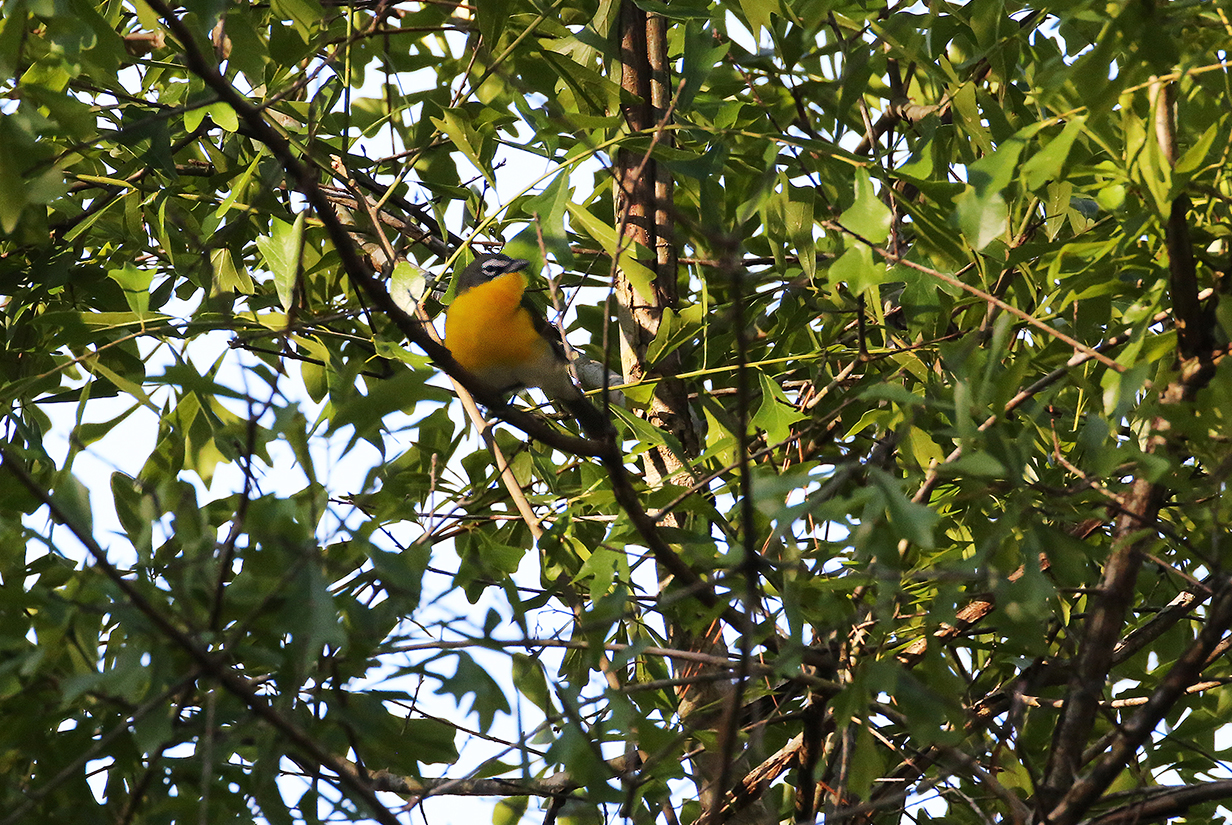
Yellow-breasted chat (I never got a good picture. This is at Sundew Trail, near Big Thicket.)
End of the Warblers
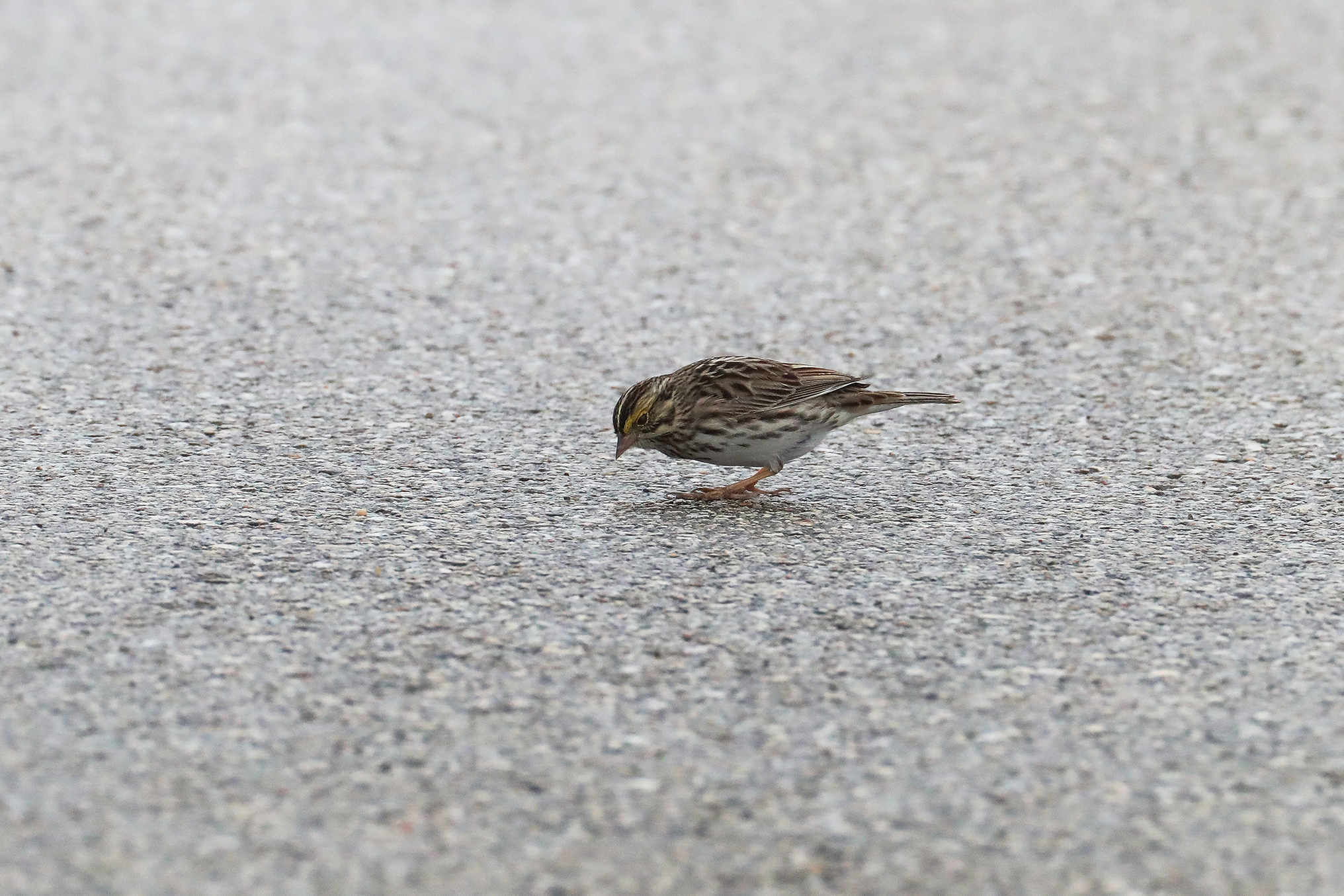
Savannah sparrow
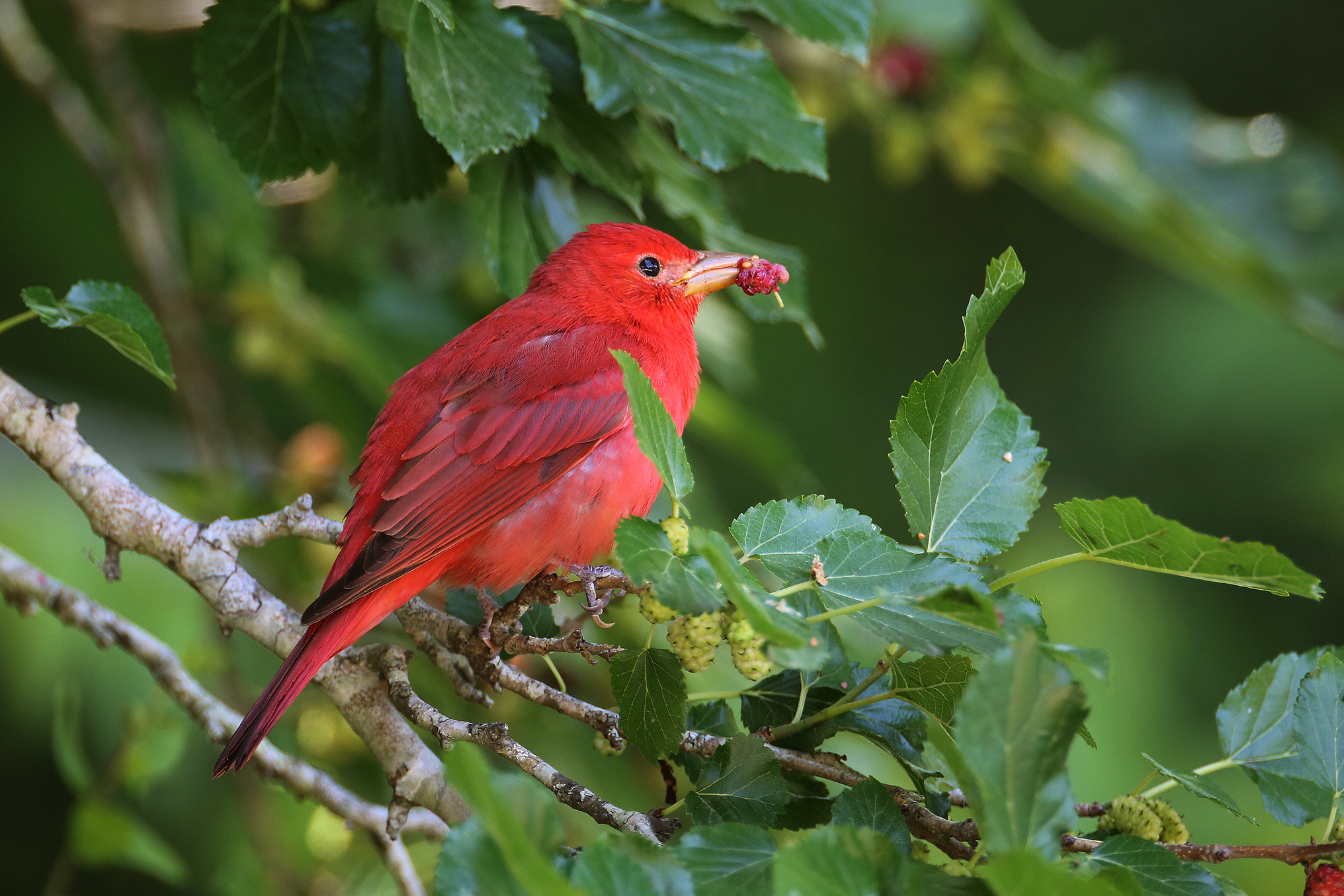
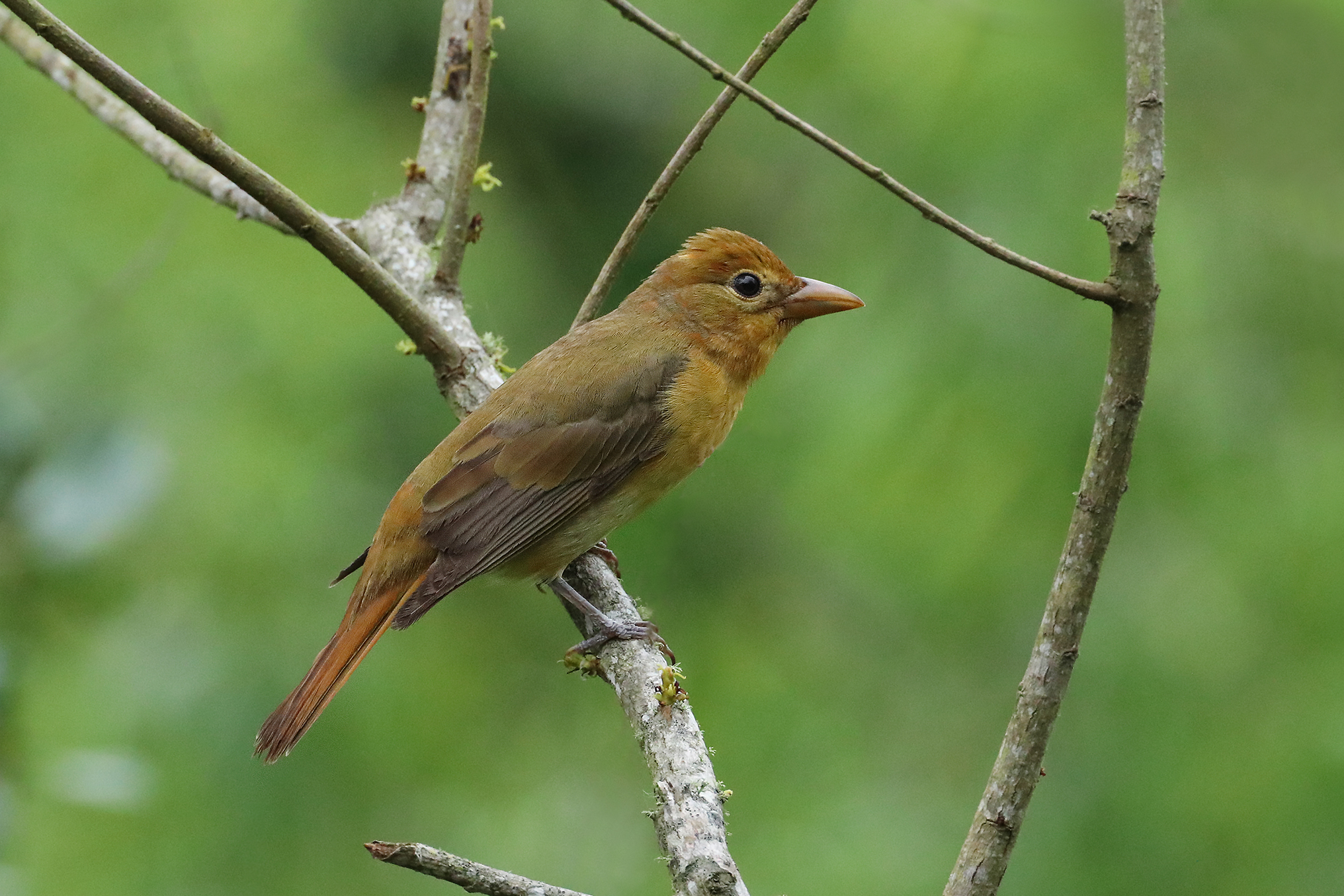
Summer tanager (male above and female below)
Tanagers are "eye candy". Only 4 species come regularly to the USA. In the neotropics, there are about 240 tanagers and closely related species, with almost every color combination imaginable. See especially Ecuador and Brazil in the links at the end of this page.
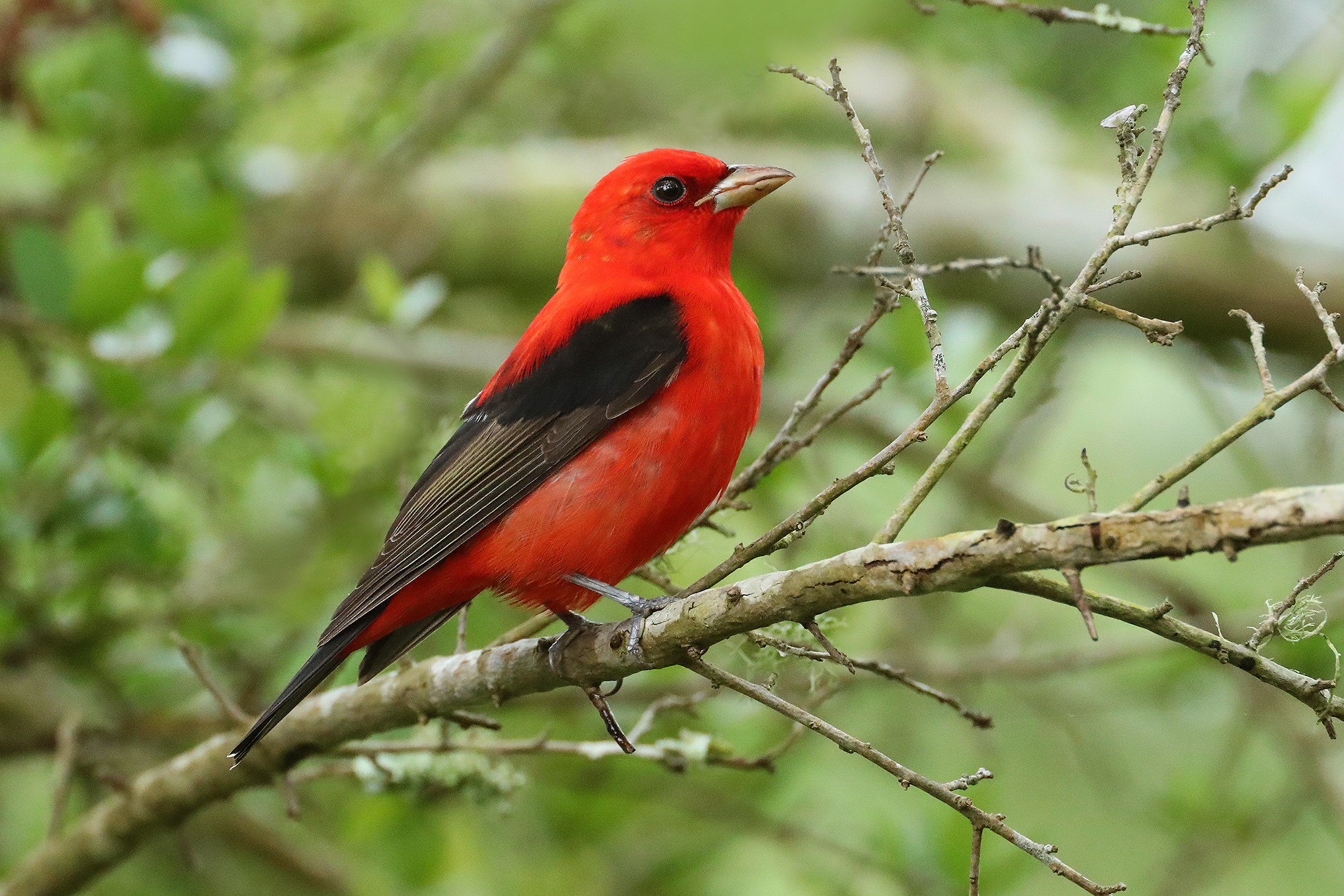
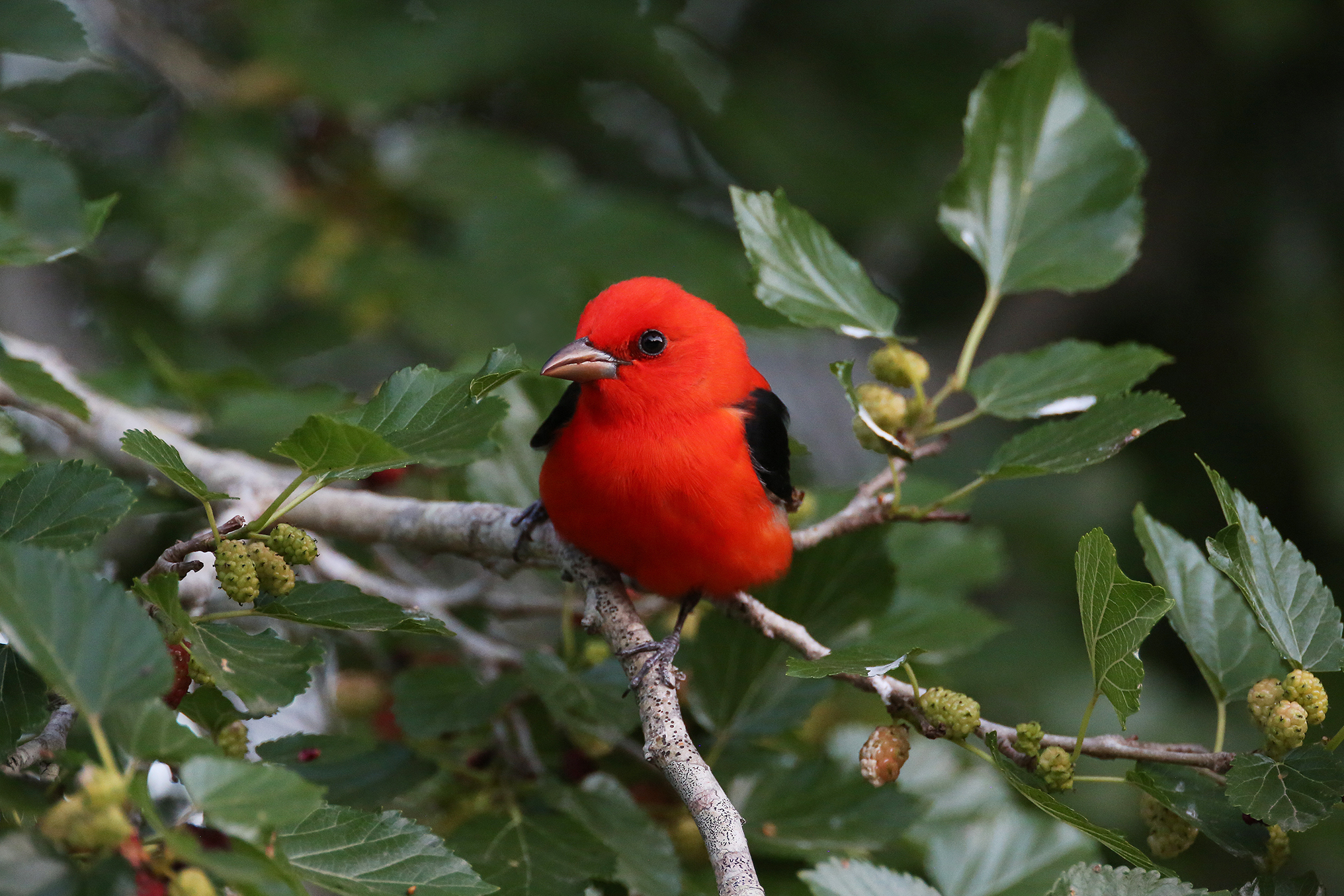
Scarlet tanager (male) (We saw as many as a dozen at a time, gorging on berries at this rest stop on the way north. A few days later, they had almost completely disappeared.)
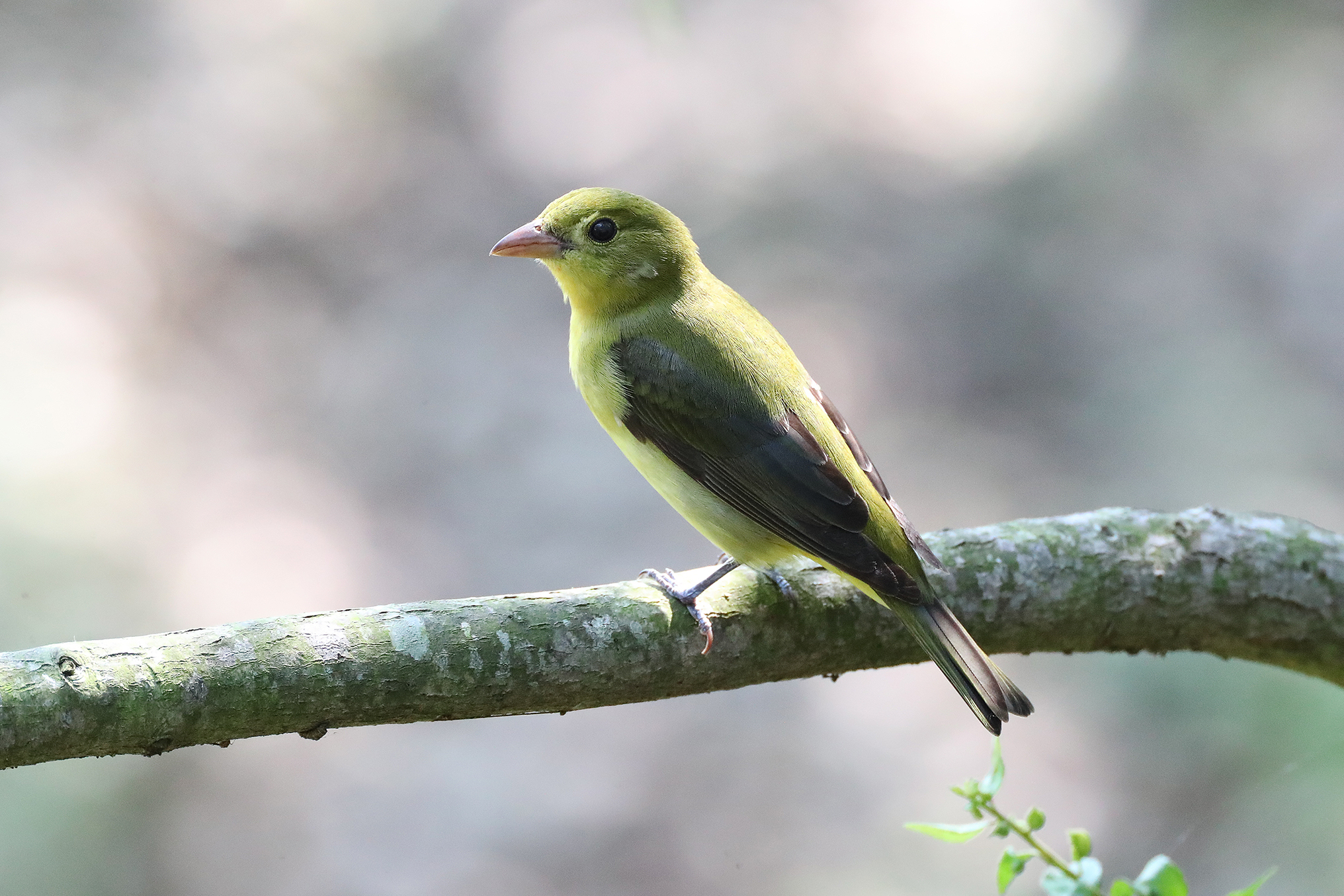

Scarlet tanager (female)
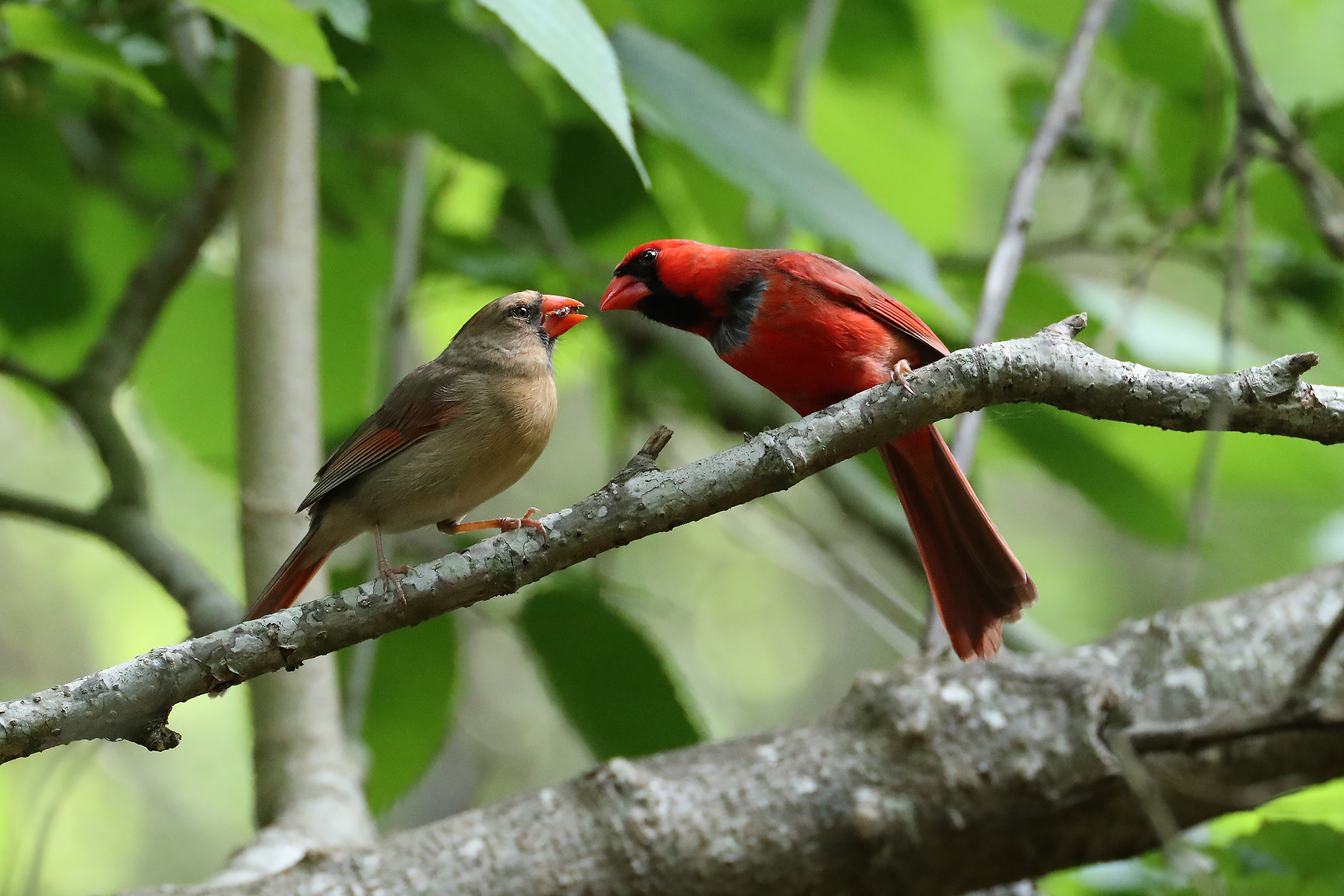
Northern cardinal (Romance was definitely in the air. We saw 3 females sitting on three different nests.)
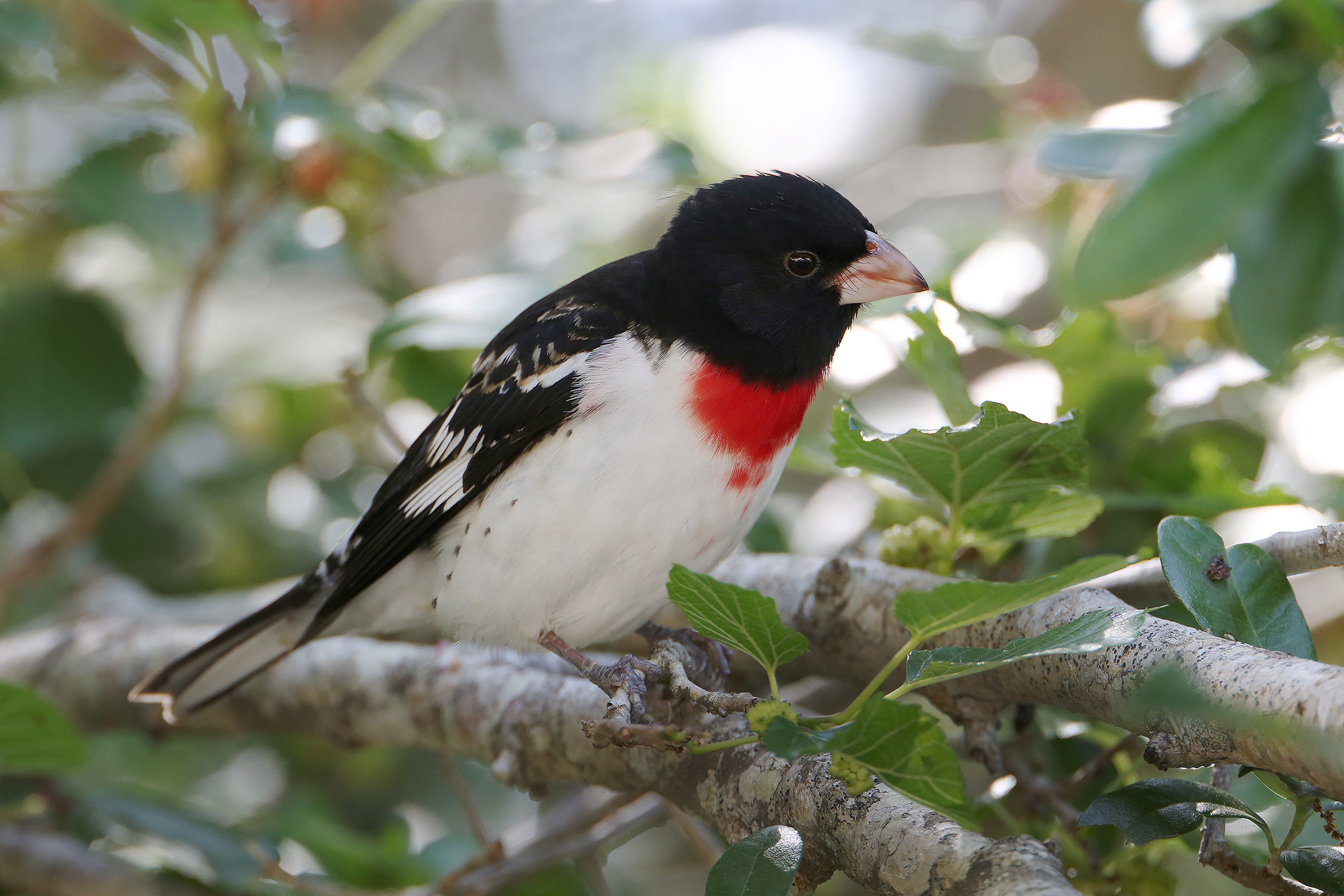
Rose-breasted grosbeak (male - also gorging on berries)
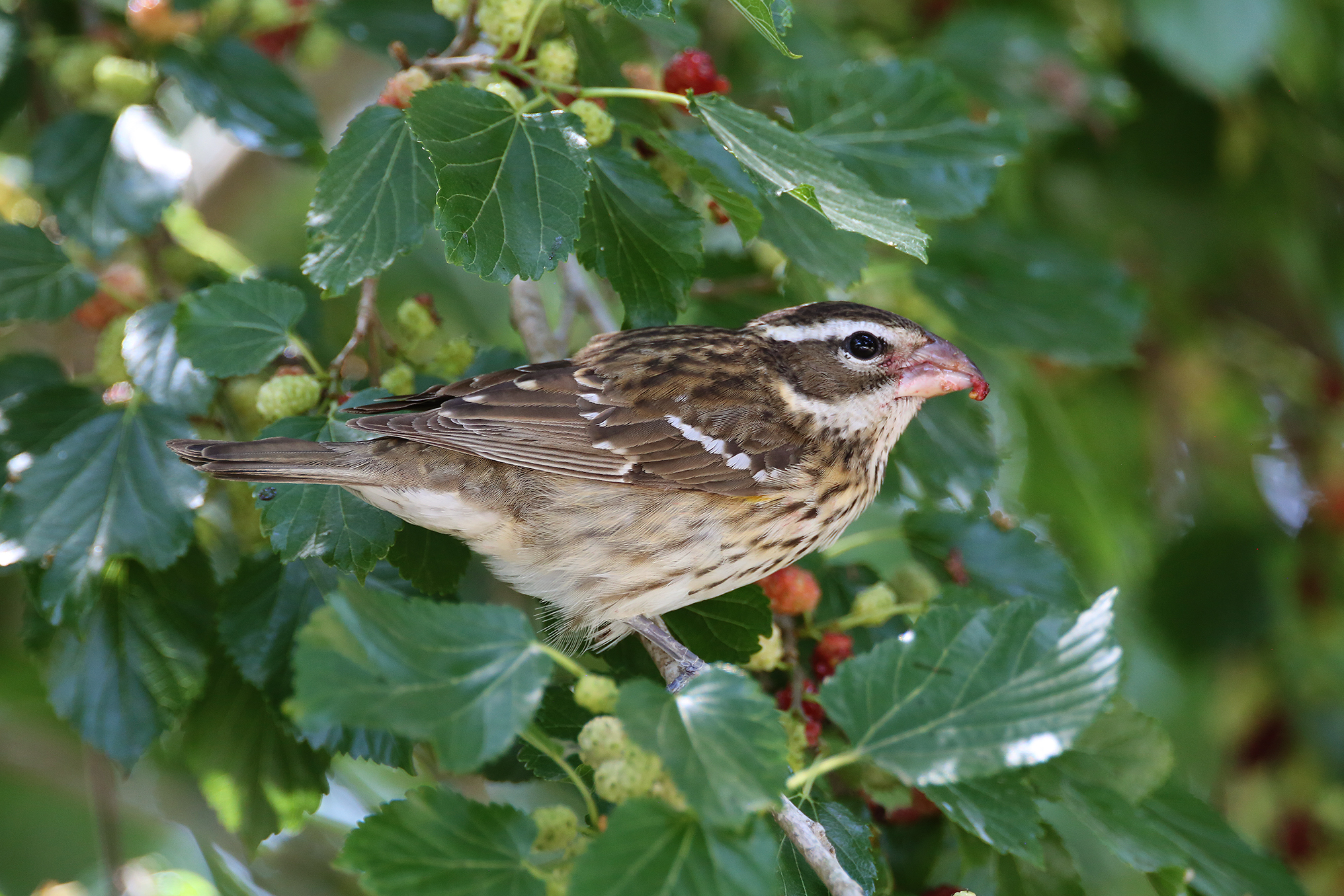
Rose-beasted grosbeak (female)
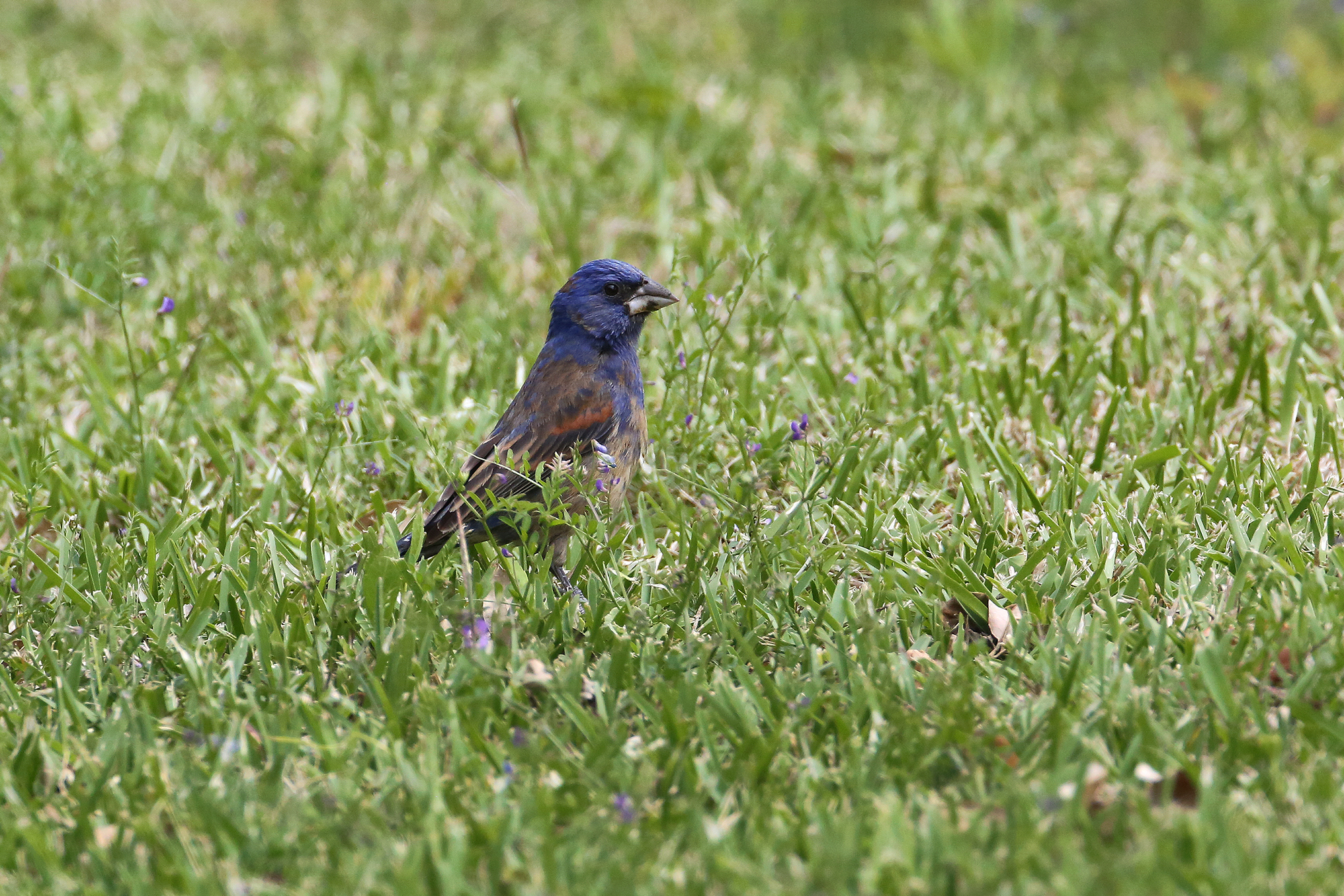
Blue grosbeak (This male is getting his breeding plumage but is not a "babe magnet" yet.)
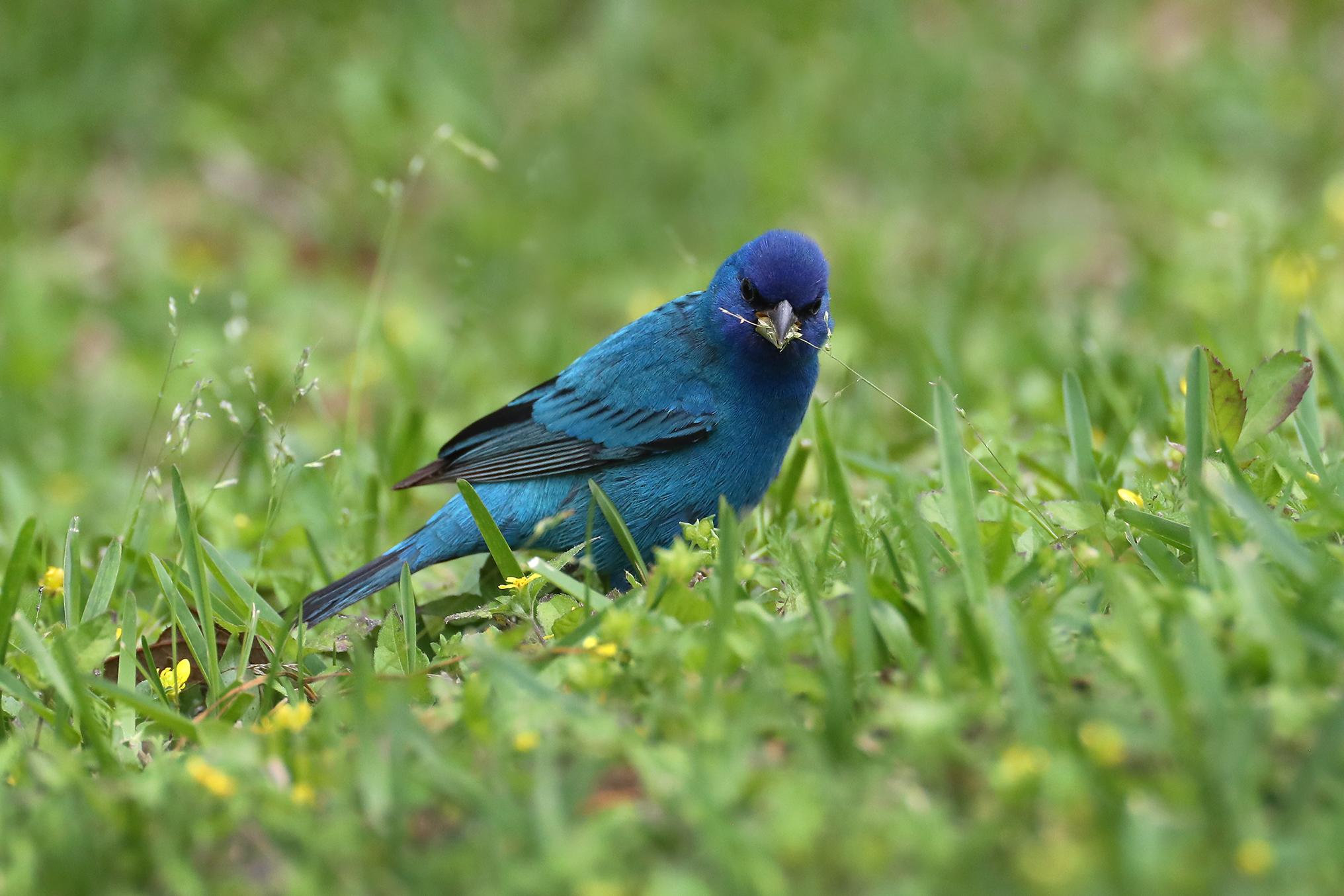
Indigo bunting (This male was part of a flock of about a dozen birds, both male and female. A few days later, they had disappeared farther north.)
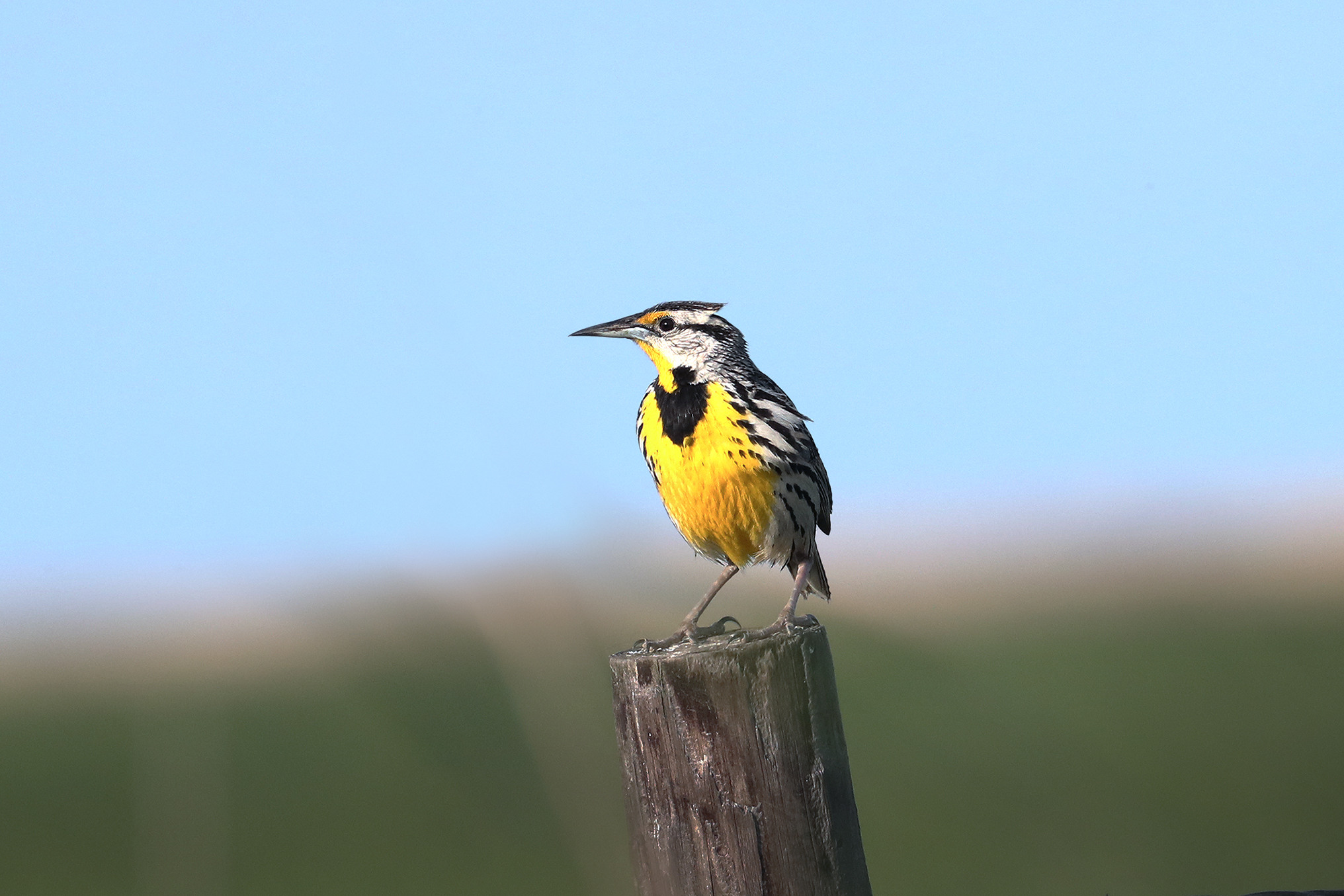
Eastern meadowlark (Anahuac National Wildlife Refuge)
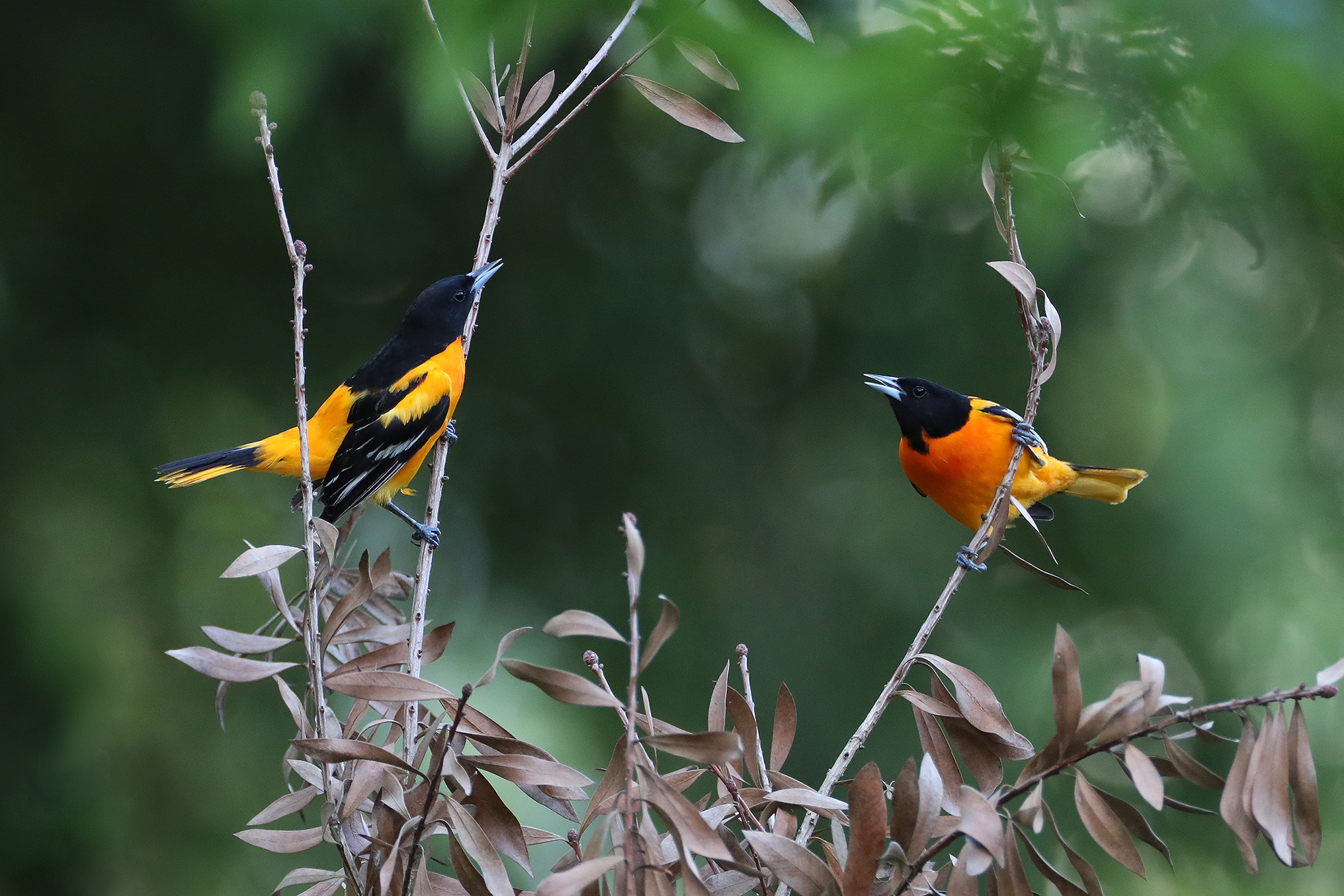
Baltimore orioles (disputing dominance)
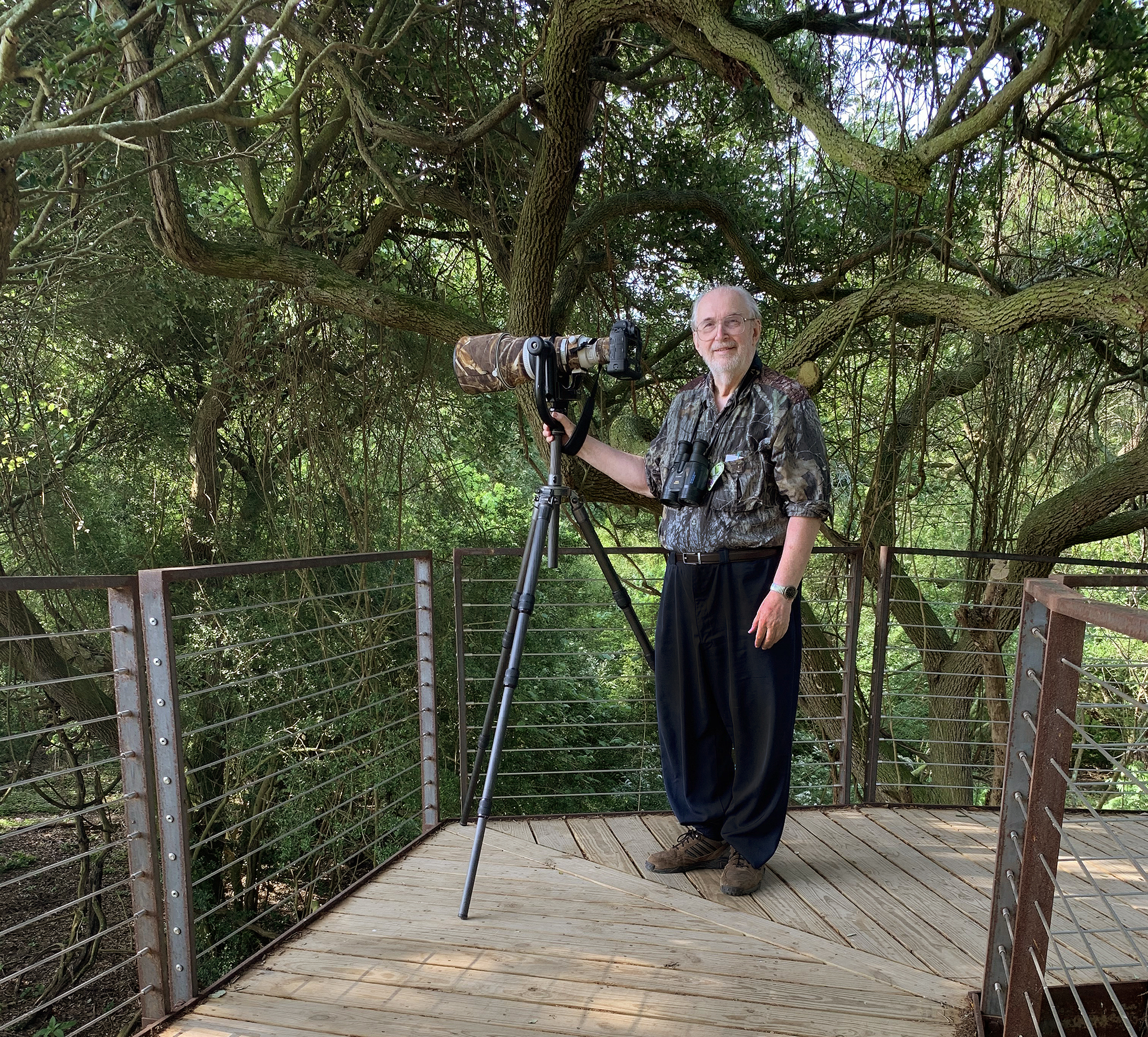
The new canopy walkway at Smith Oaks is transformatively wonderful - it puts us high up, where many warblers come close. It puts us high enough up to be above many of the marauding mosquitoes. Bay-breasted, Prothonotary, and Blackpoll warblers were photographed from exactly this spot.
Carnivorous Plants
We tried 4 times to see Bachman's sparrow and Prairie warbler in Big Thicket National Preserve, NE of High Island. We did not succeed. The timing was poor for Bachman's sparrow -- they were probably already nesting and therefore secretive. We probably got to see Prairie warbler in the longleaf pine forest at Sundew Trail, but they were so high up that we did not get takeably good looks before we ran out of time and good weather. But we did get to see two carnivorous plants, and that was a highlight of the trip:
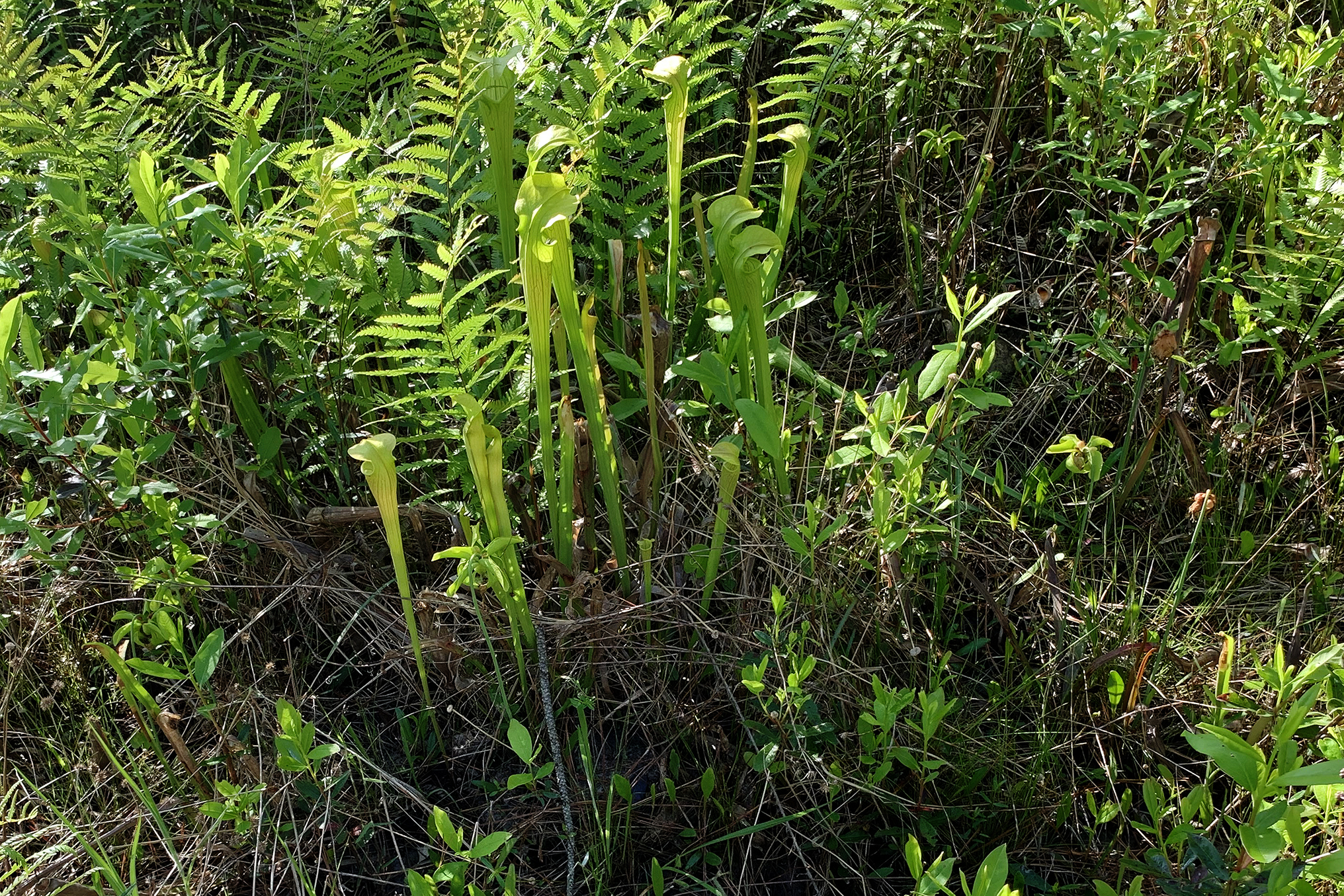
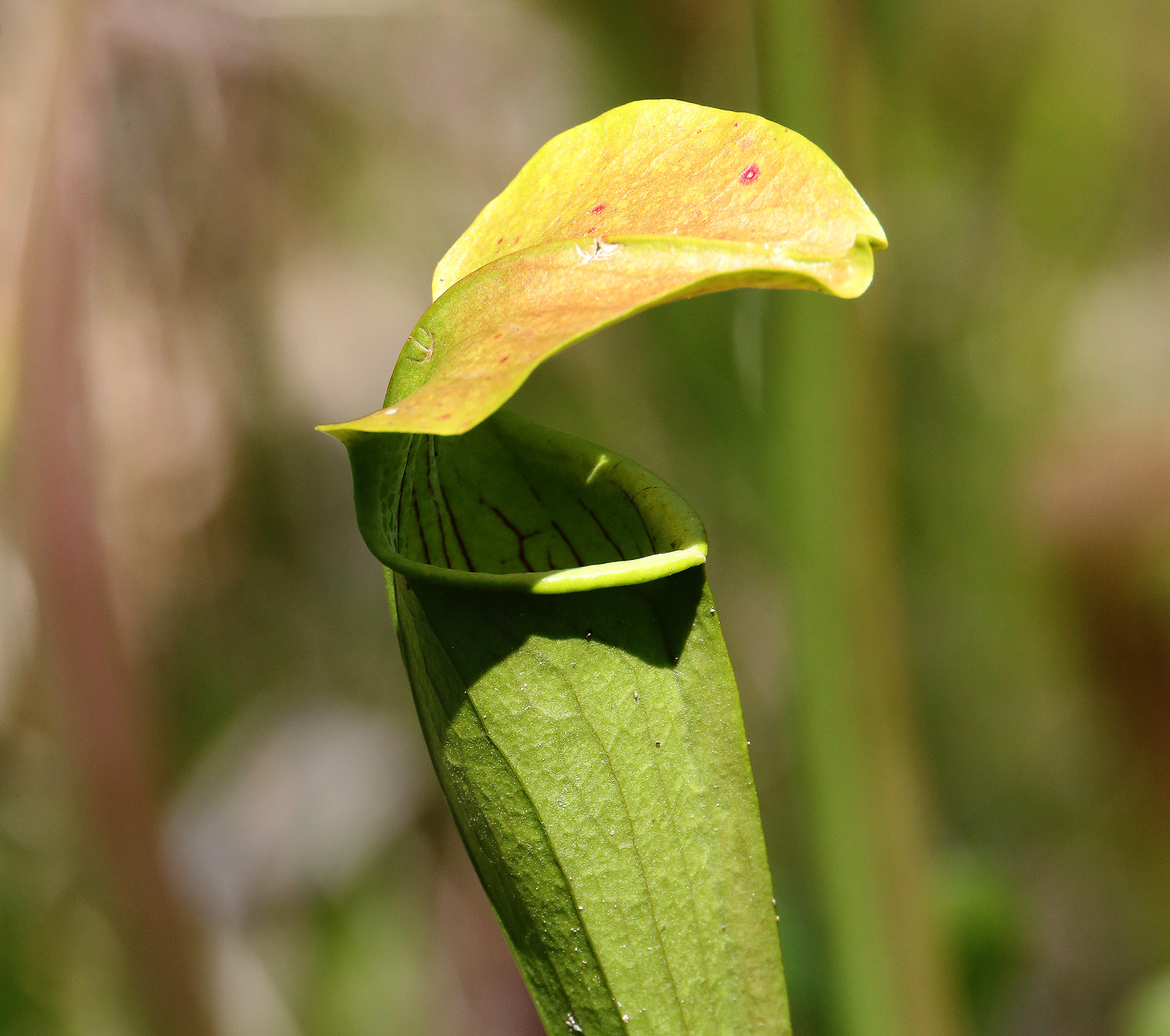
Pitcher plants (Sundew Trail, Big Thicket National Preserve)
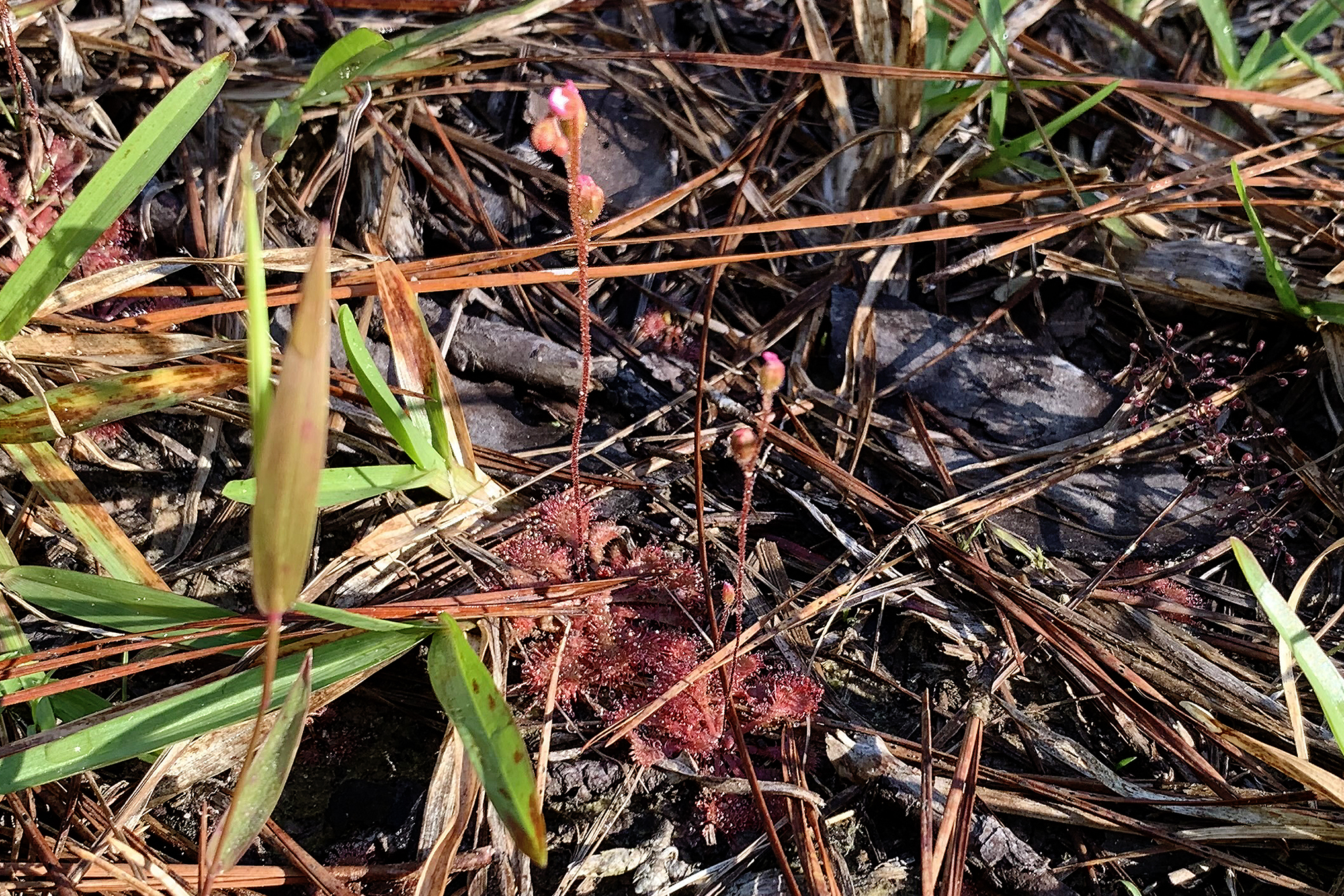
Sundew plants (Sundew Trail, Big Thicket National Preserve)
Our bird pictures from around the world follow standard ecozones approximately but not exactly:
Birds from the USA and Canada: our house, Hornsby Bend and greater Austin, Texas, California, Hawaii, Canada,
Neotropic birds from Central America and the Caribbean: Honduras, Costa Rica, Panama, Trinidad and Tobago
Neotropic birds from South America: Ecuador, Ecuador 2017, Brazil.
Western palearctic birds: Europe: Germany, Finland, Norway, Europe: United Kingdom, Europe: Spain, the Canary Islands, Europe: Lesbos, Greece, Israel
Eastern palearctic birds: China
Birds from Africa: The Gambia, South Africa
Indo-Malayan birds from India: North-west (Delhi, Uttar Pradesh, Uttarakhand) India: North-east (Assam, Arunachal Pradesh, Meghalaya) India: Central (Maharashtra, Madhya Pradesh)
Birds from Australia, New Zealand.
For our 2014 December trip to India, see this travelog.
For our 2016 May-June trip to India, see this travelog.
For our 2017 April trip to High Island, Texas, see this web site.
For our 2018 March trip to India, see this travelog.
For our 2018 May trip to China, see this travelog.
For our 2018 November trip to China, see this travelog.
For our 2019 April trip to High Island, Texas, see this web site.
For our 2019 July trip to China, see this travelog.
For our 2021 April trip to High Island, Texas, see this web site.
For our 2021 December trip to Ecuador, see this web site.
For our 2022 January trip to Peru, see this web site.
For our 2022 July-August trip to Australia and Papua New Guinea, see this web site.
For our 2022 September trip to Bolivia, see this web site.
For our 2022 November-December pre-trip to Argentina (before our Antarctic cruise), see this web site.
For our 2022 November-December cruise to Antarctica, see this web site.
For our 2023 January birding in Chile, see this web site.
For our 2023 January-March cruise from Chile to Antarctica and around South America to Miami, FL, see this web site.
For our 2023 March-April birding in south Florida (after the Seabourn cruise), see this web site.
For our 2023 November-December birding to Sri Lanka, the Andaman Islands, and South India, see this web site.
For John's 2024 February-March birding in Colombia, see this web site.
For our 2024 May-June cruise from Iceland to Jan Mayen Island to and around the Svalbard Archipelago, see this web site.
For our 2024 June 25-30 stay in Paris, see this web site.
For our 2025 April 21 - May 3 trip to High Island, Texas, see this web site.